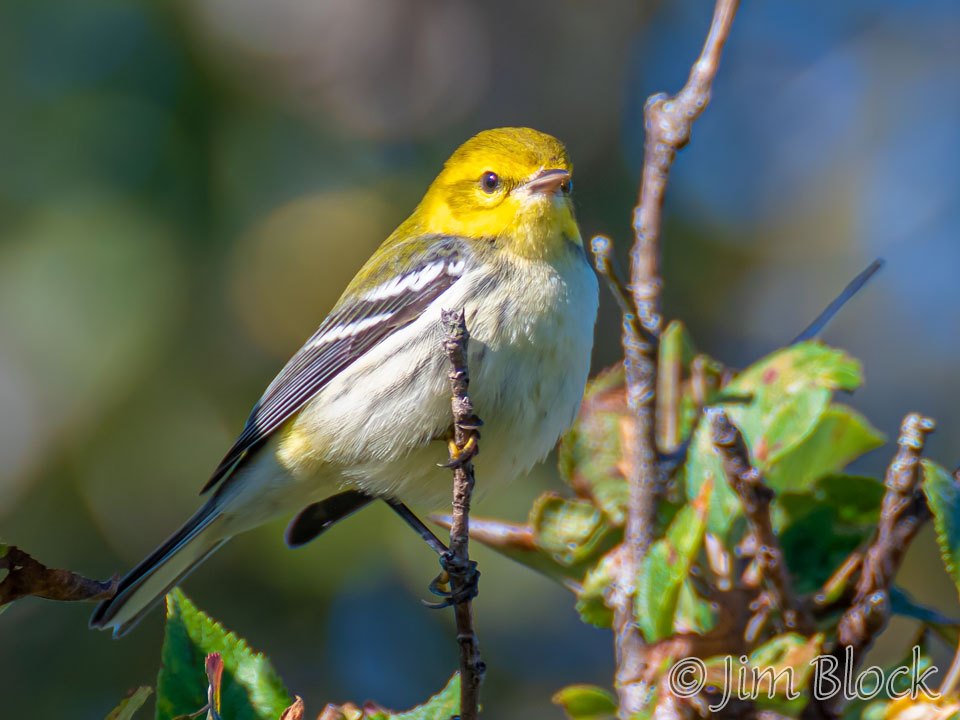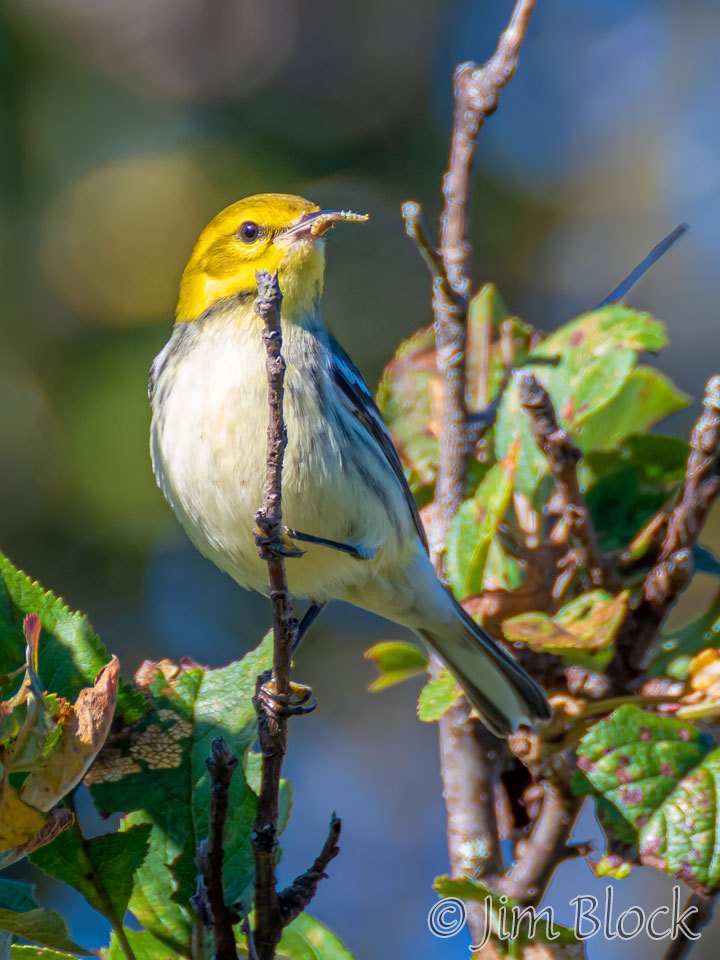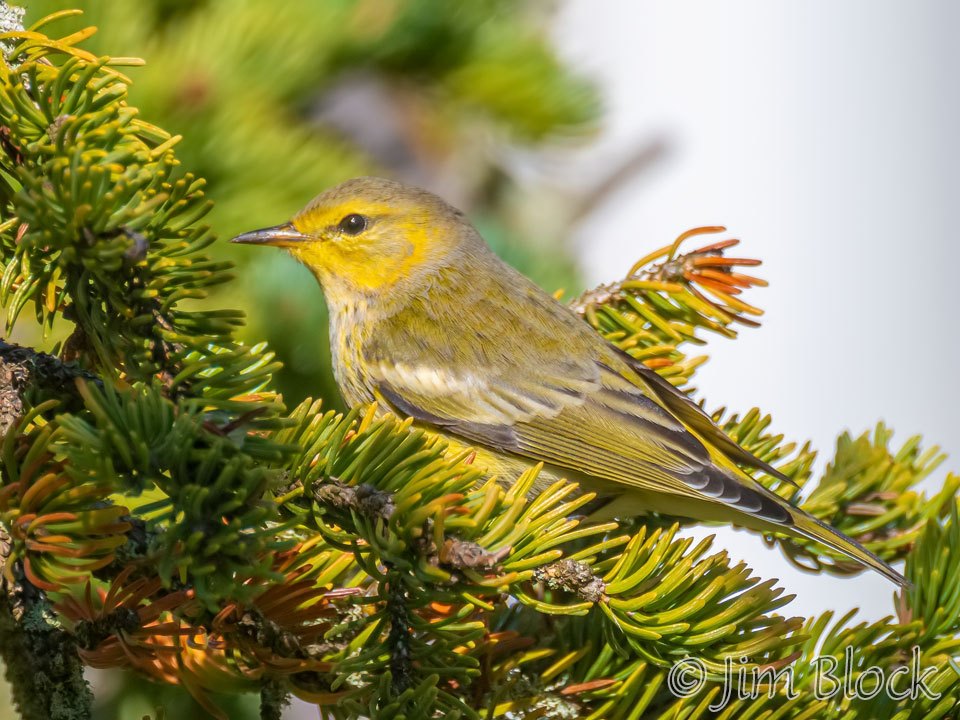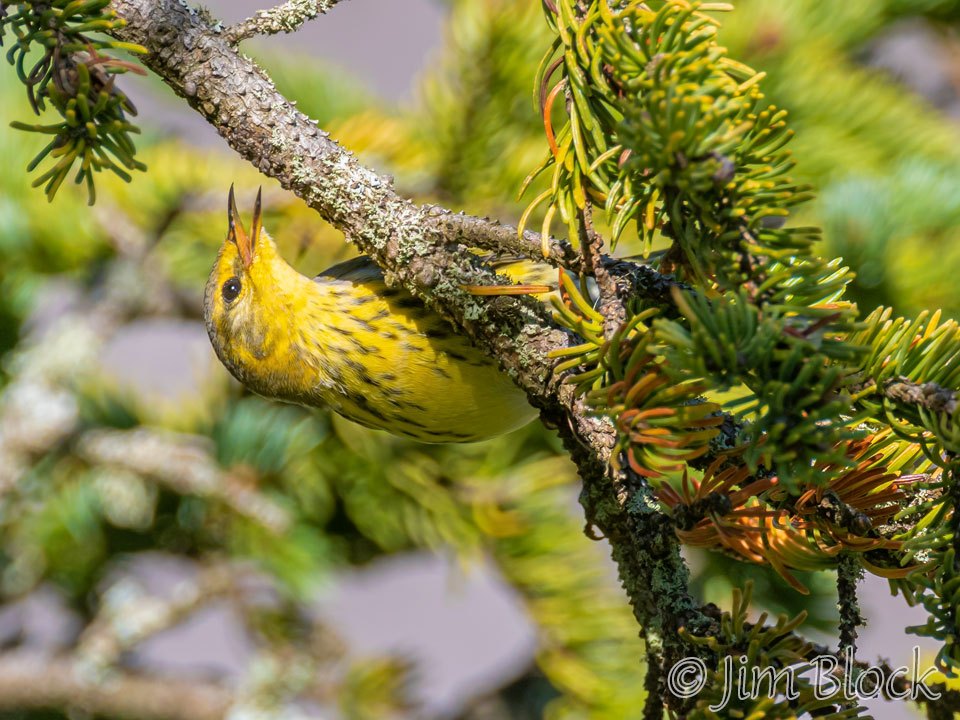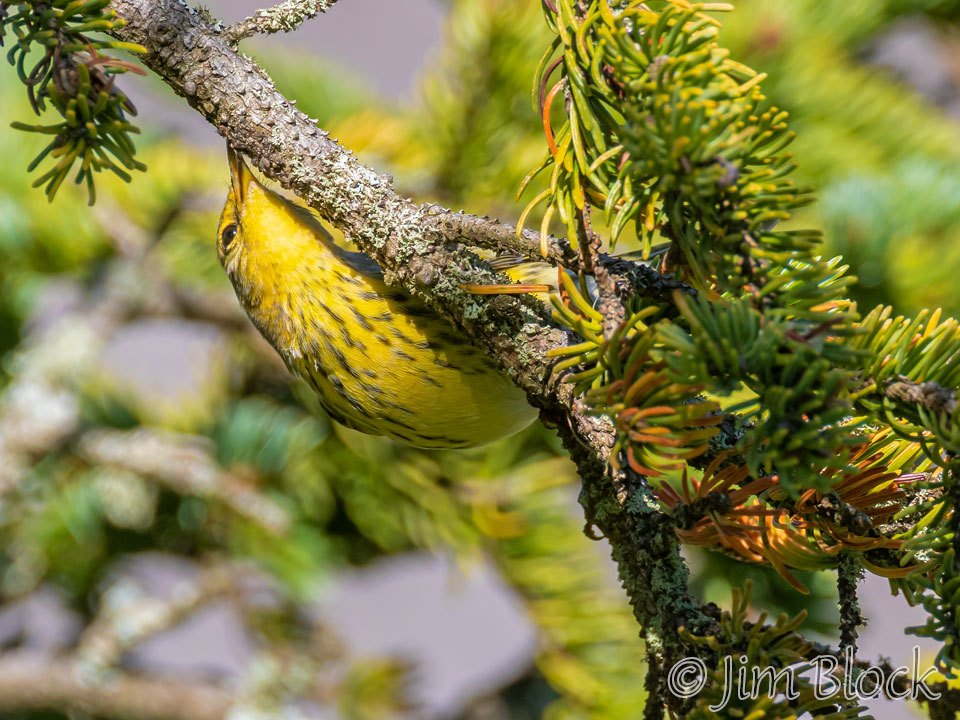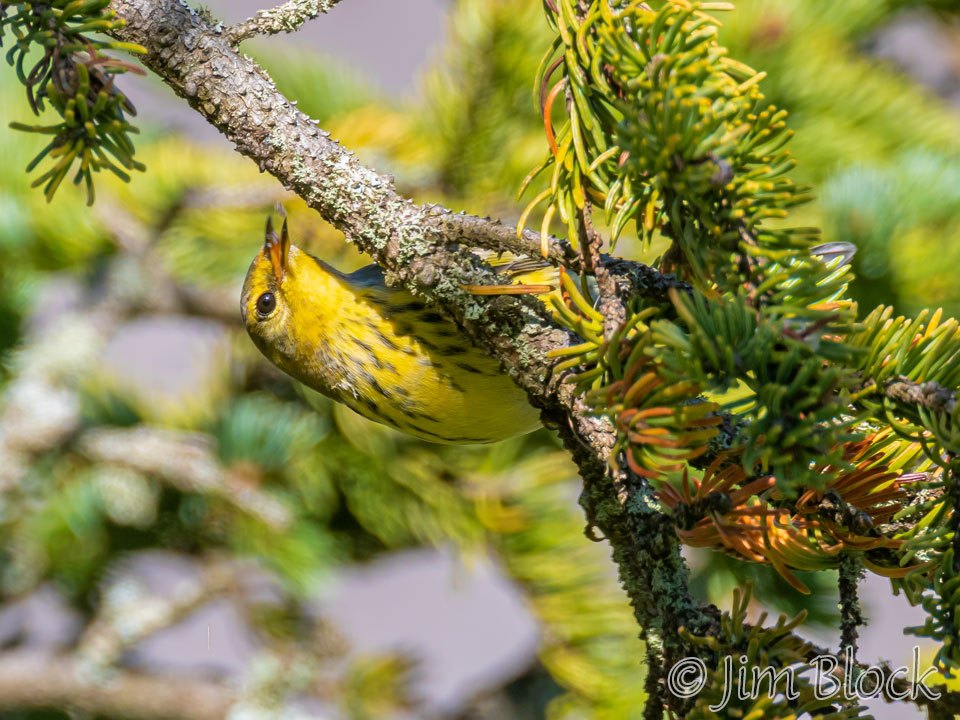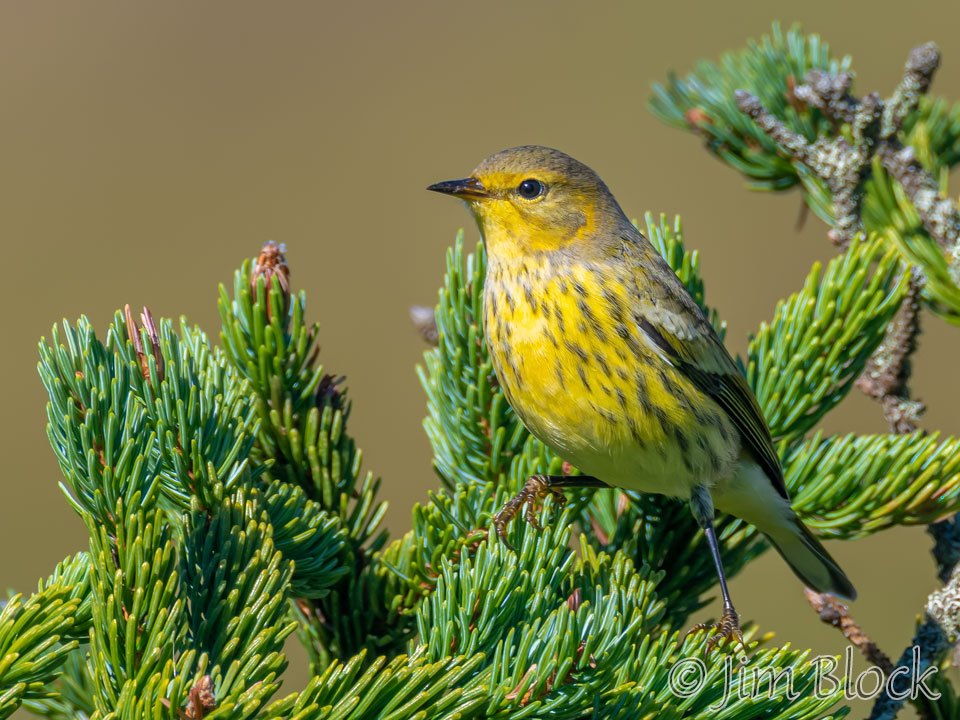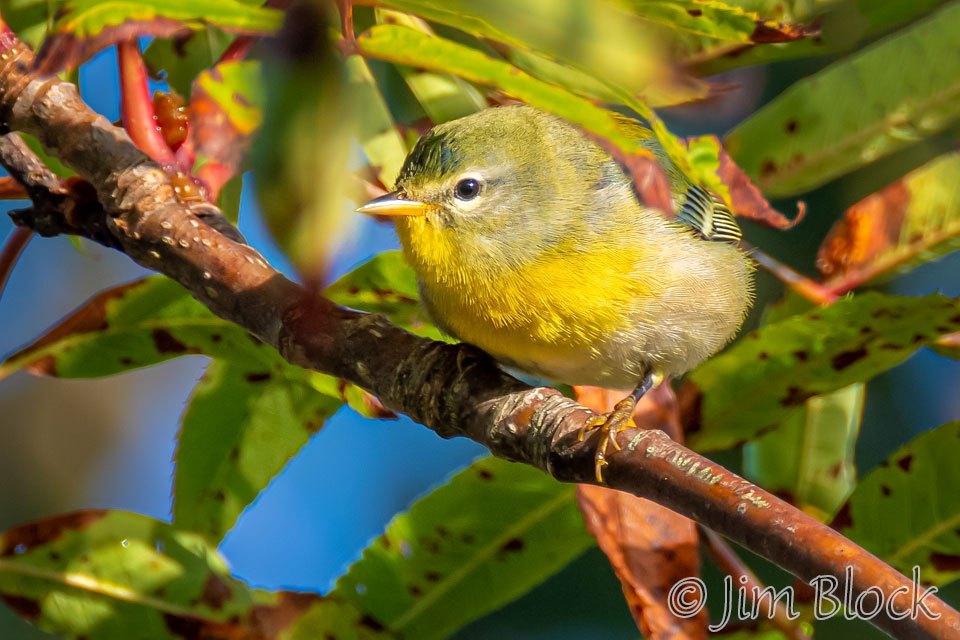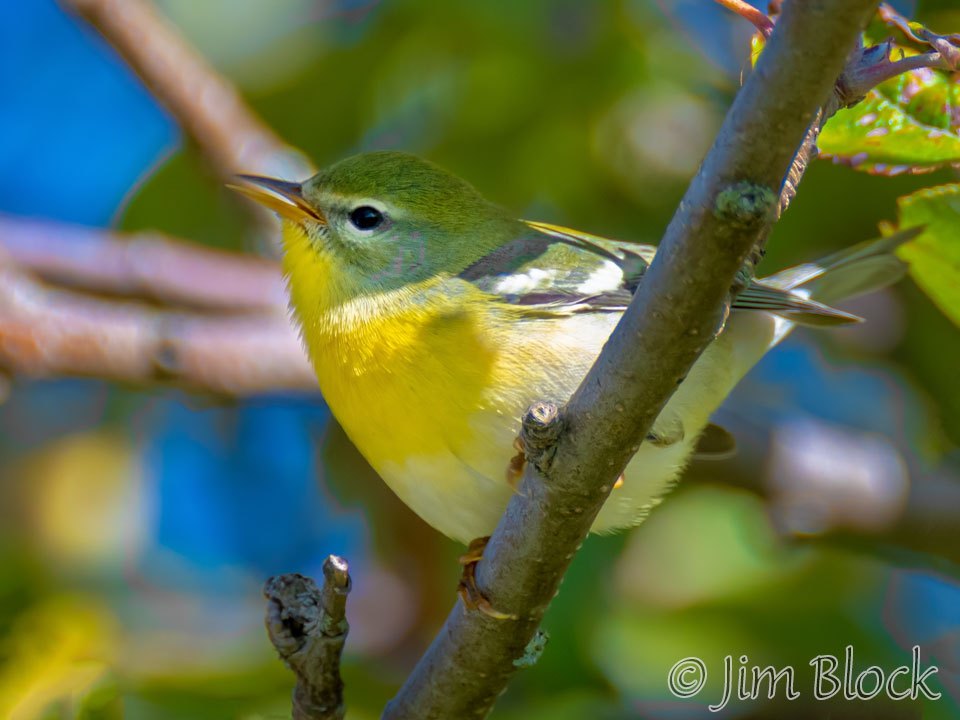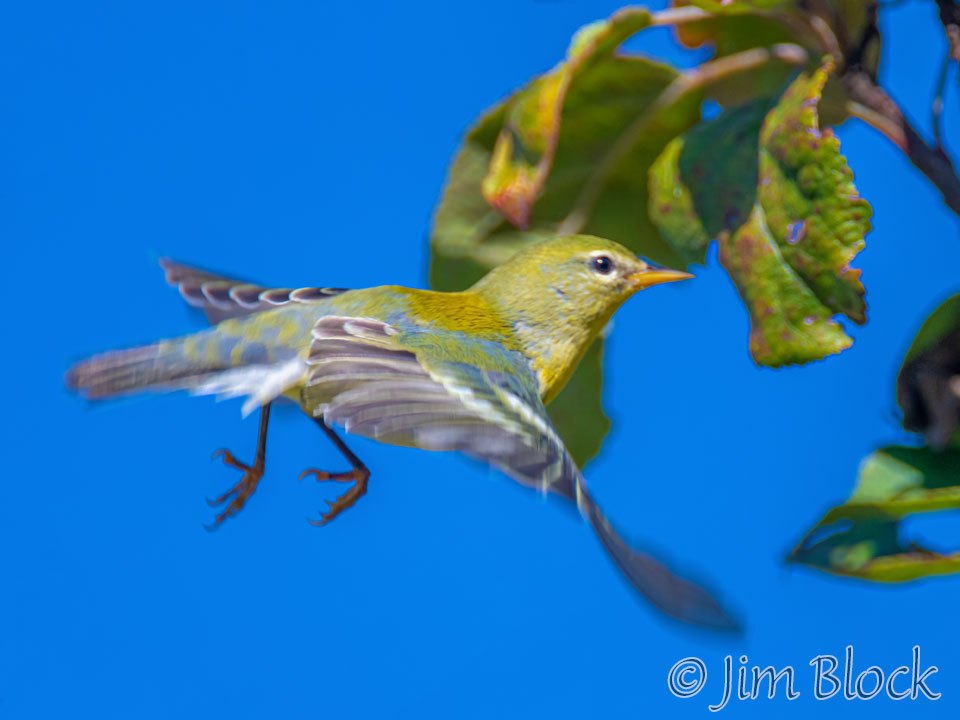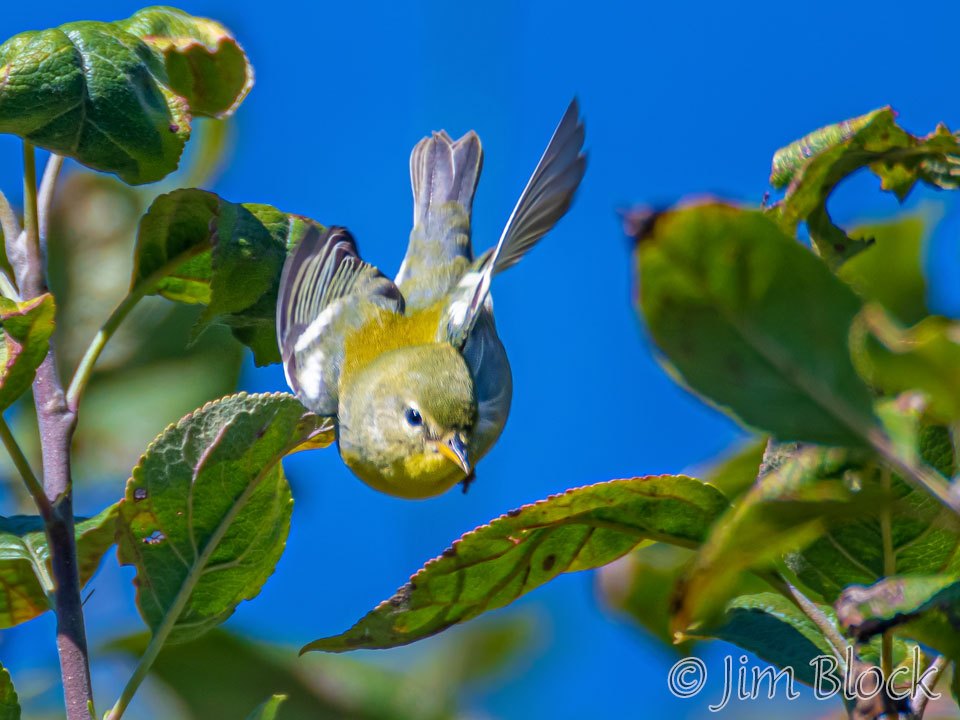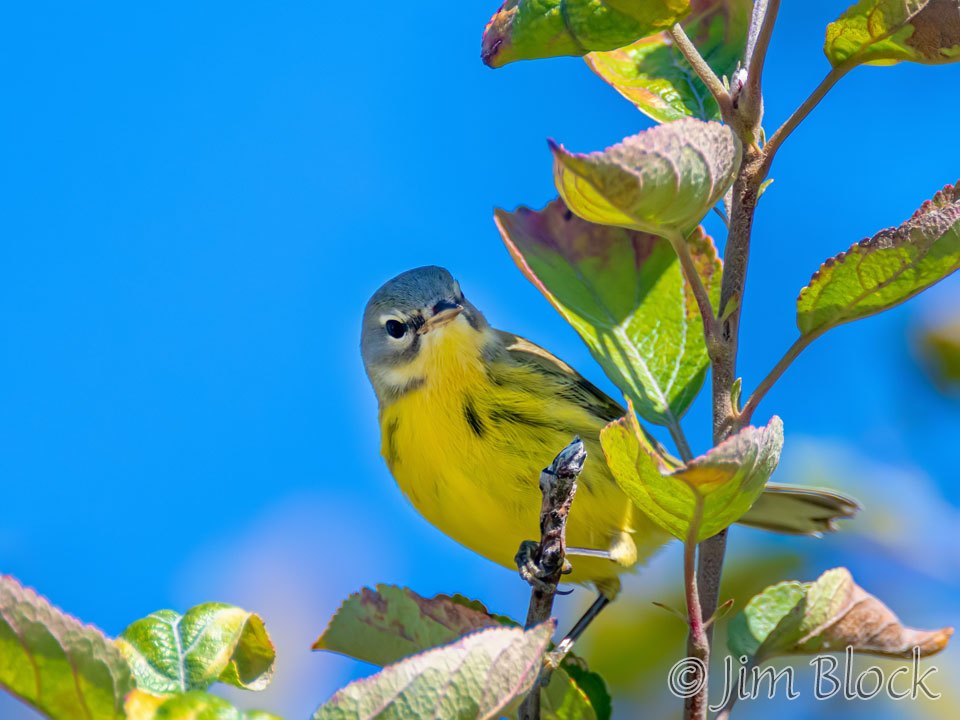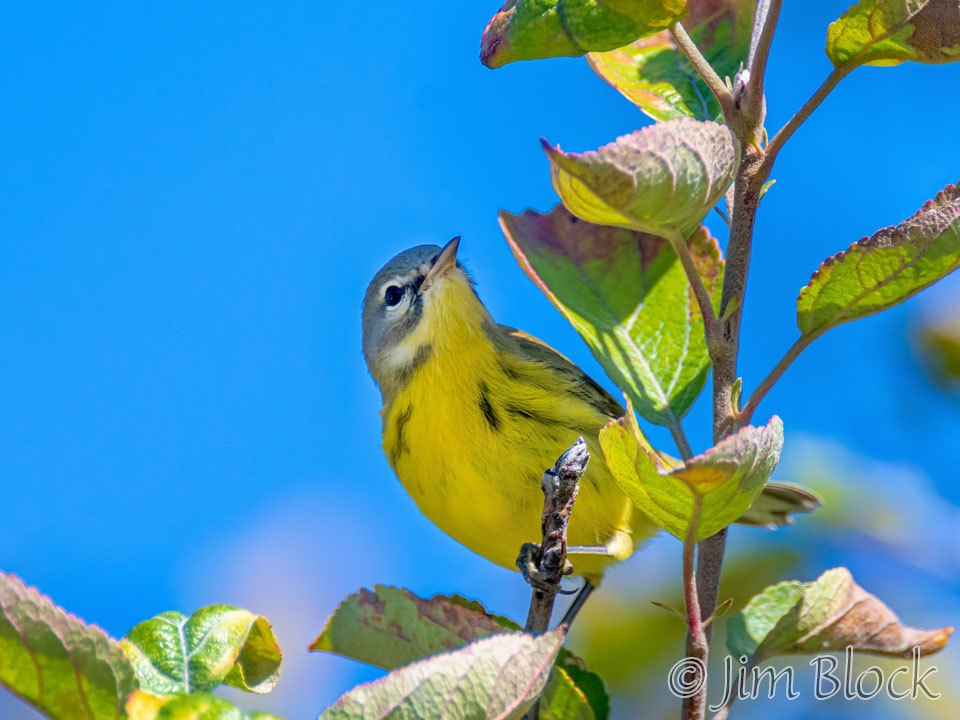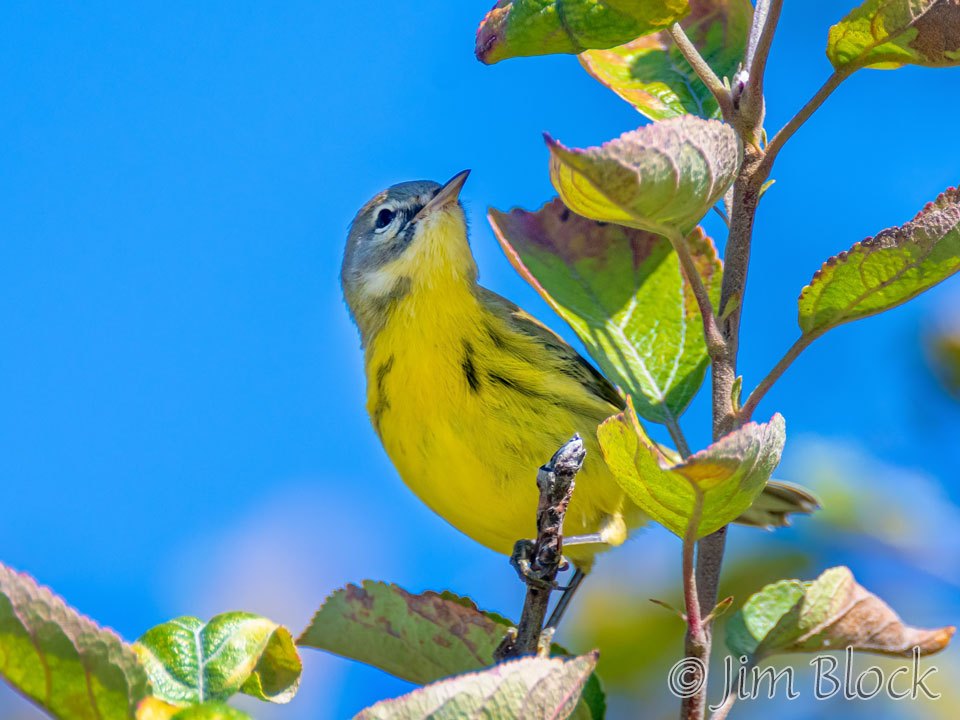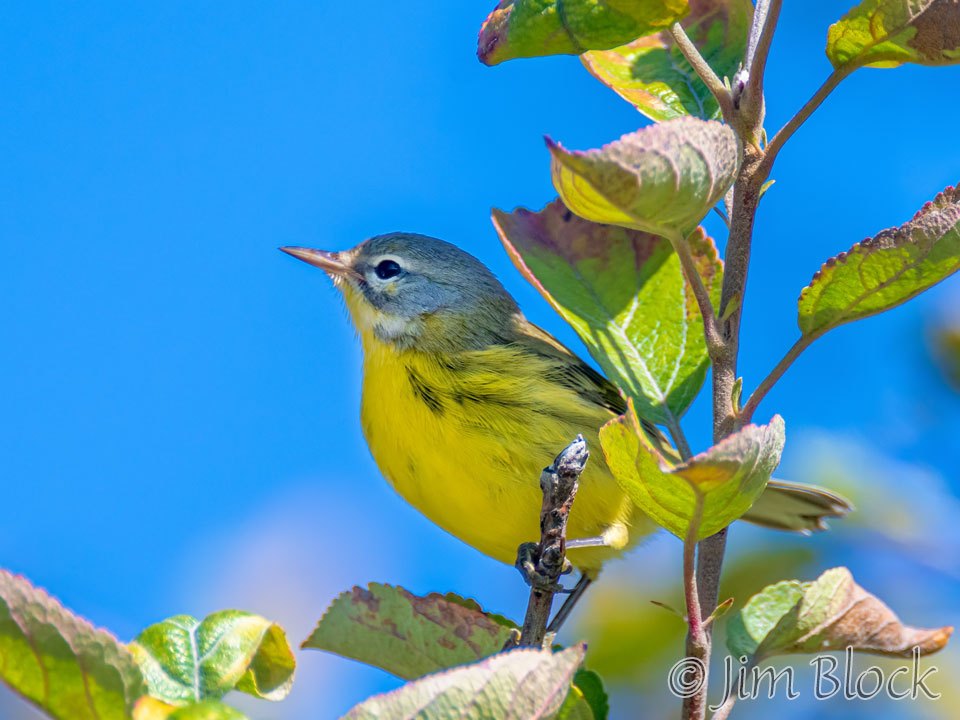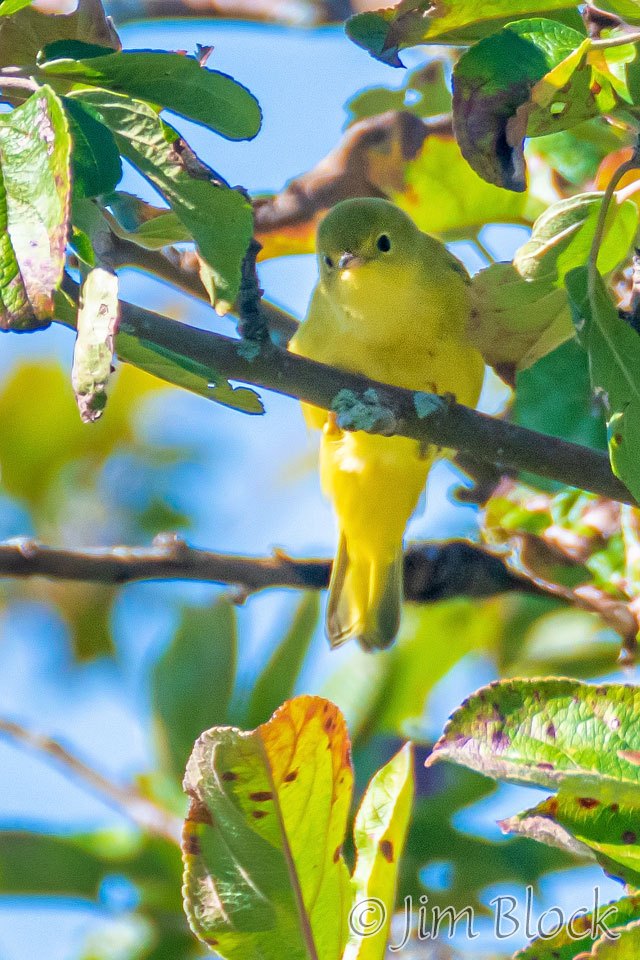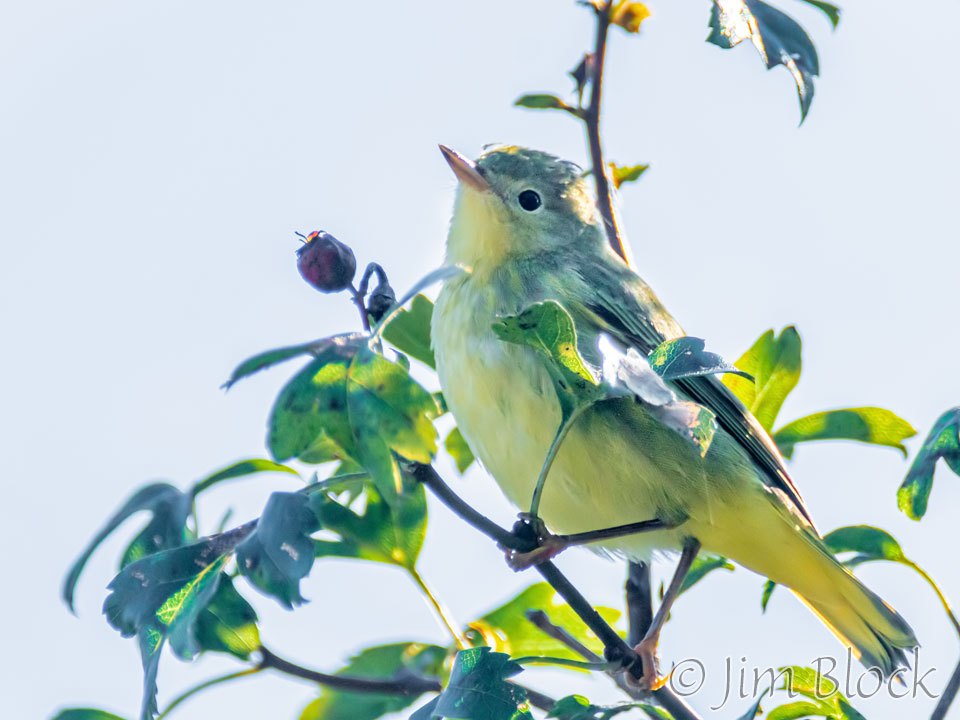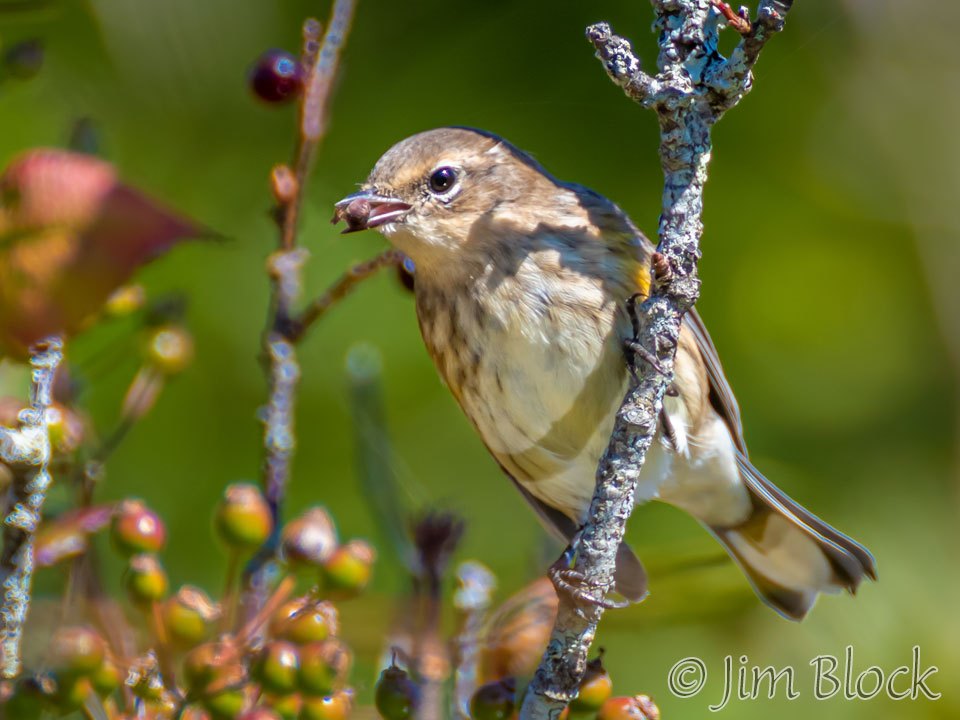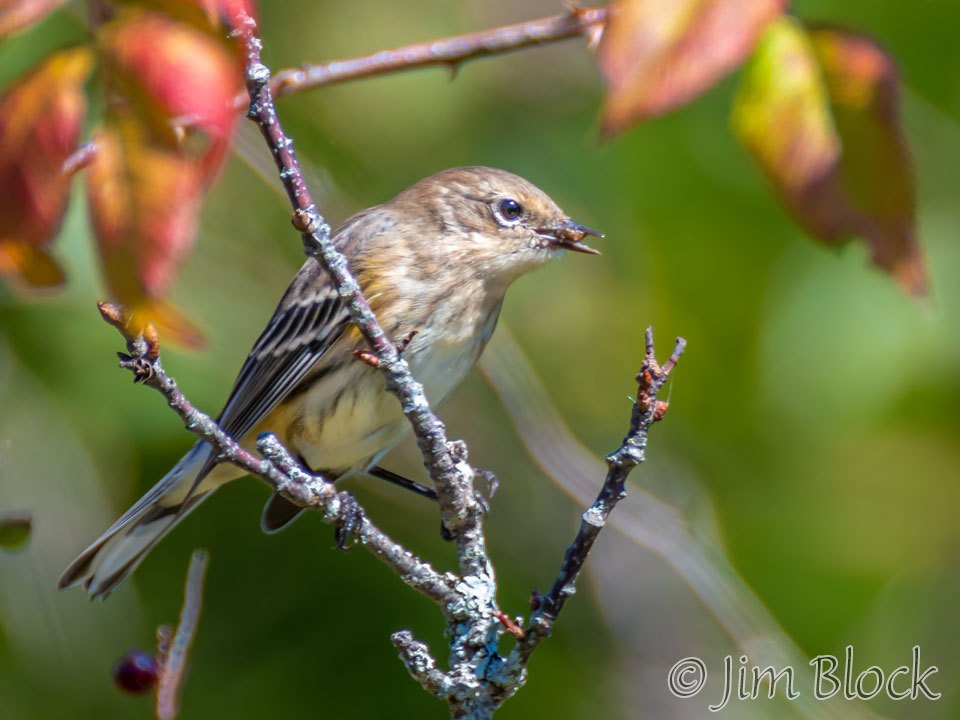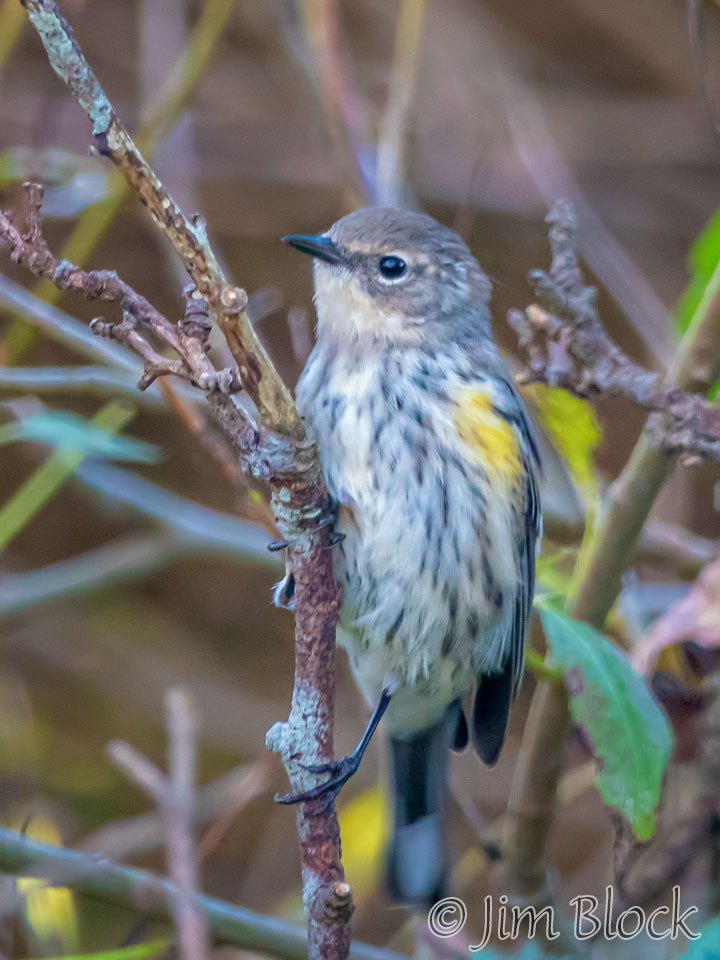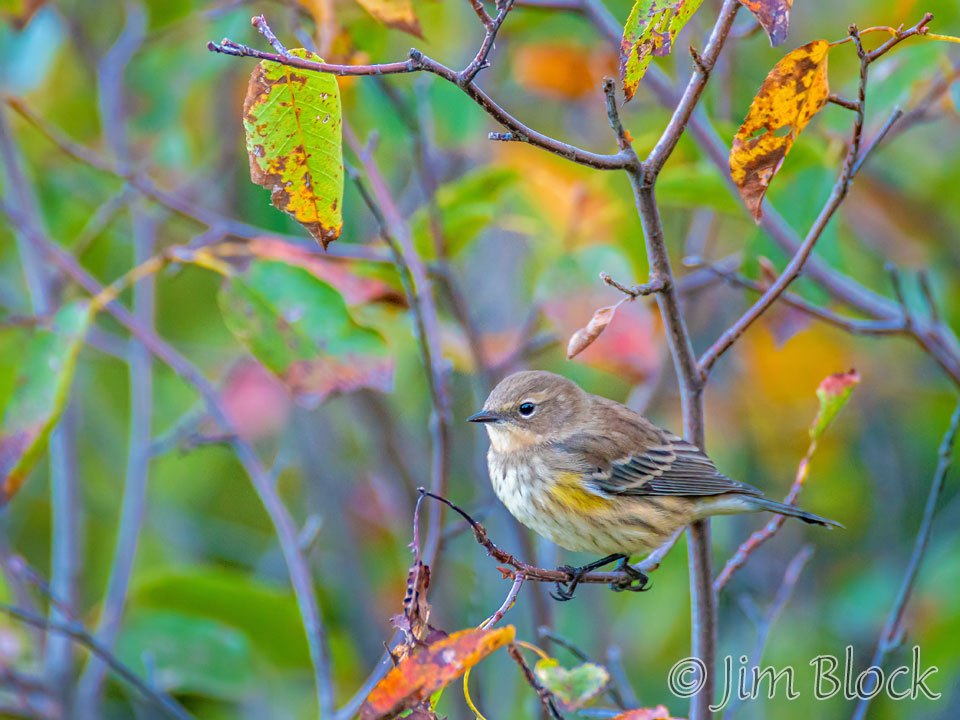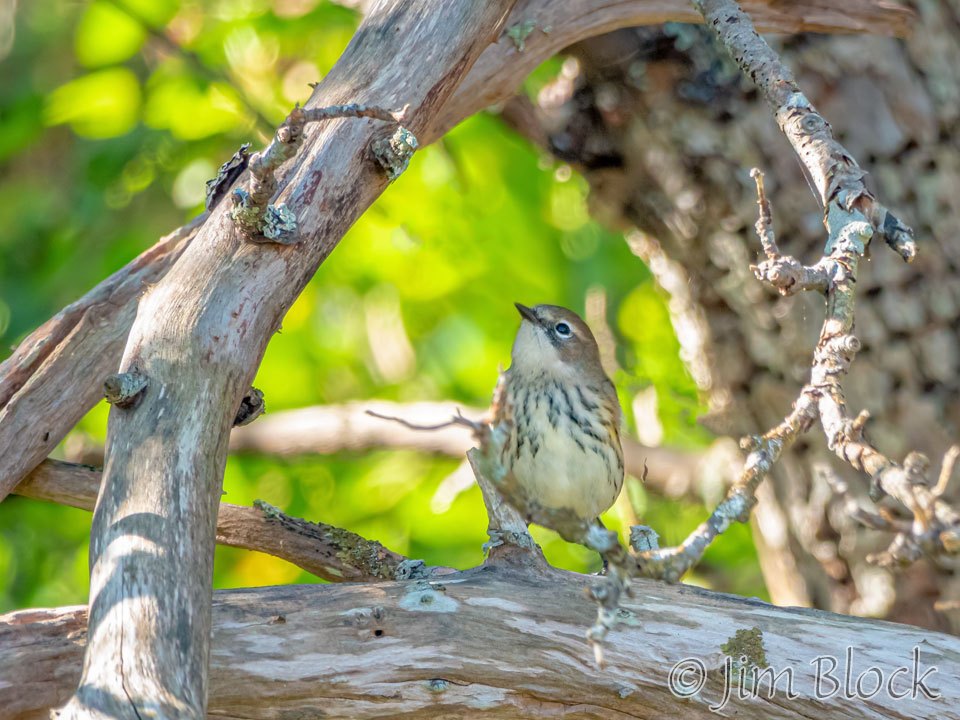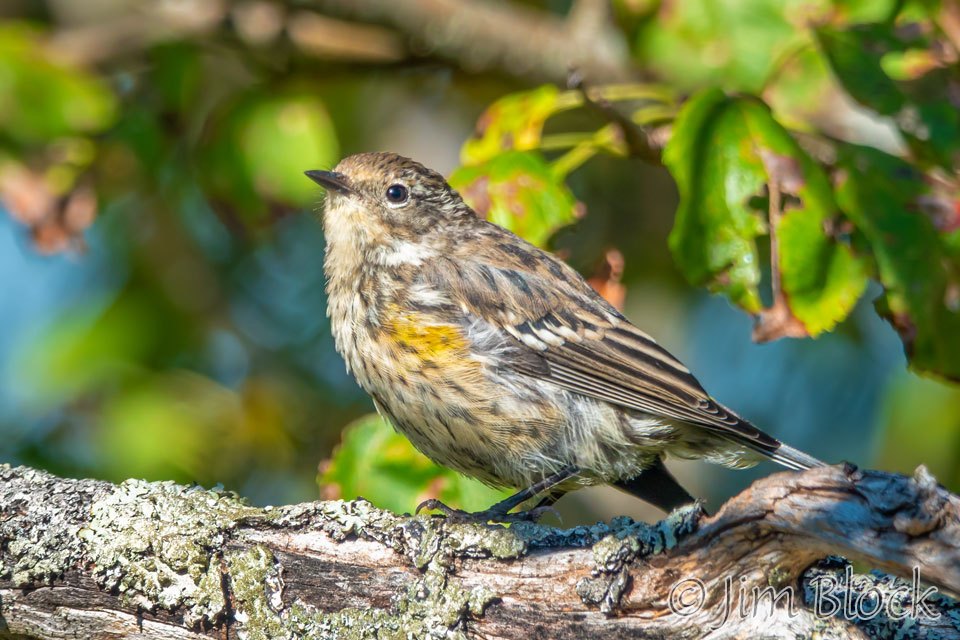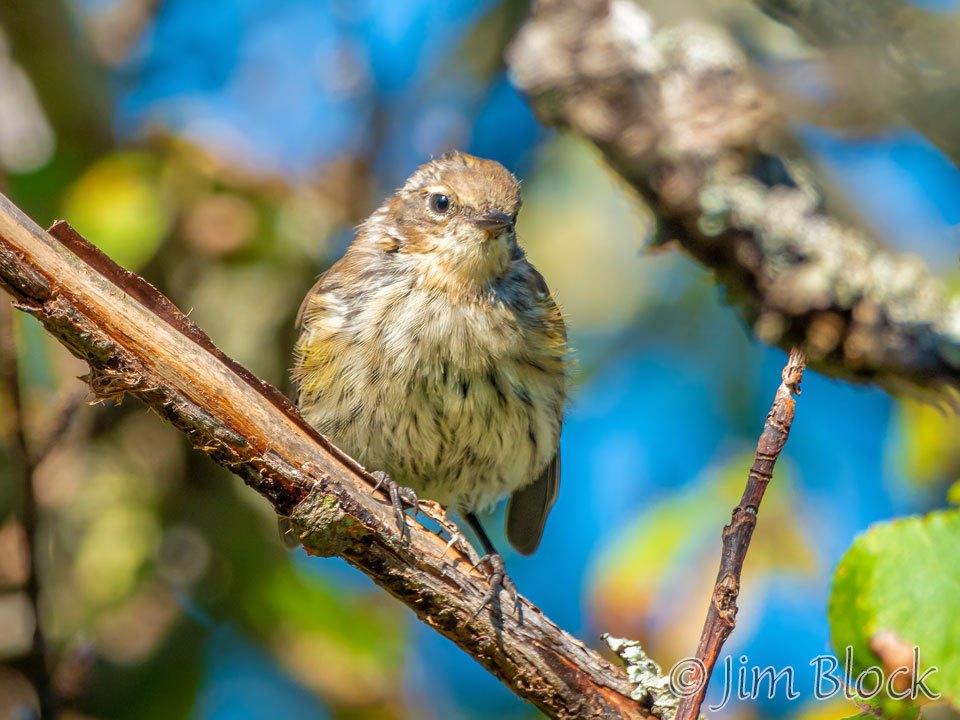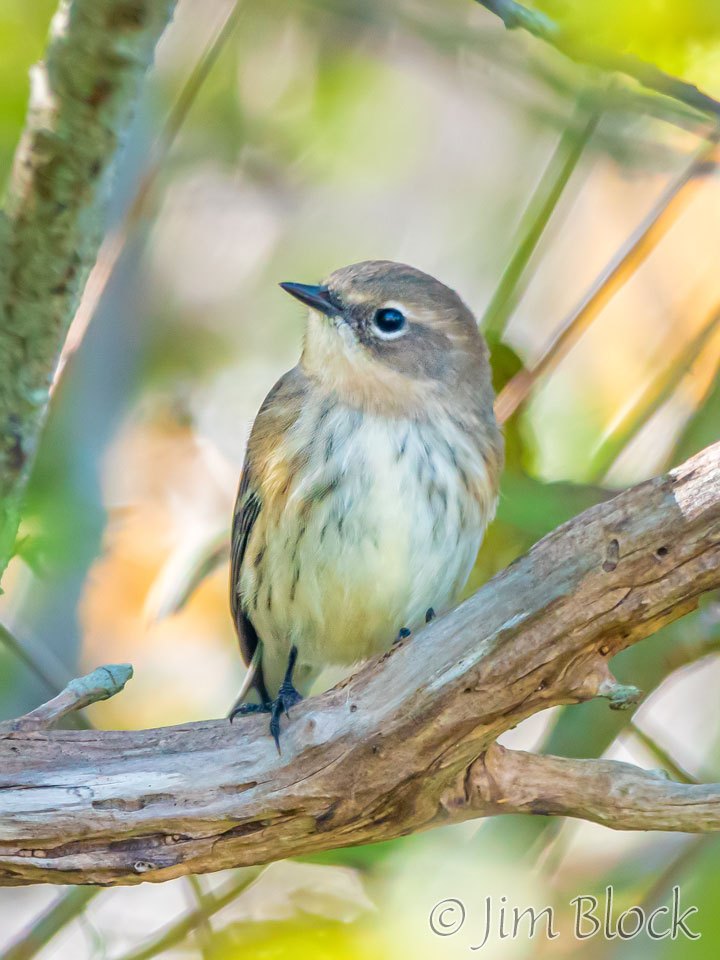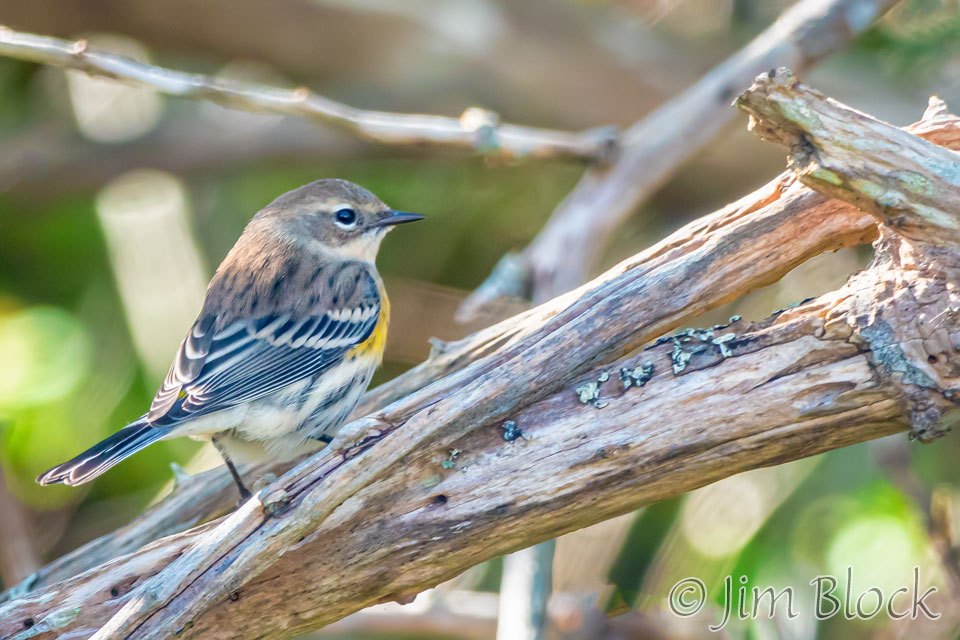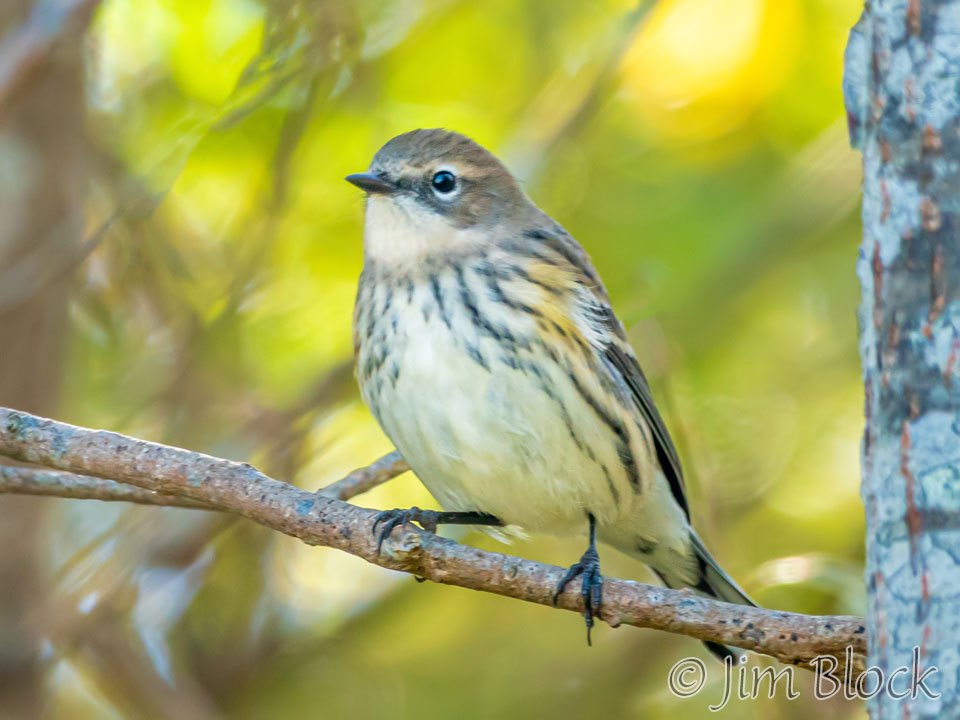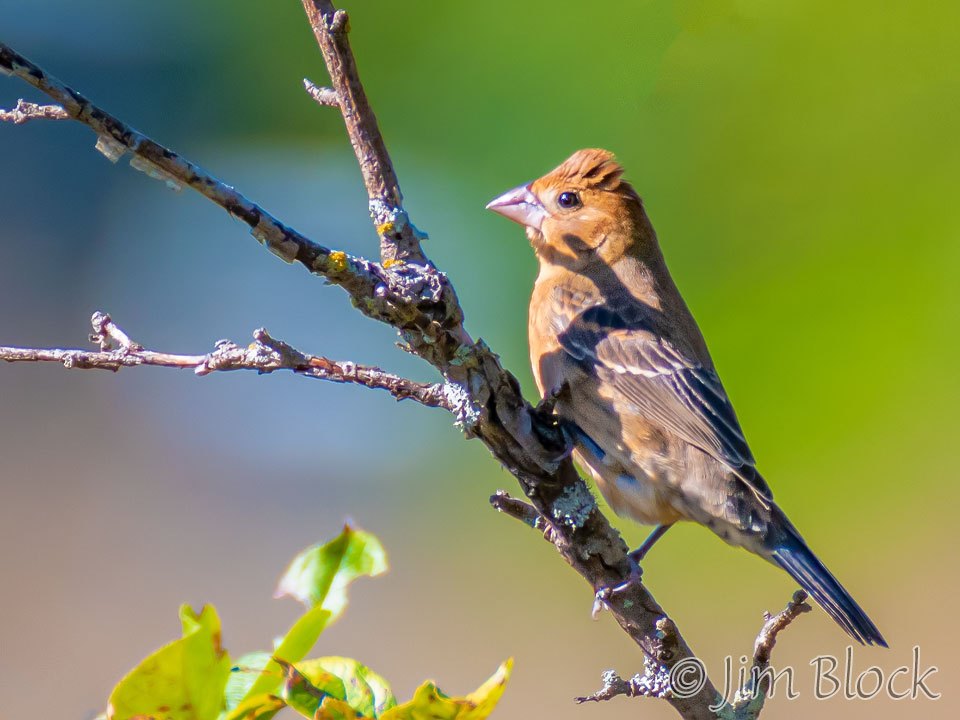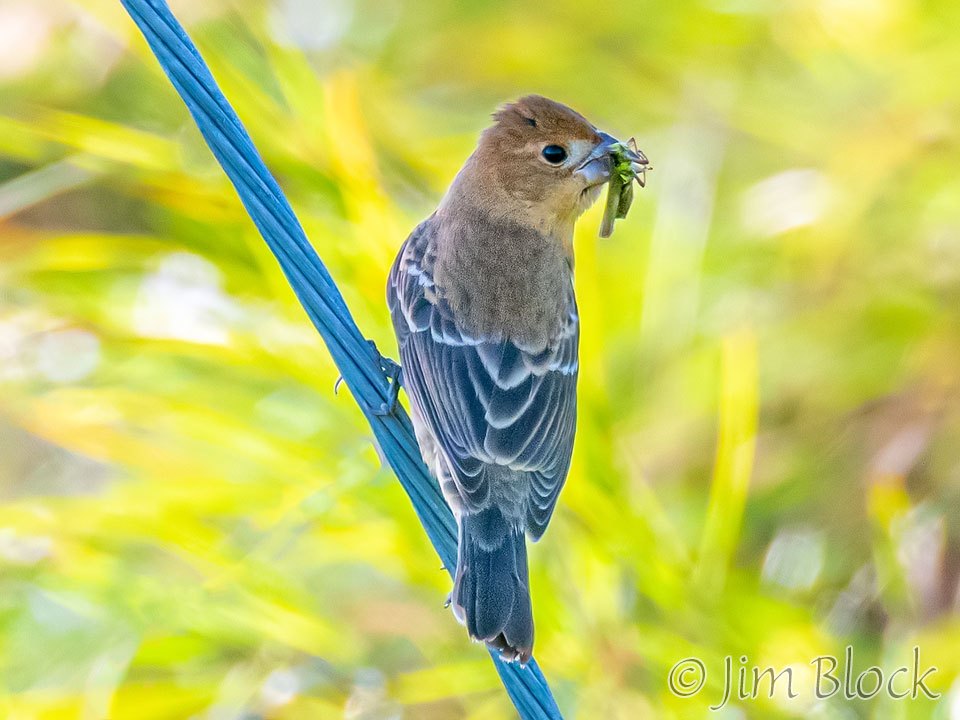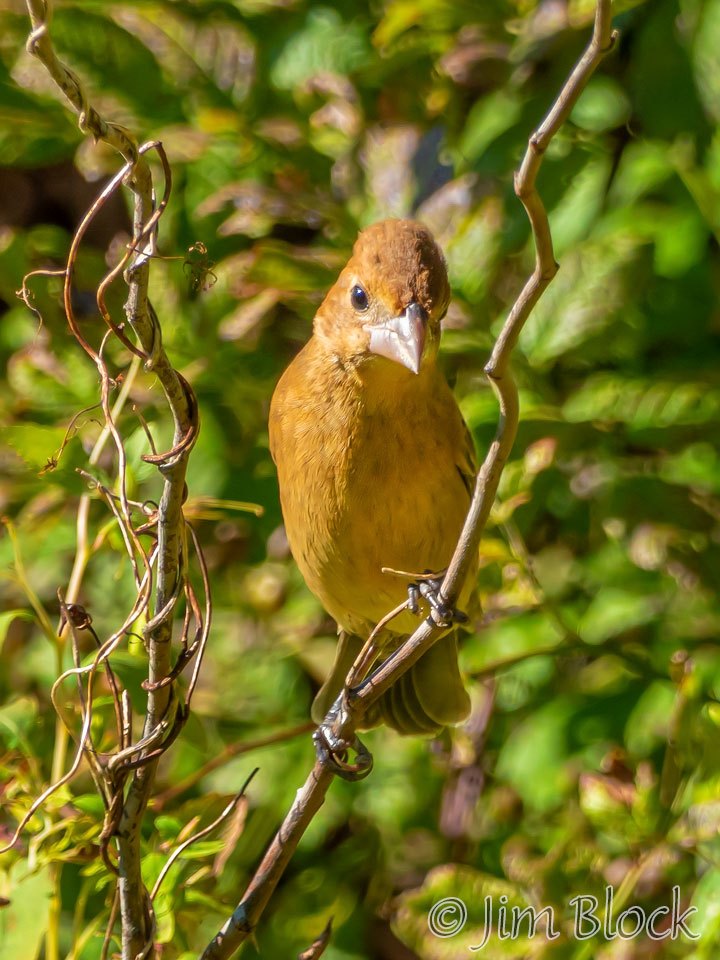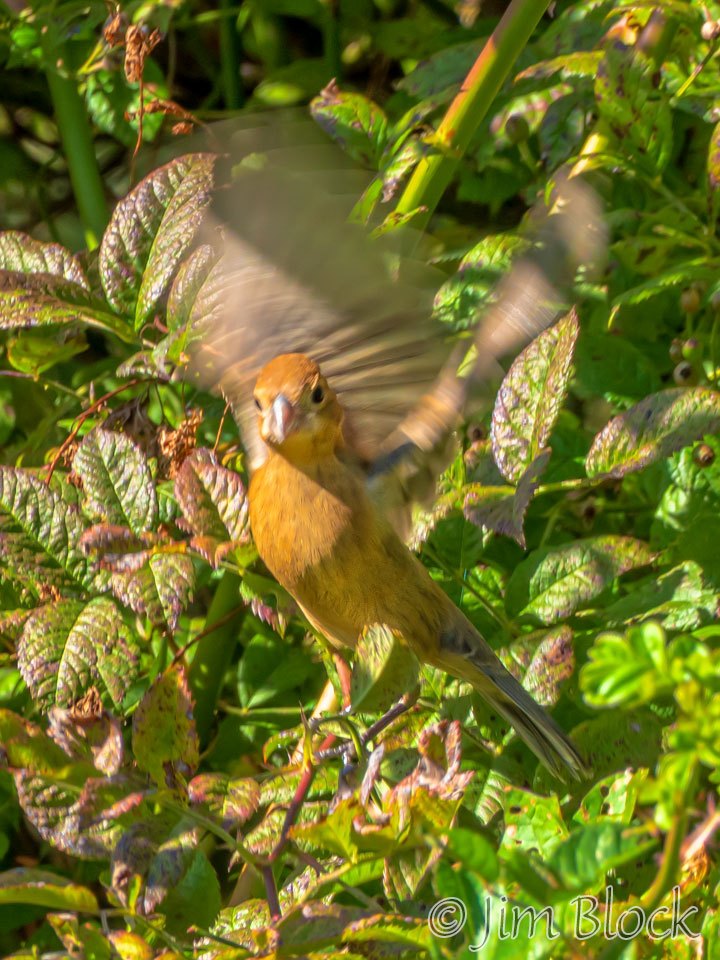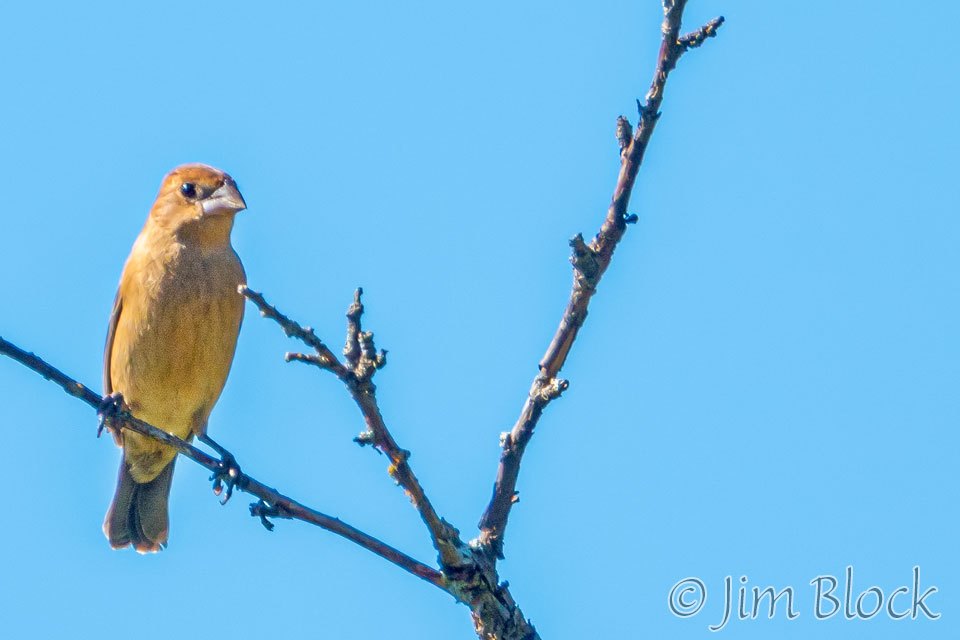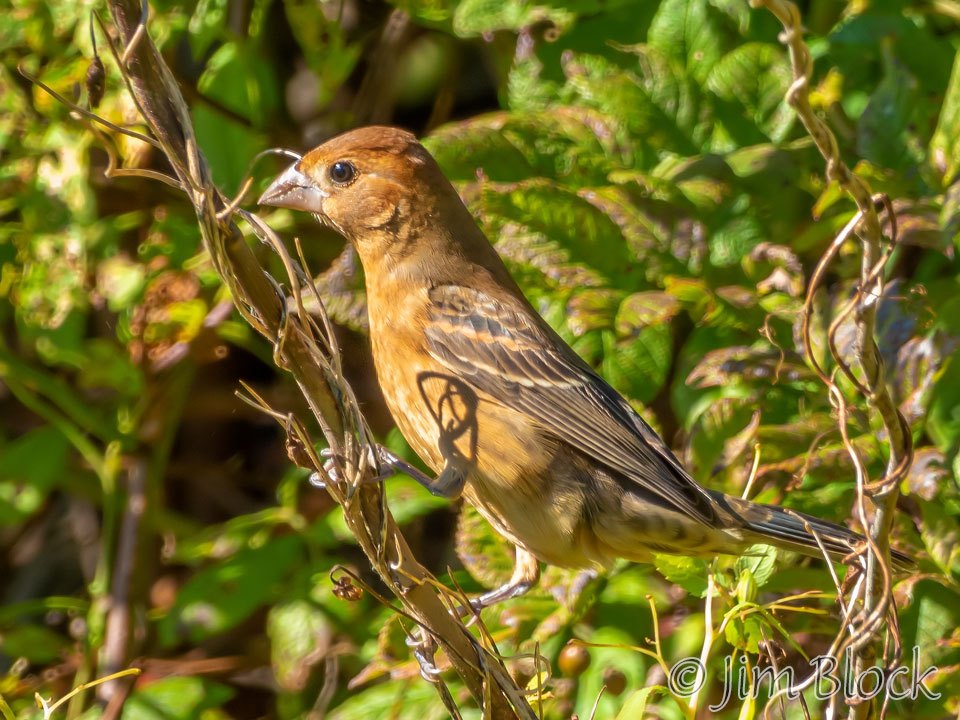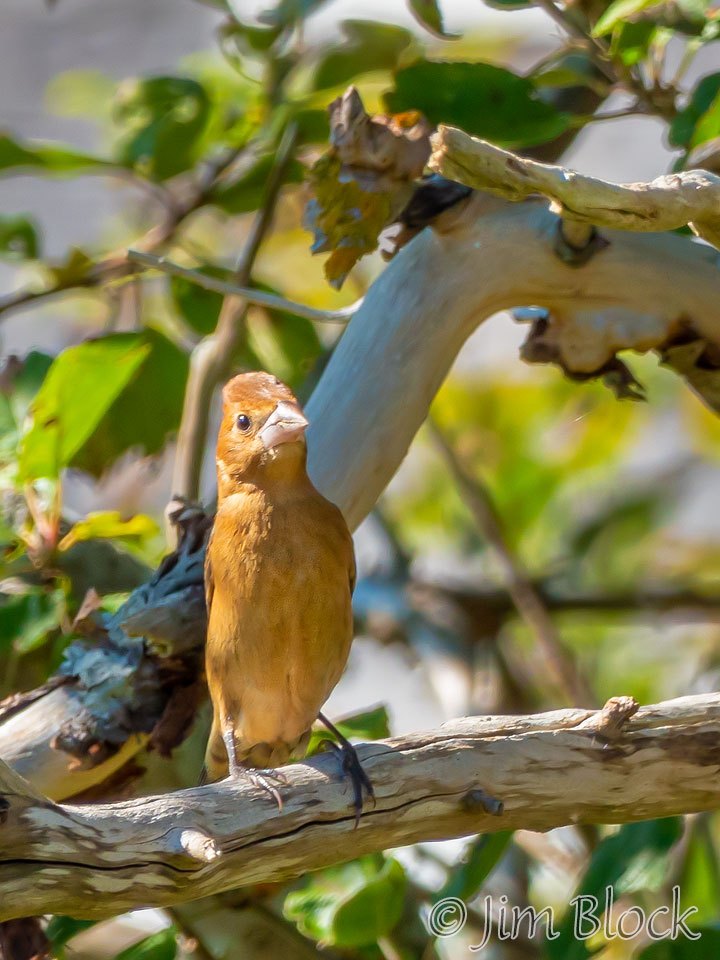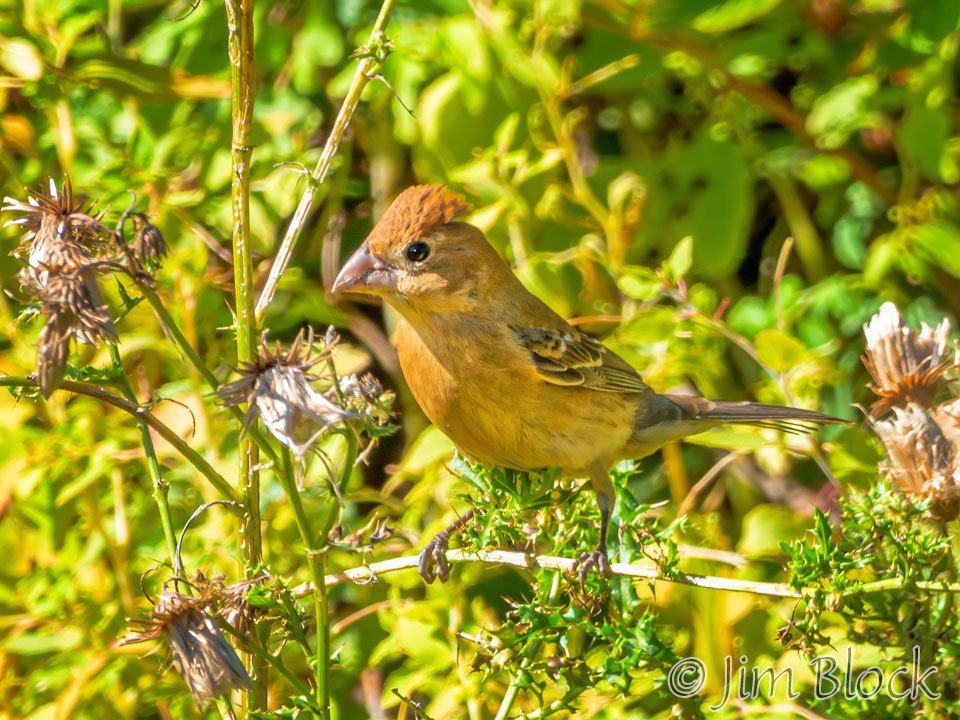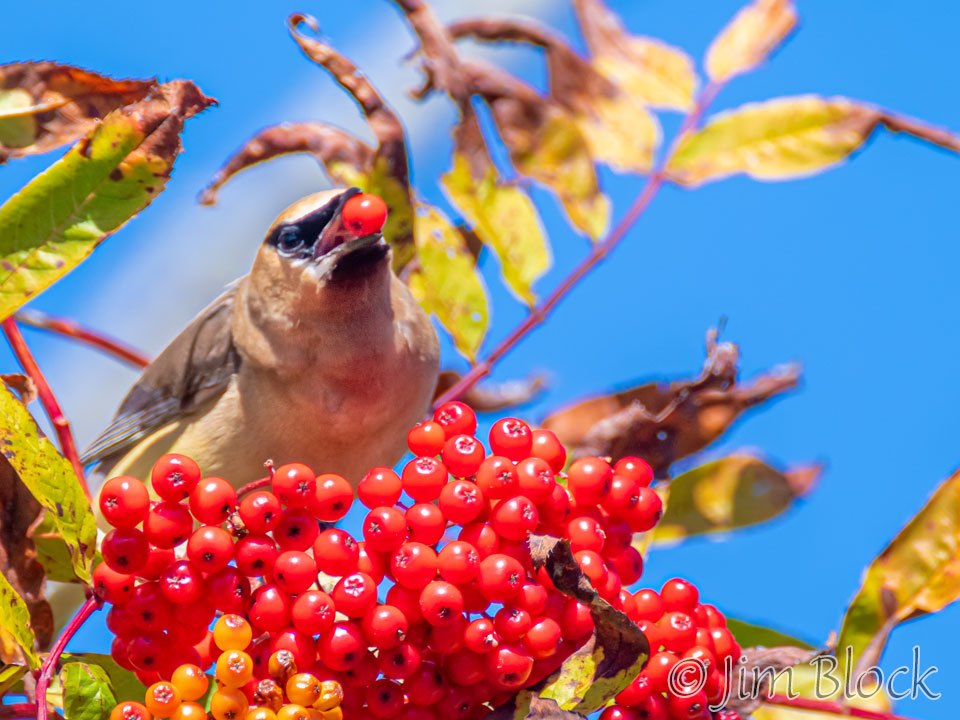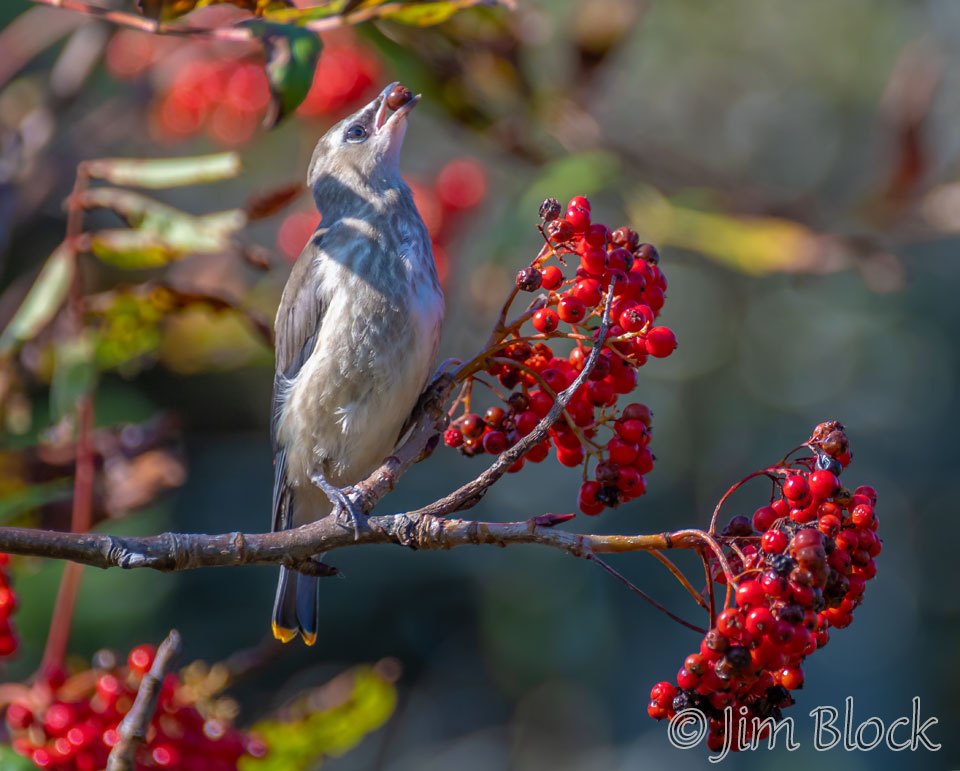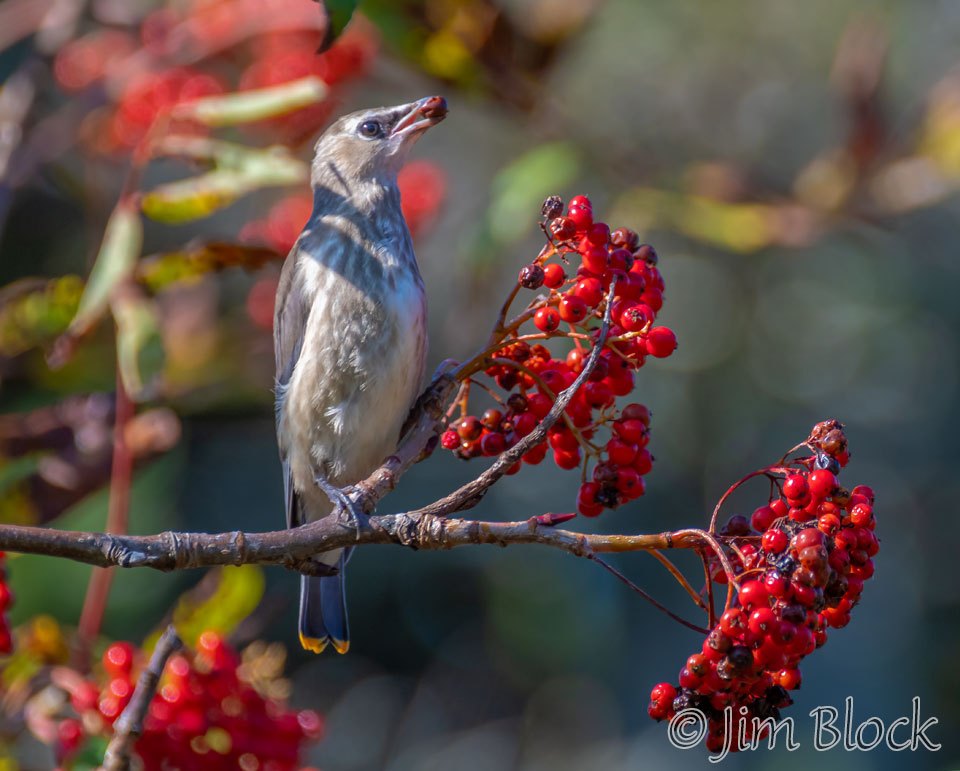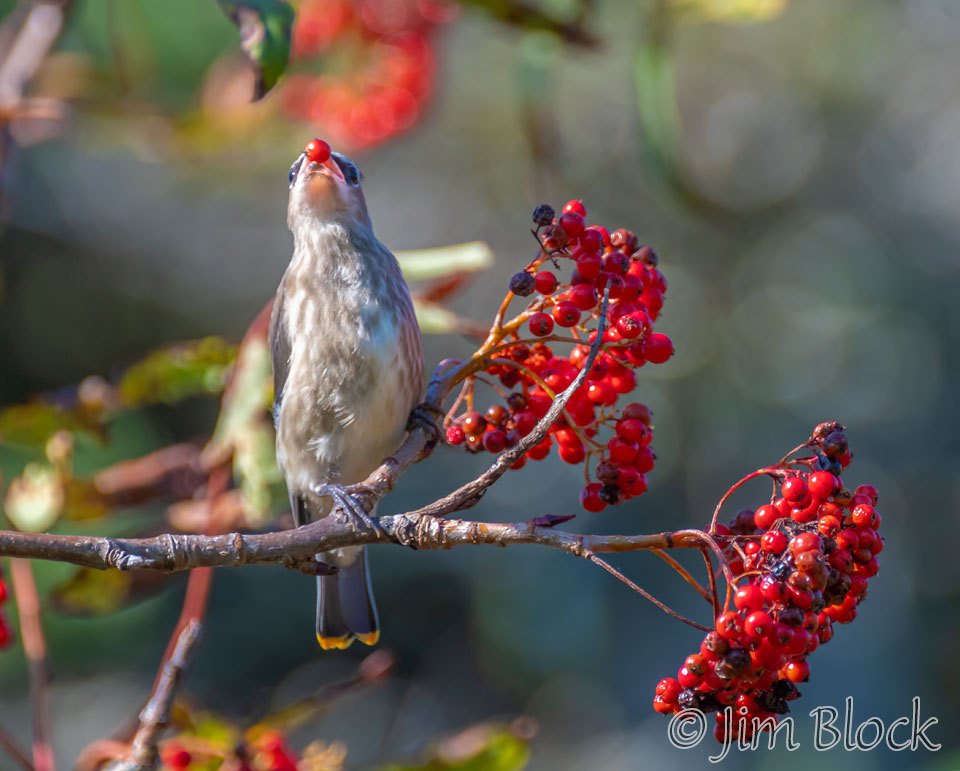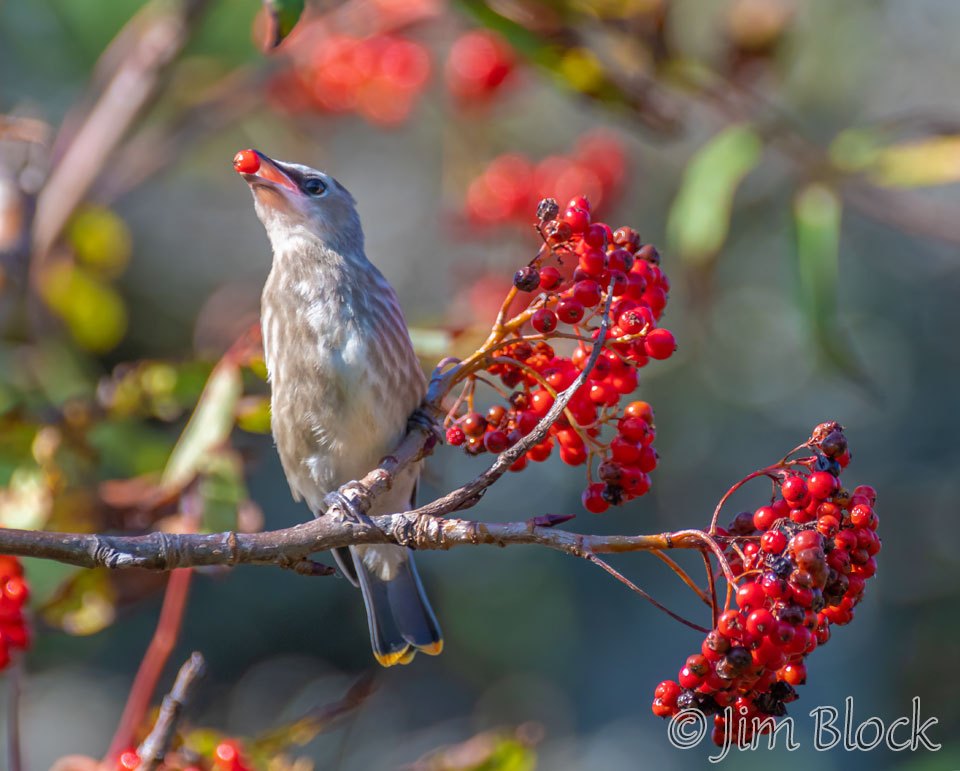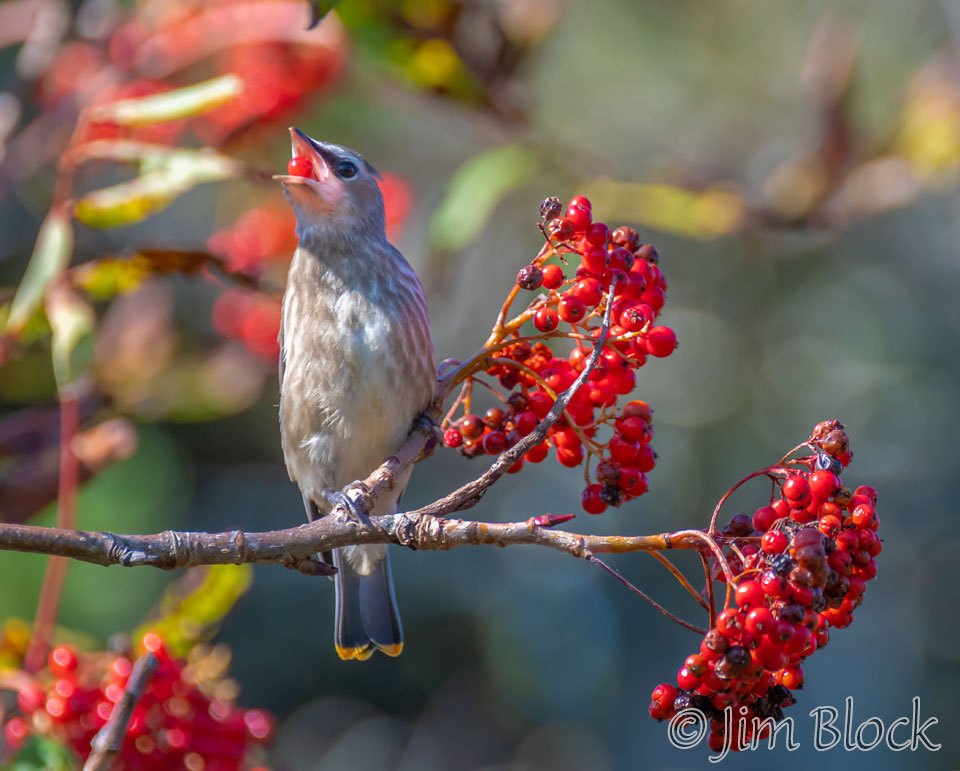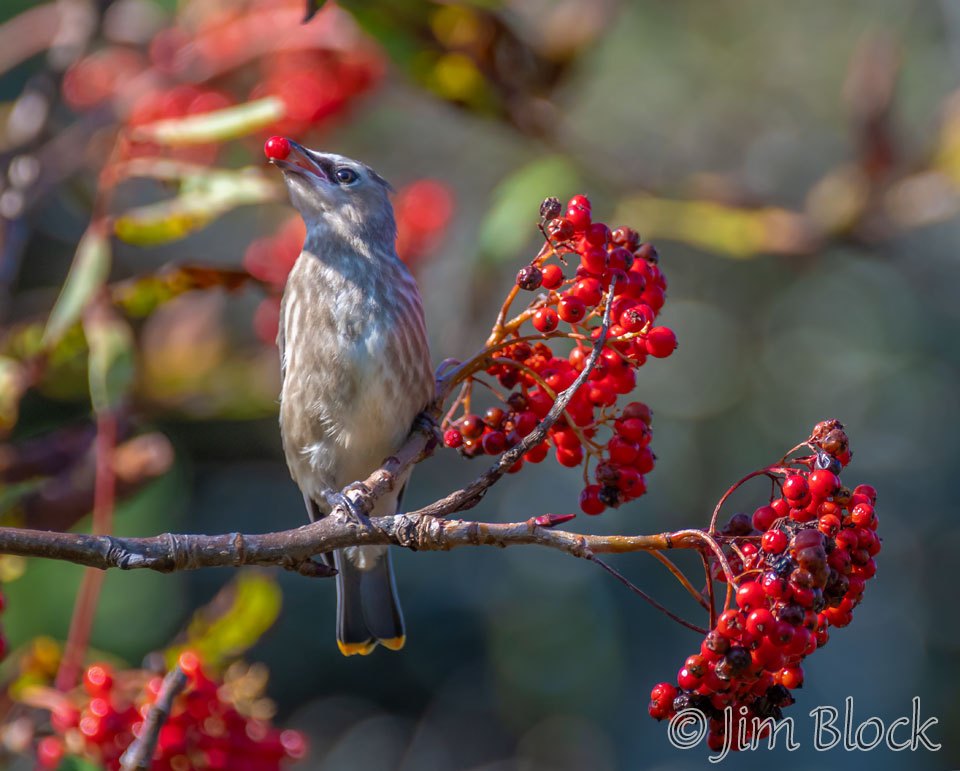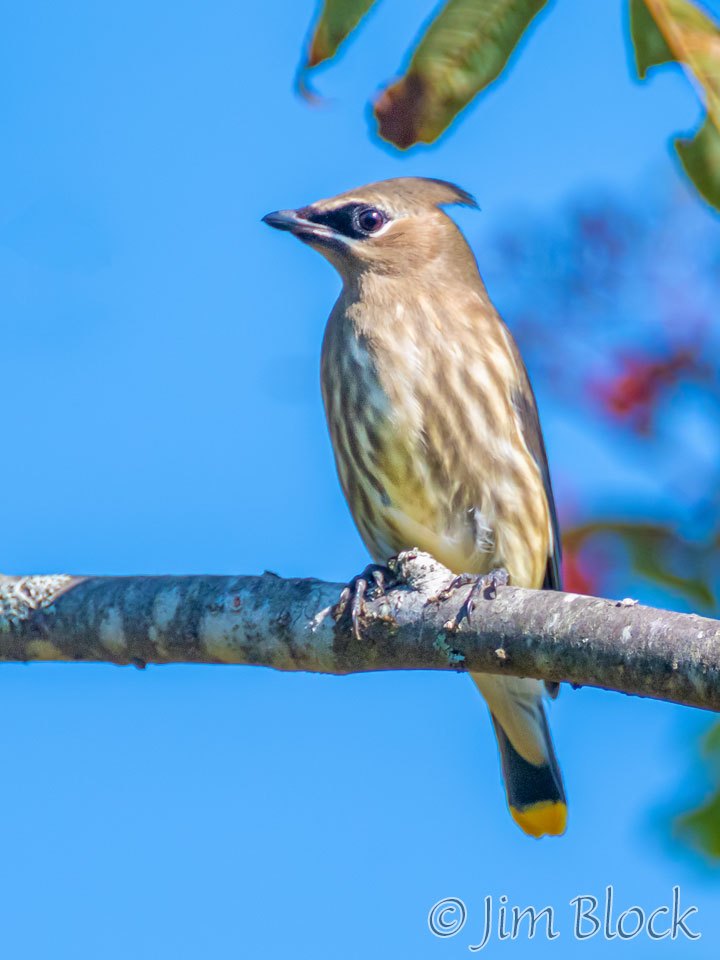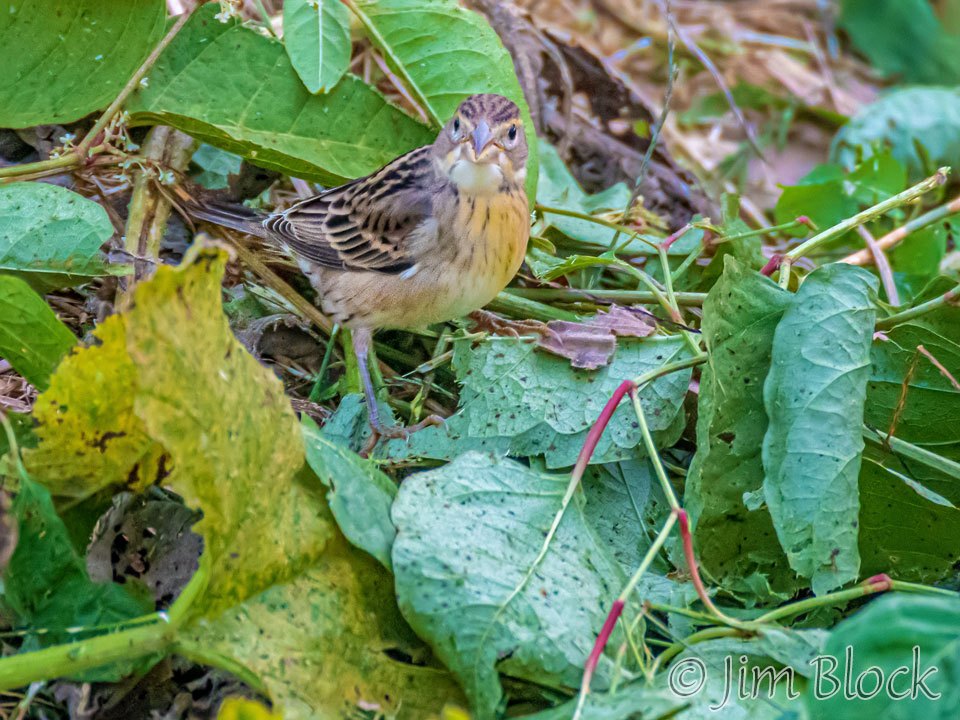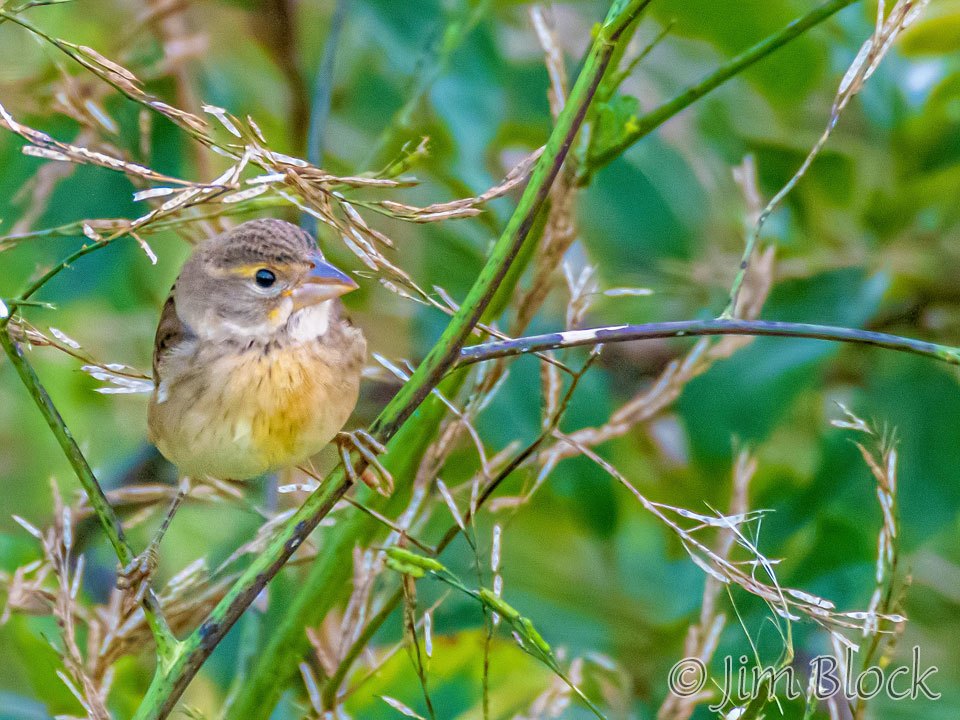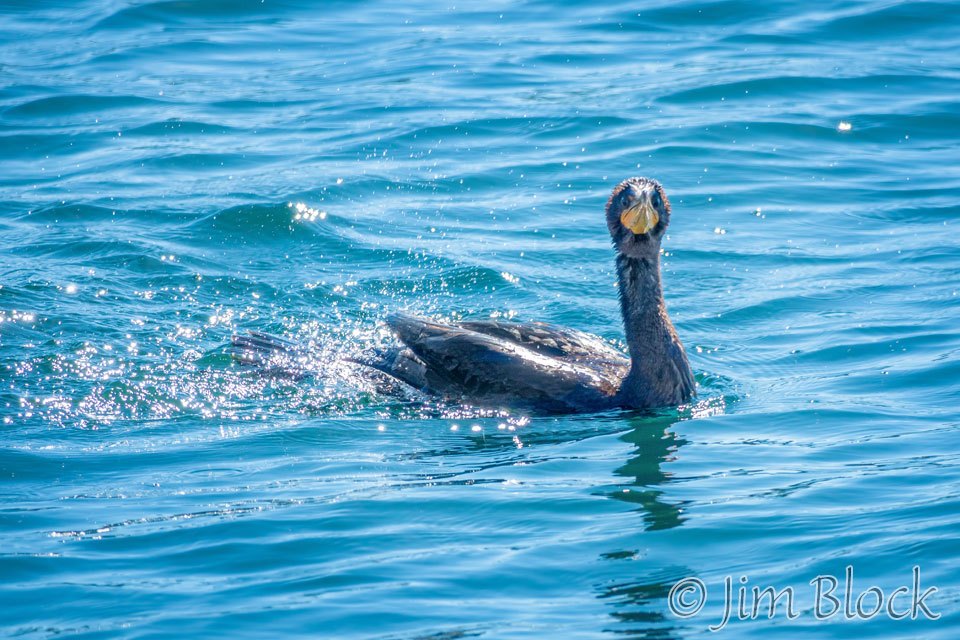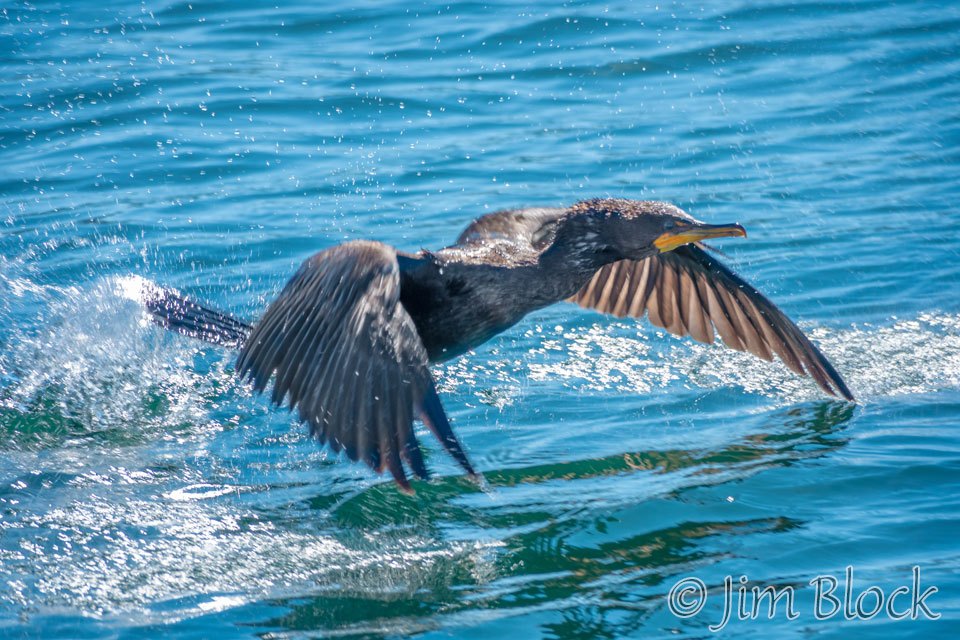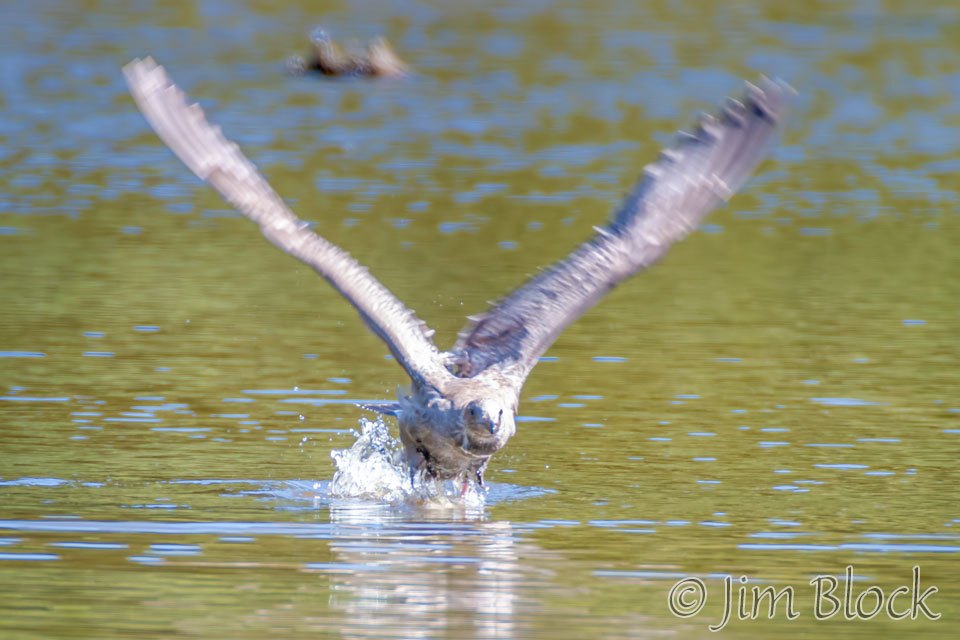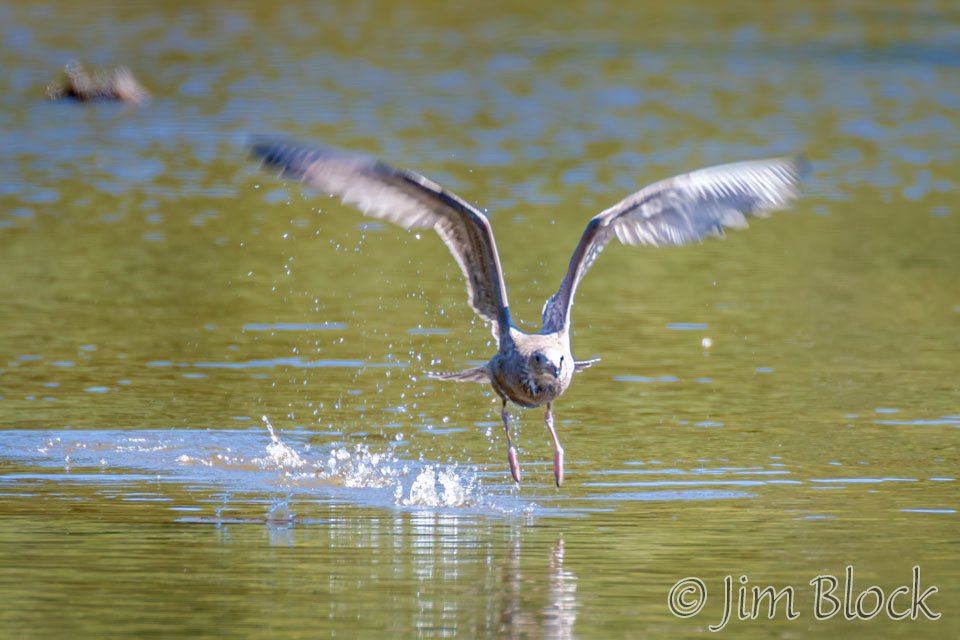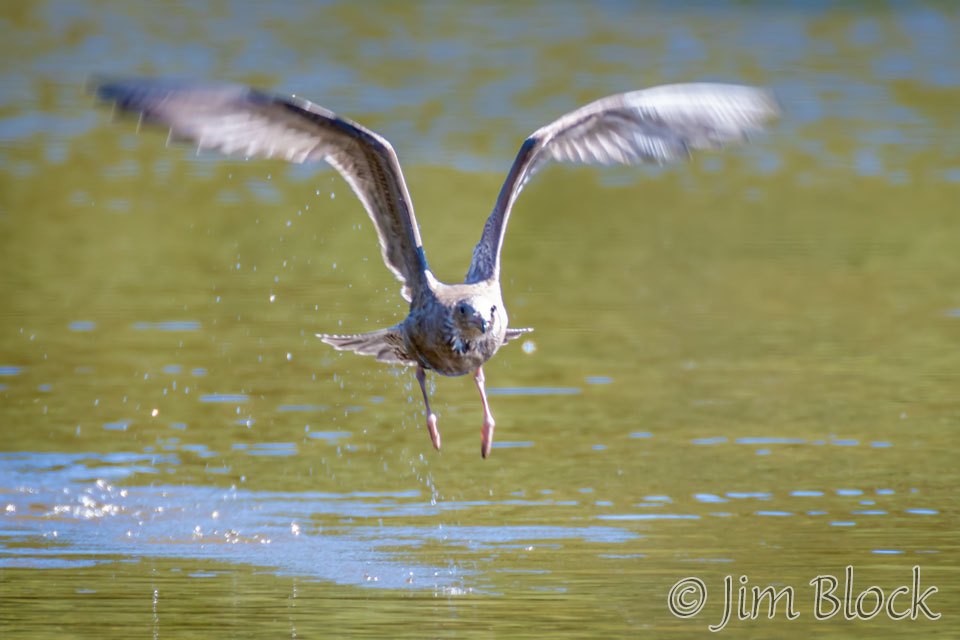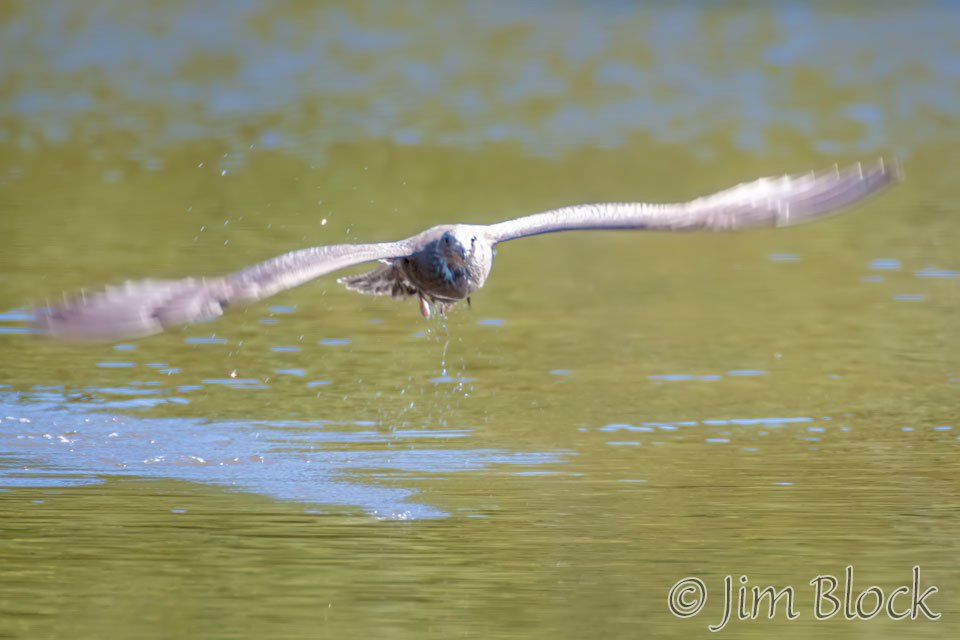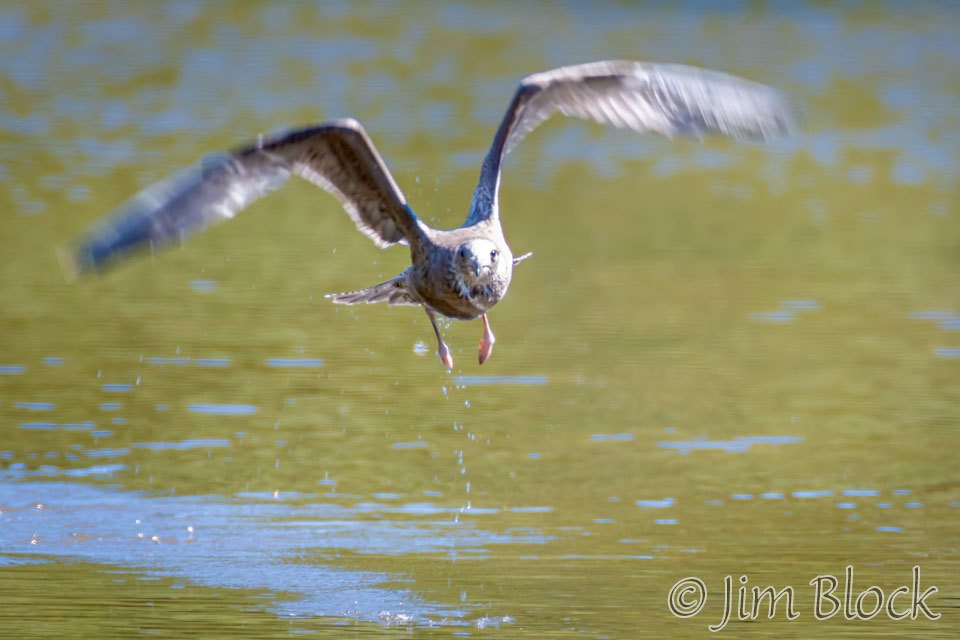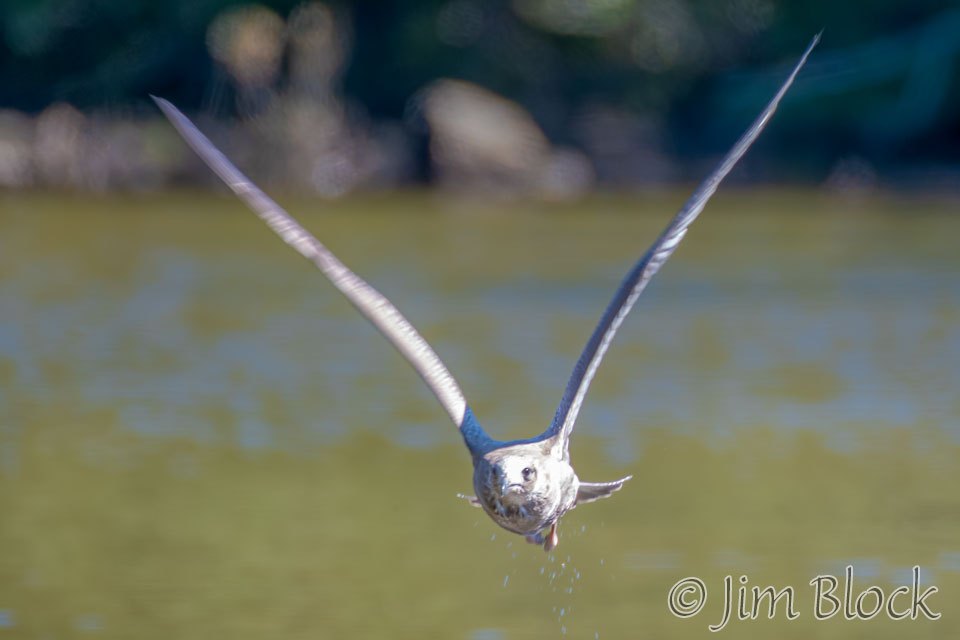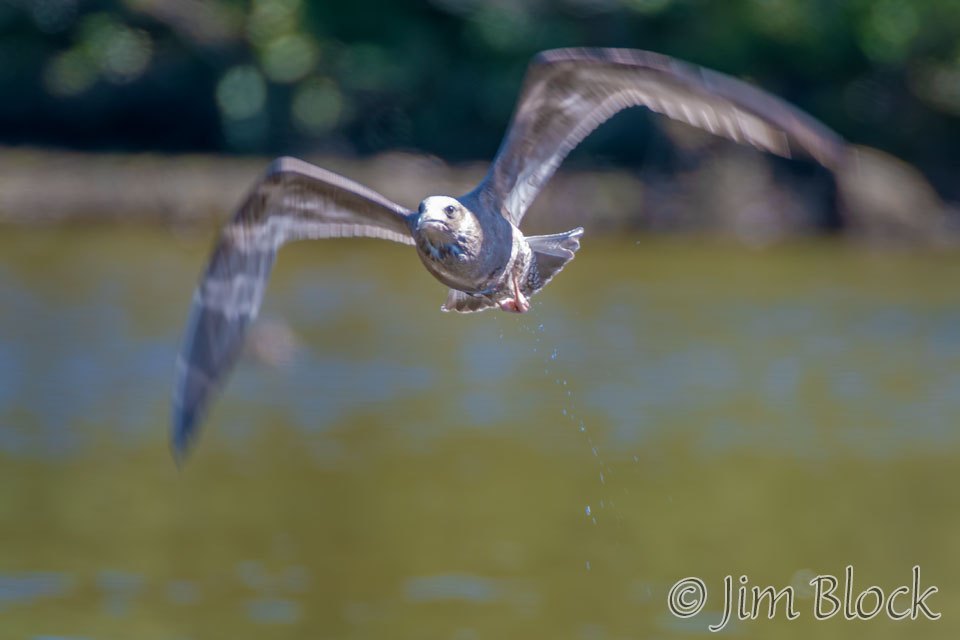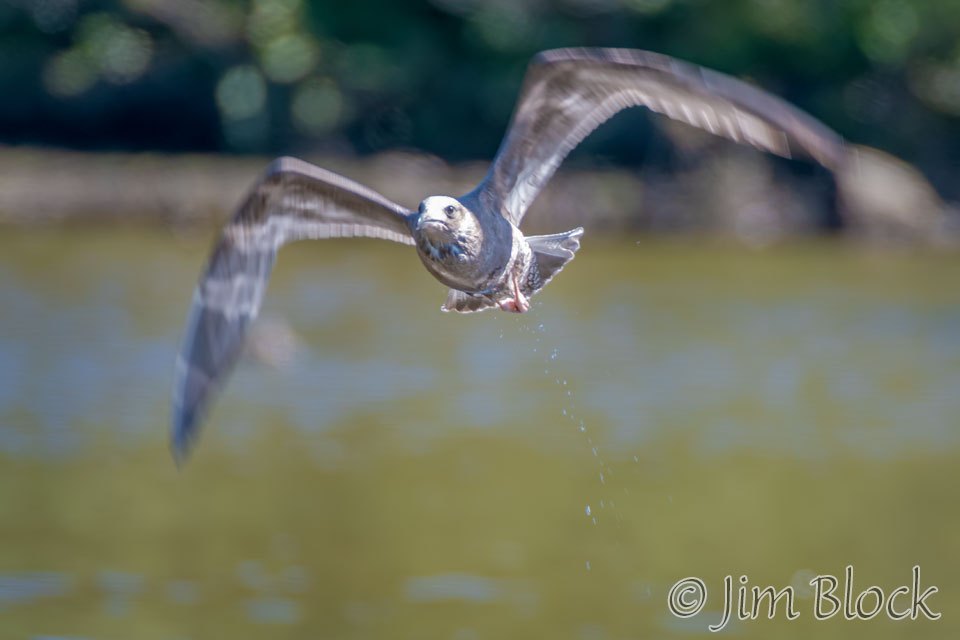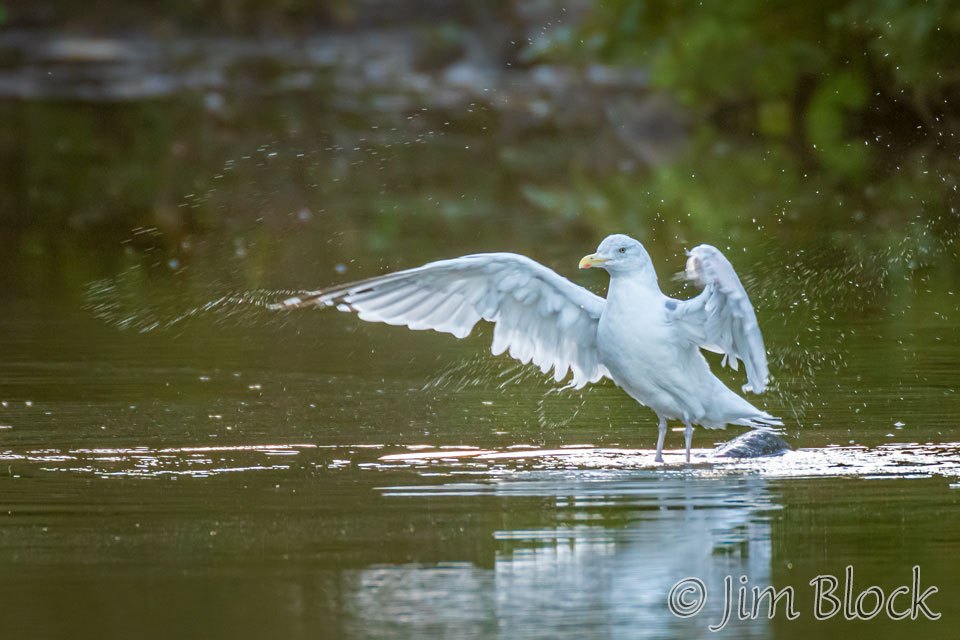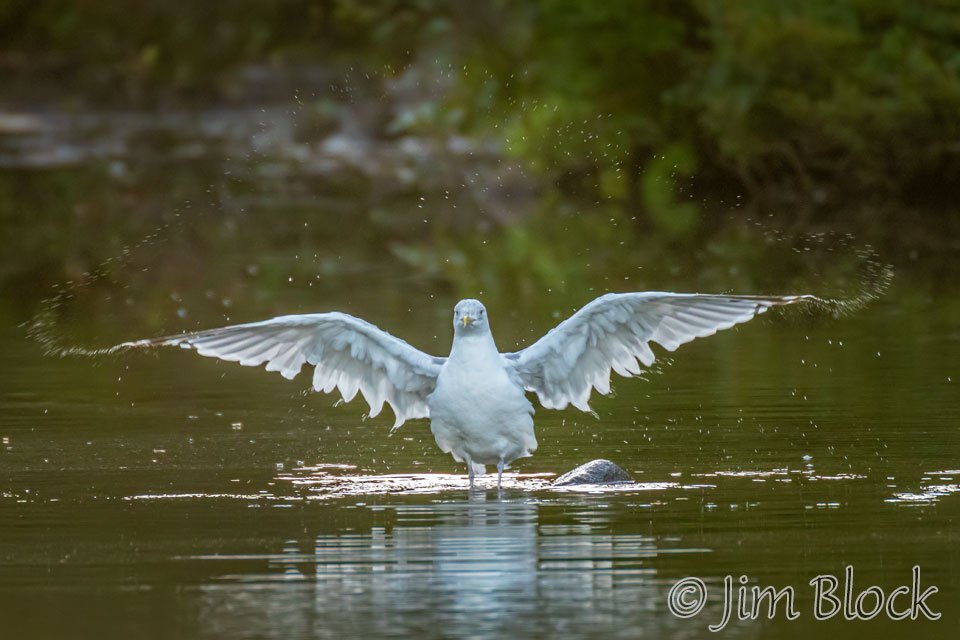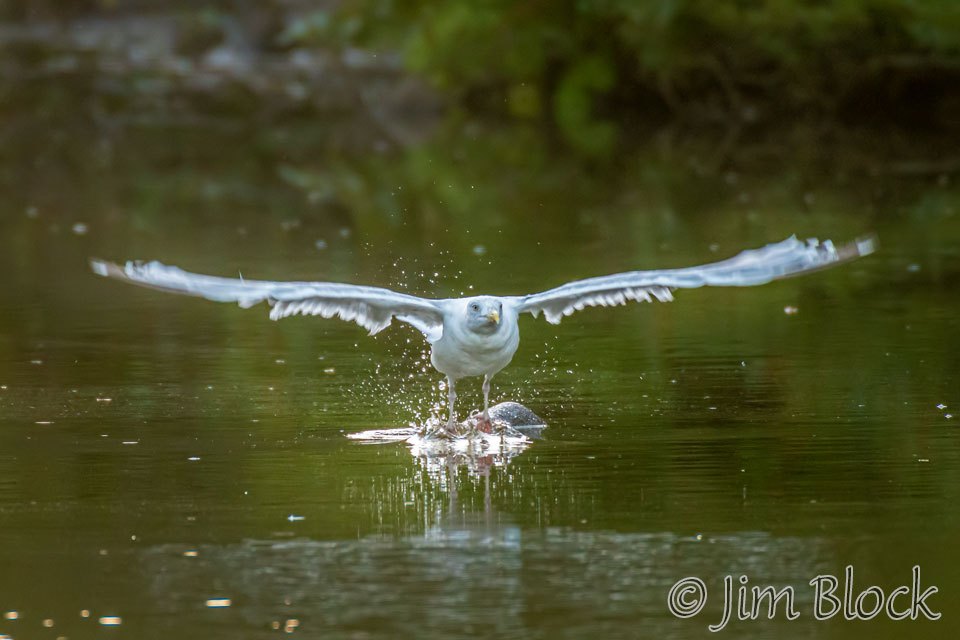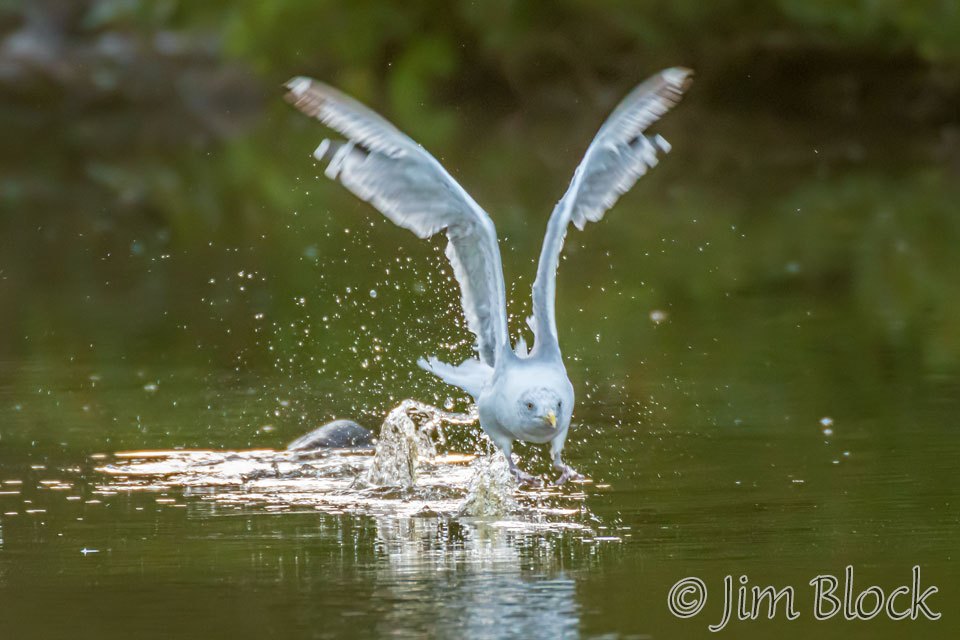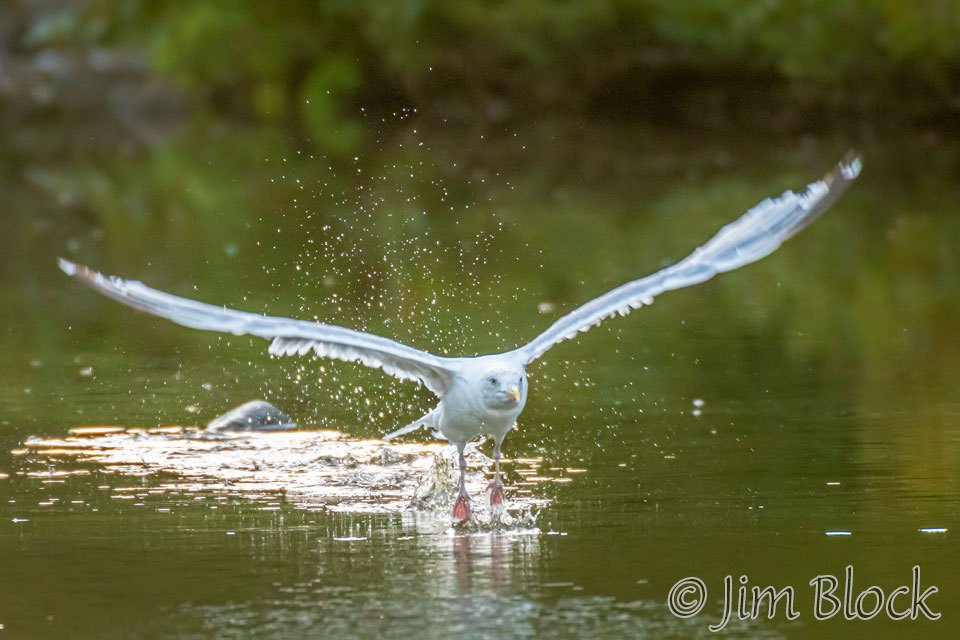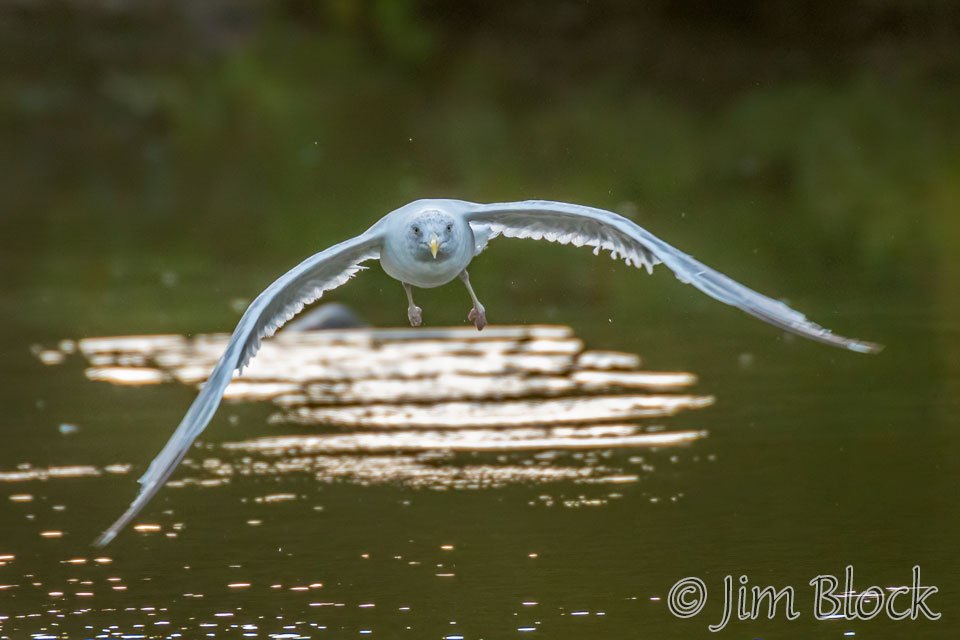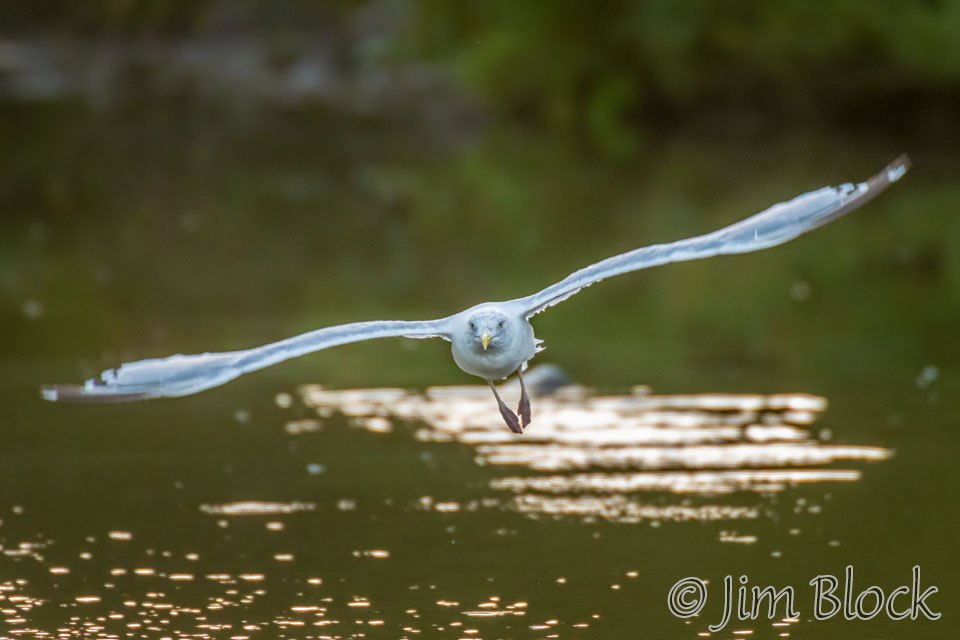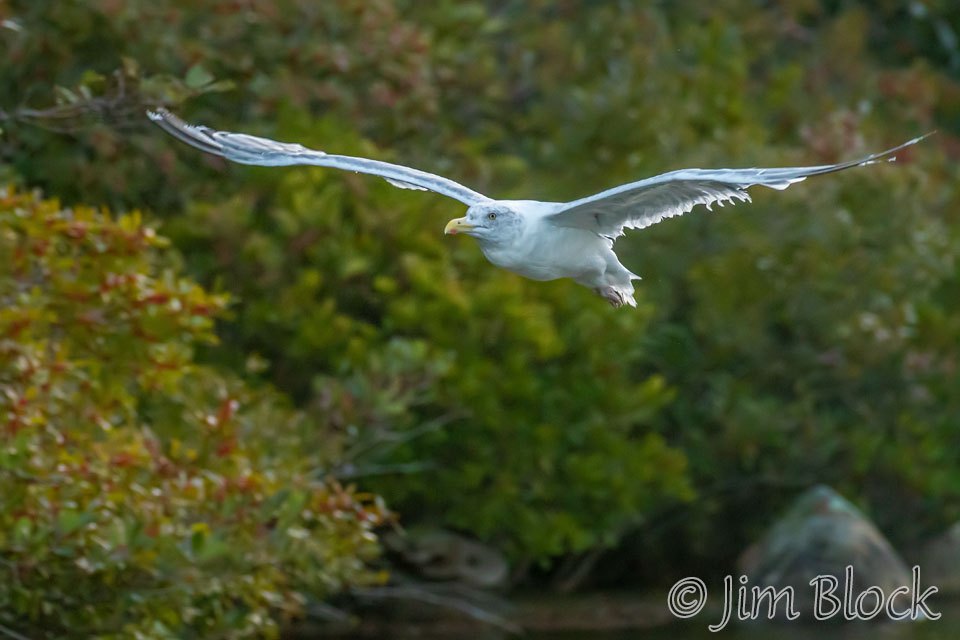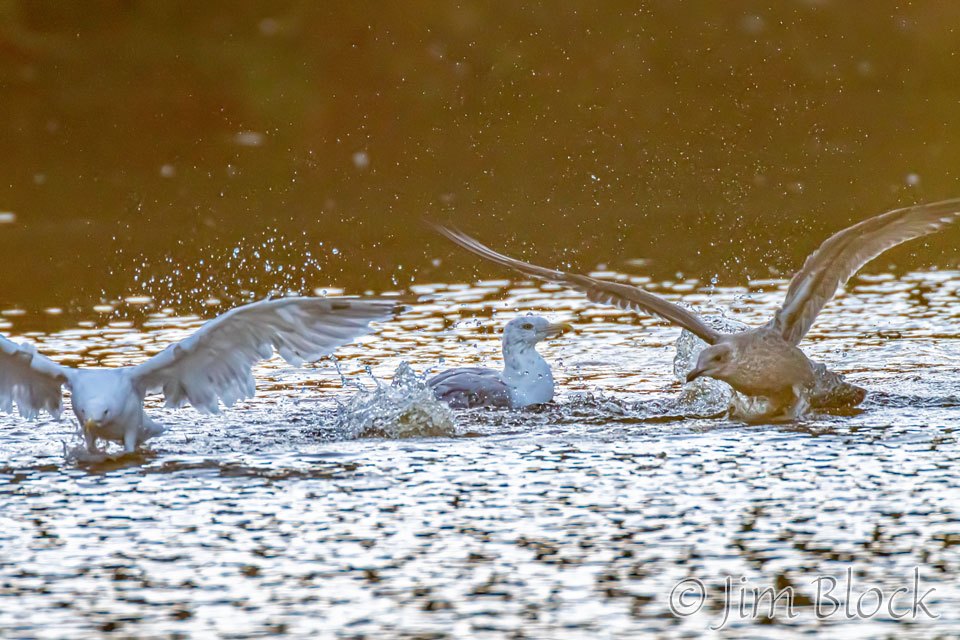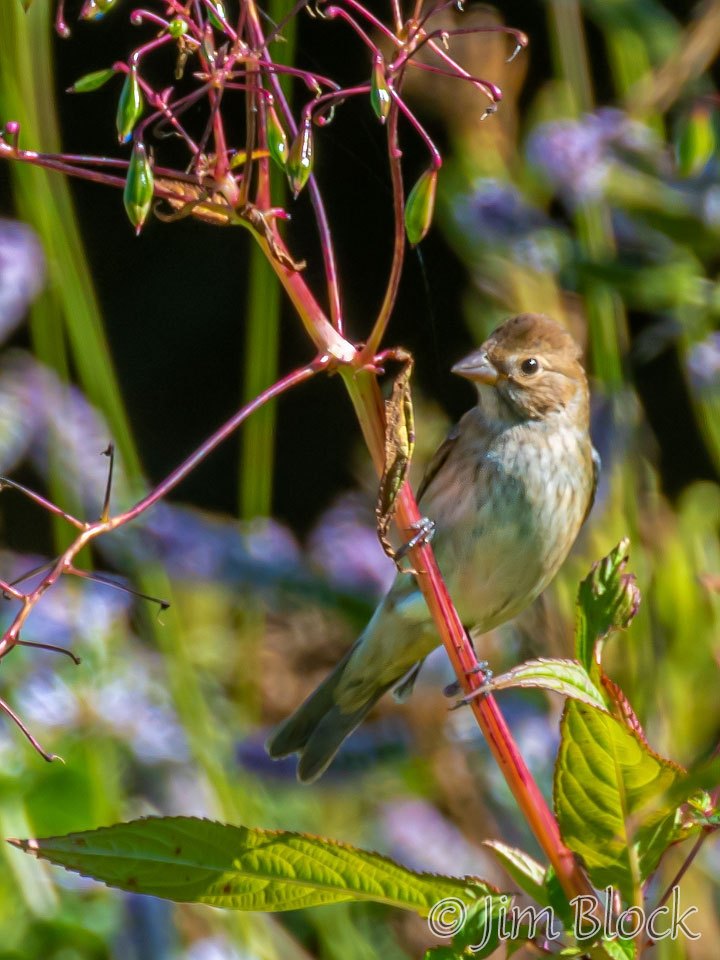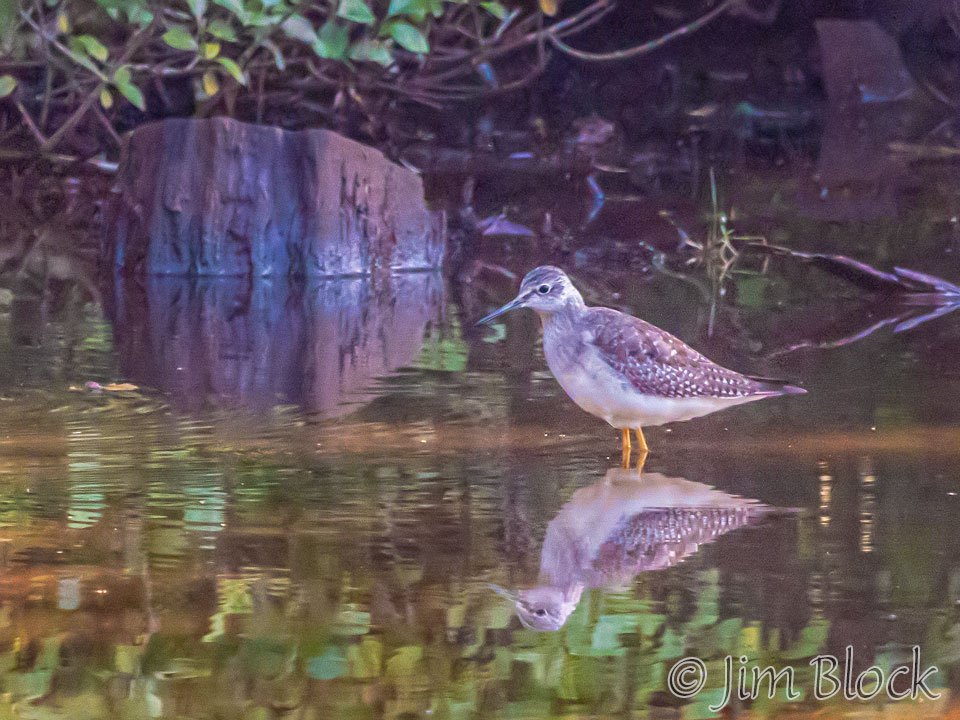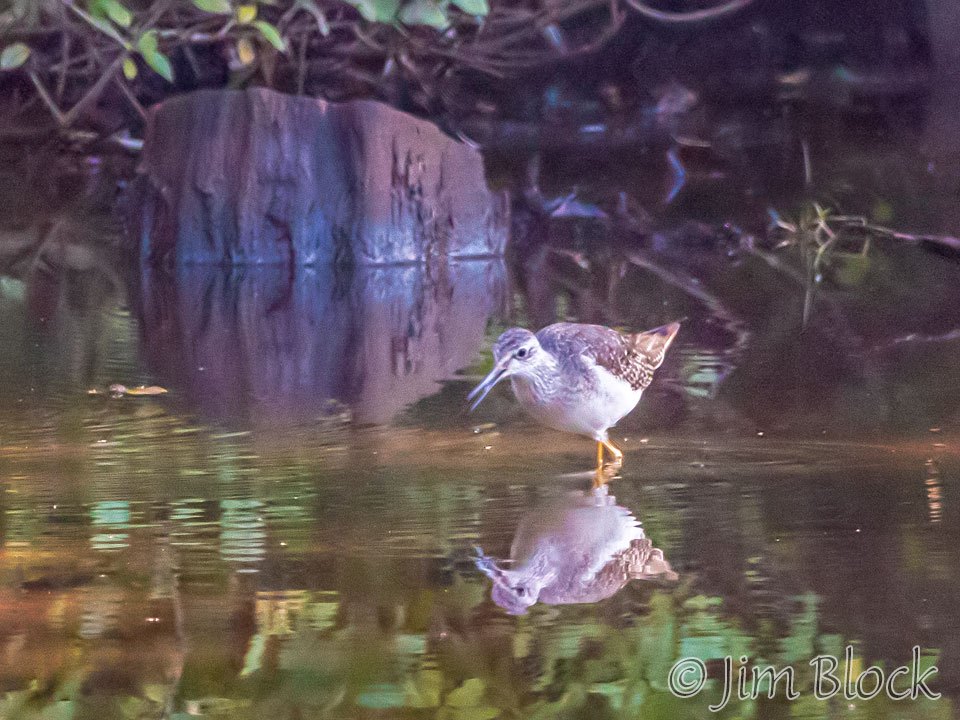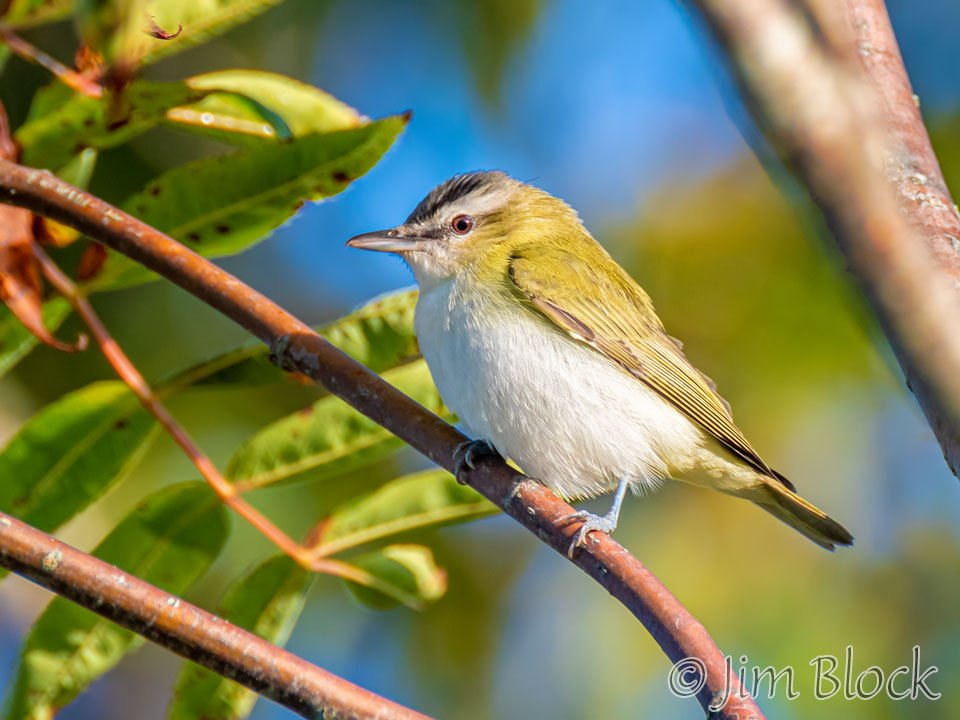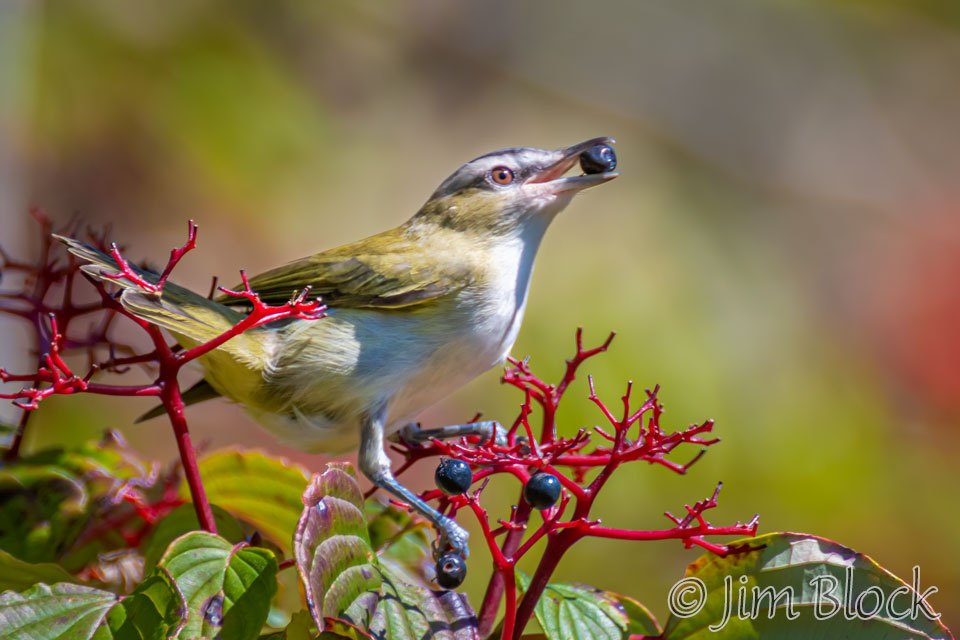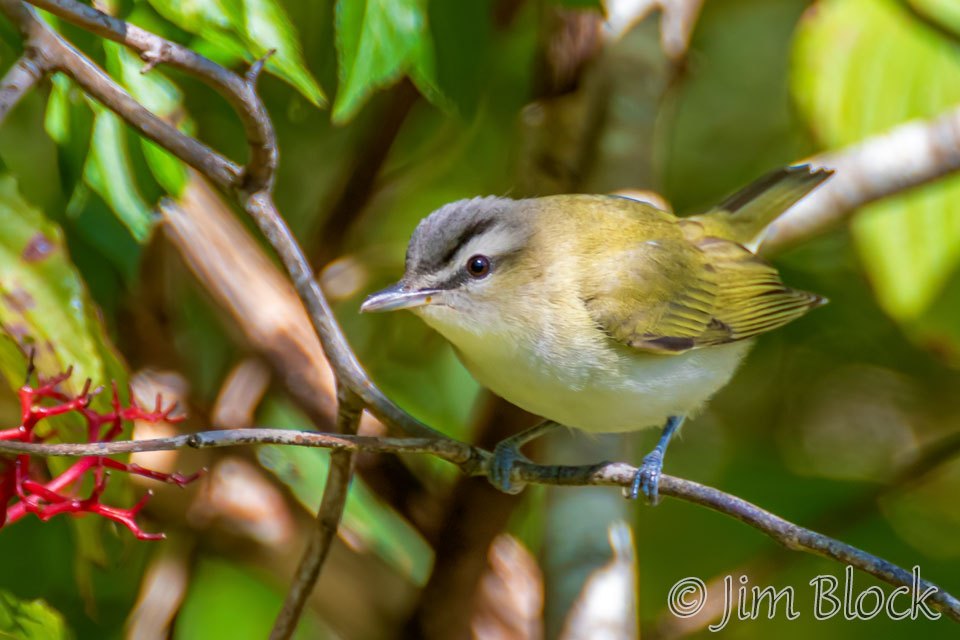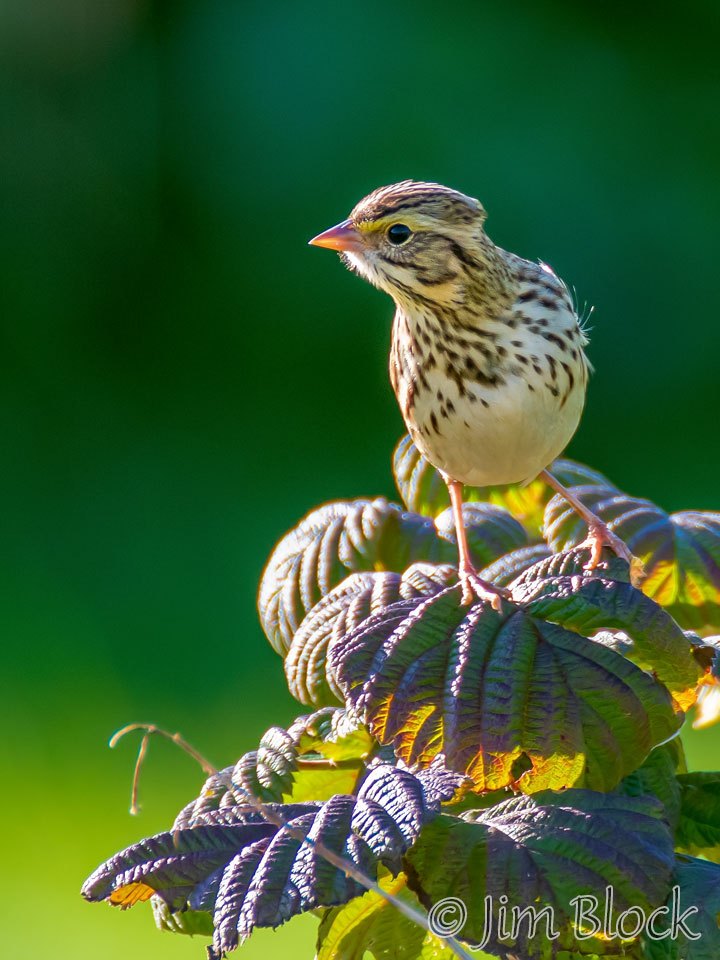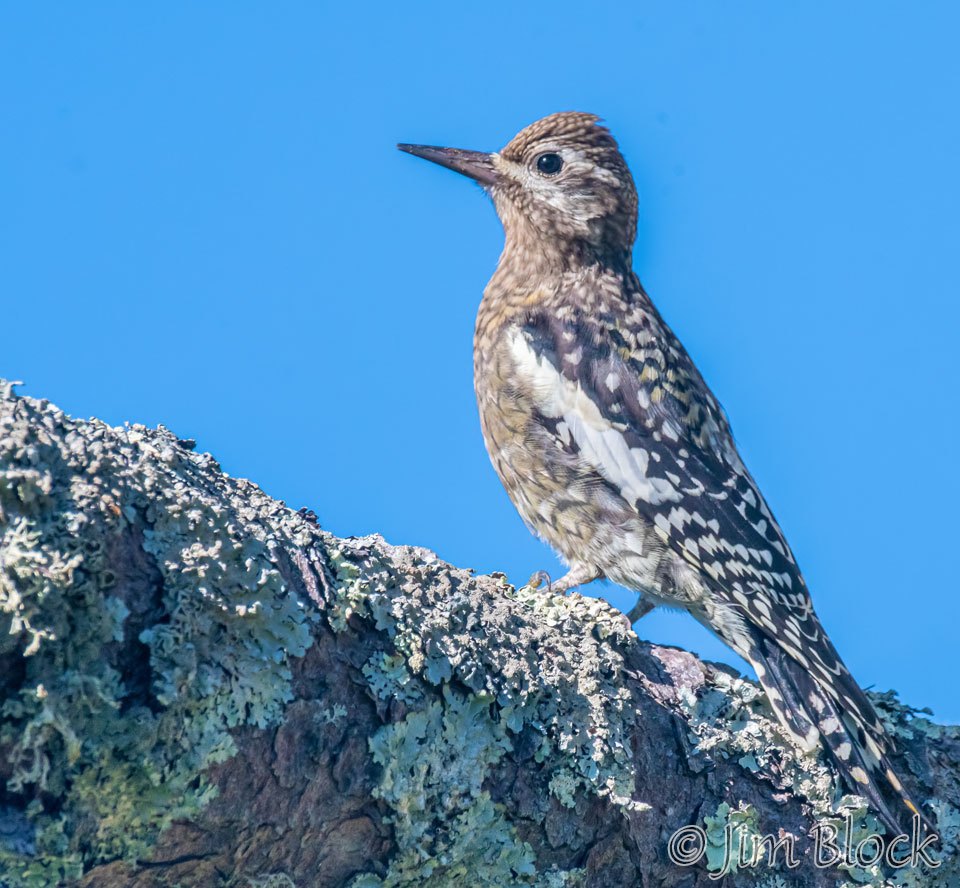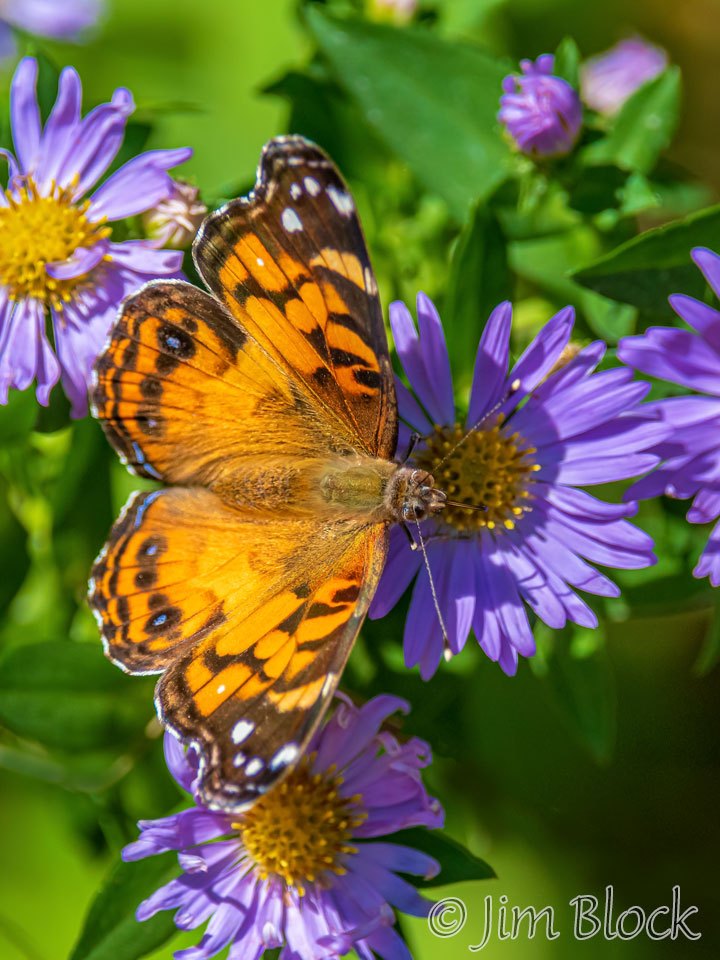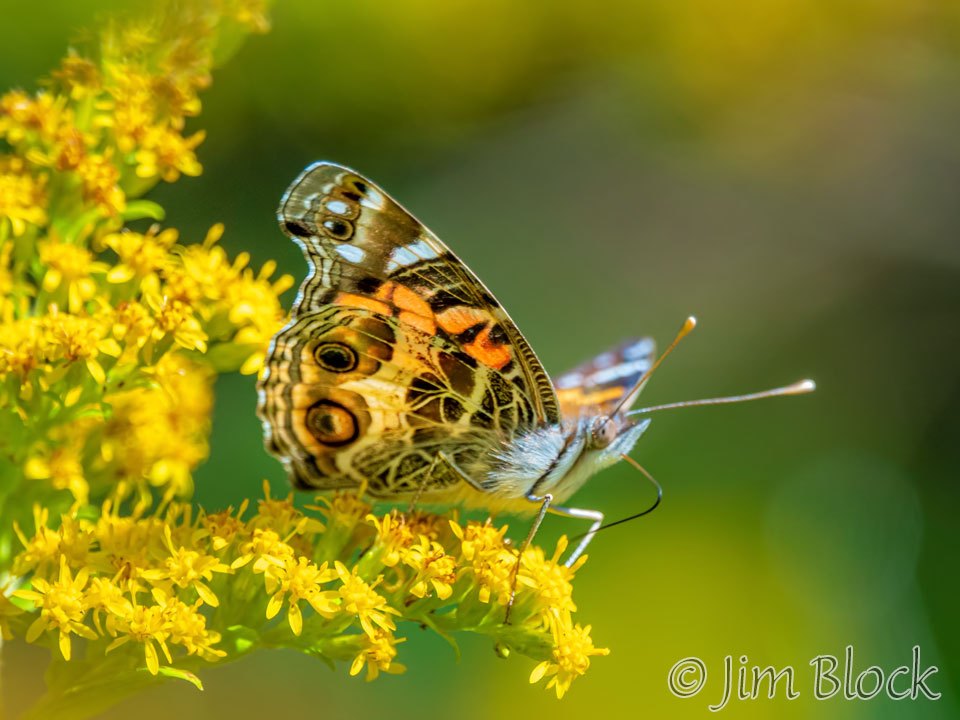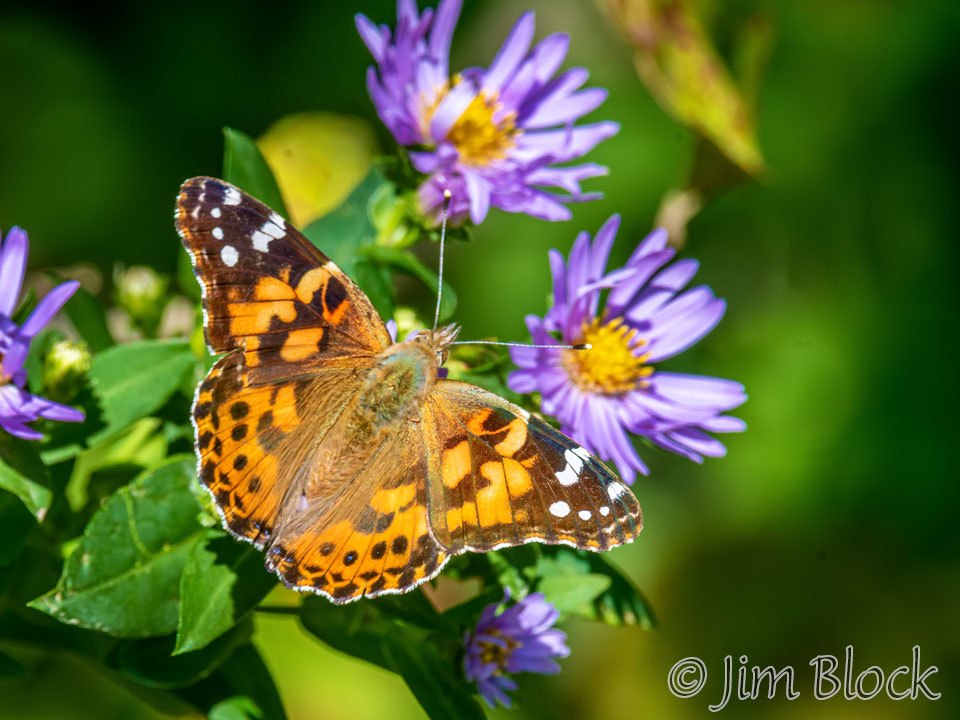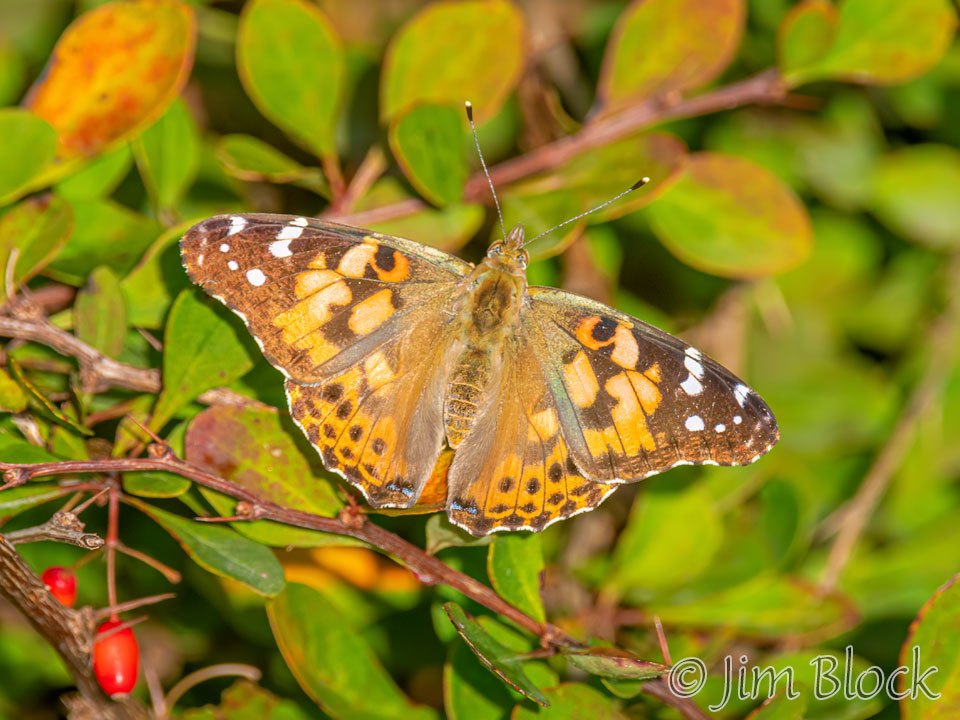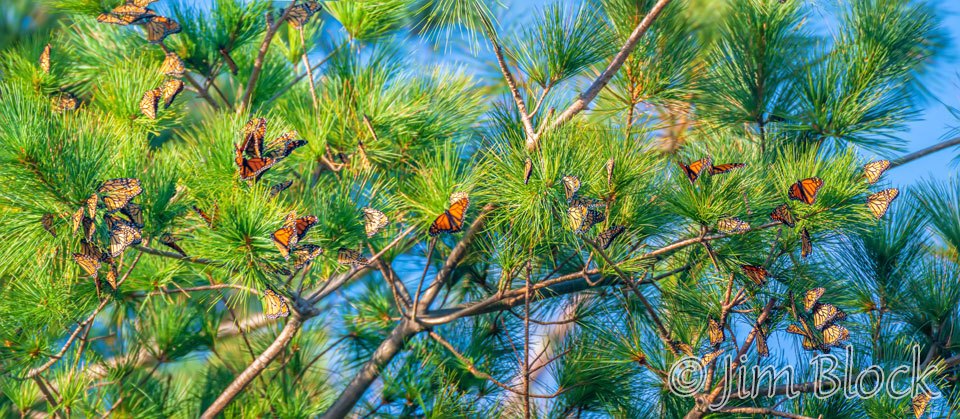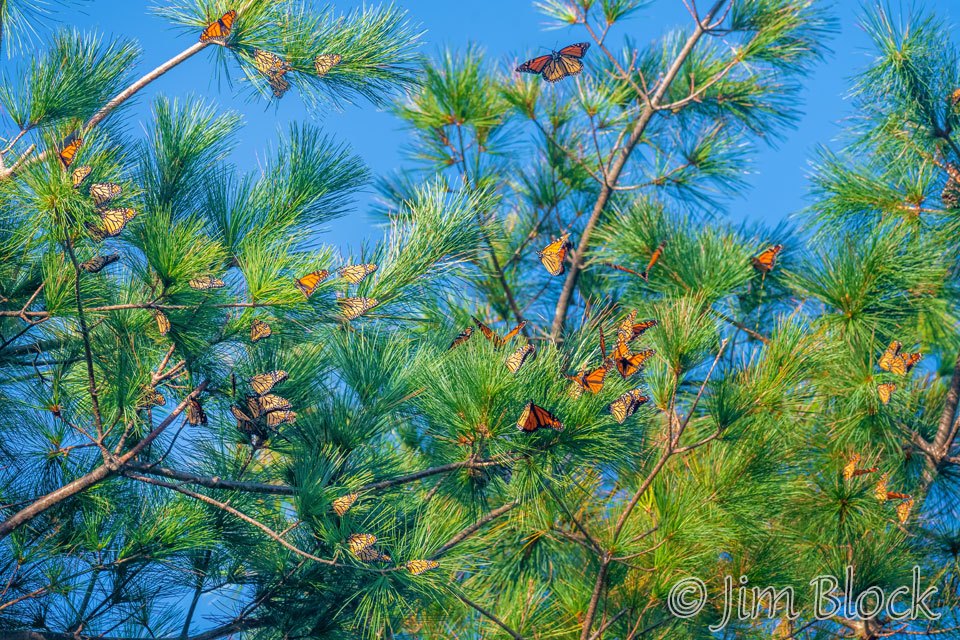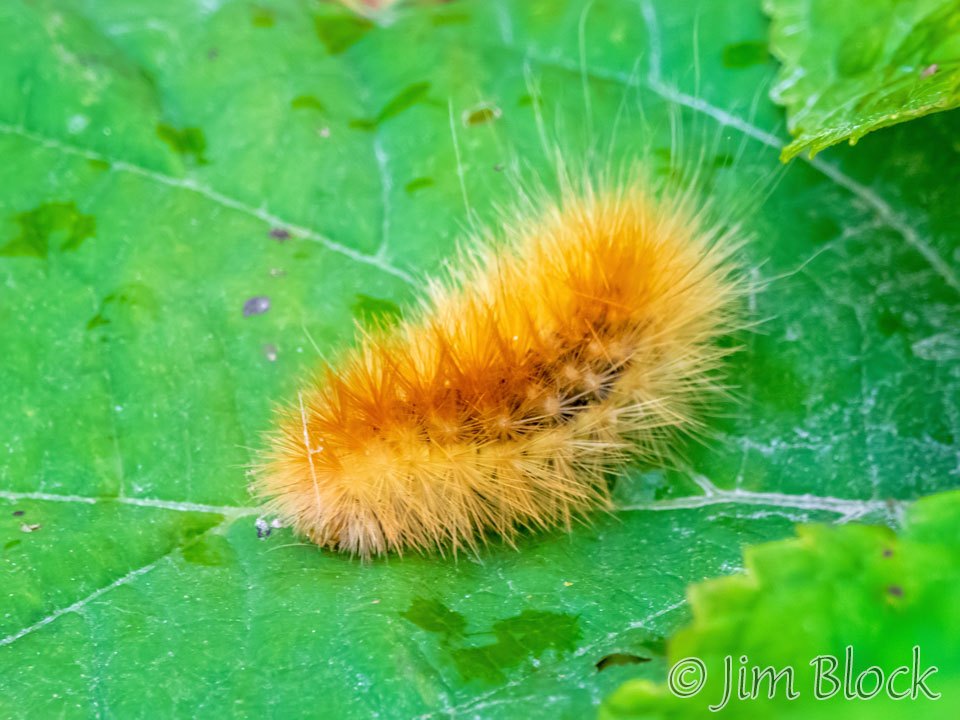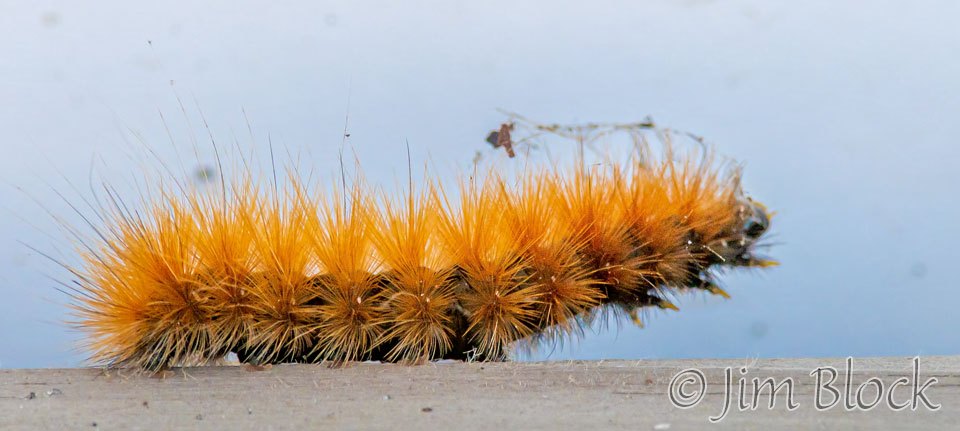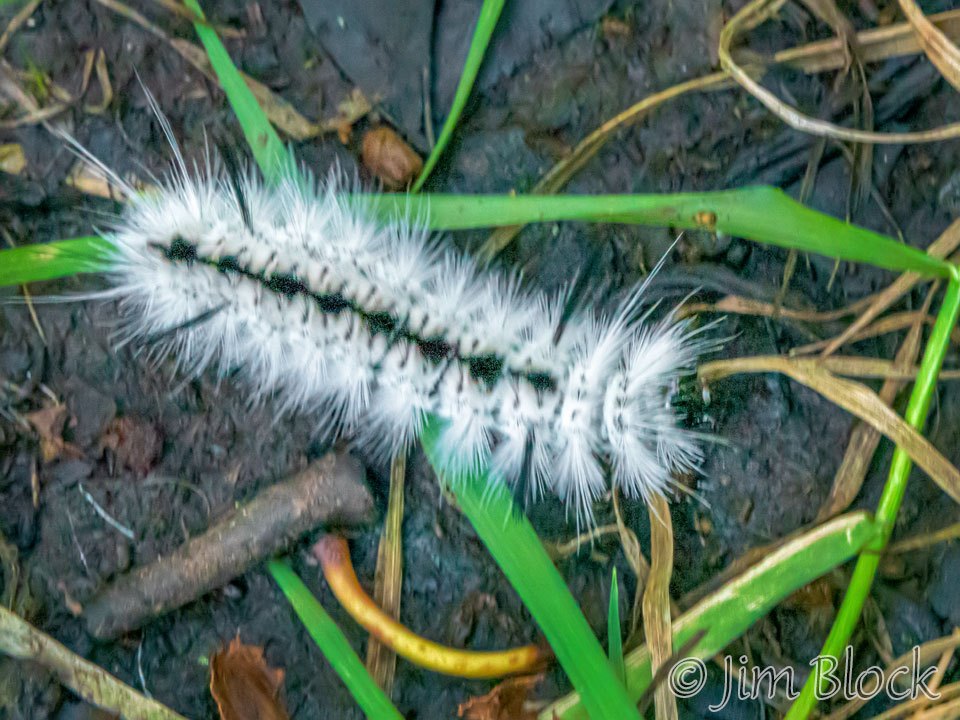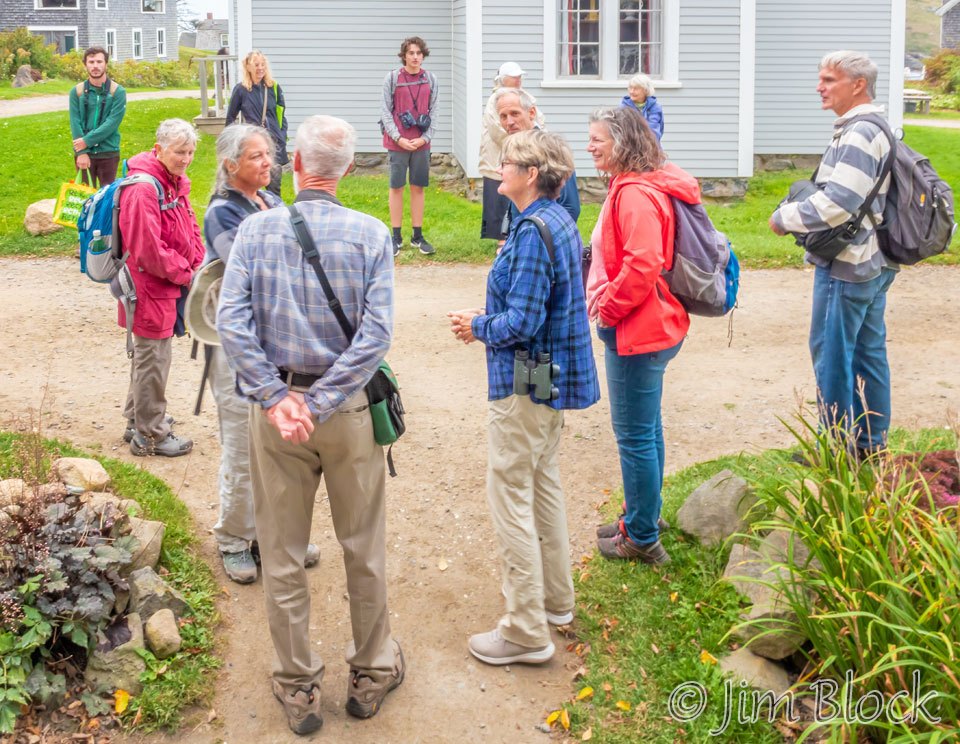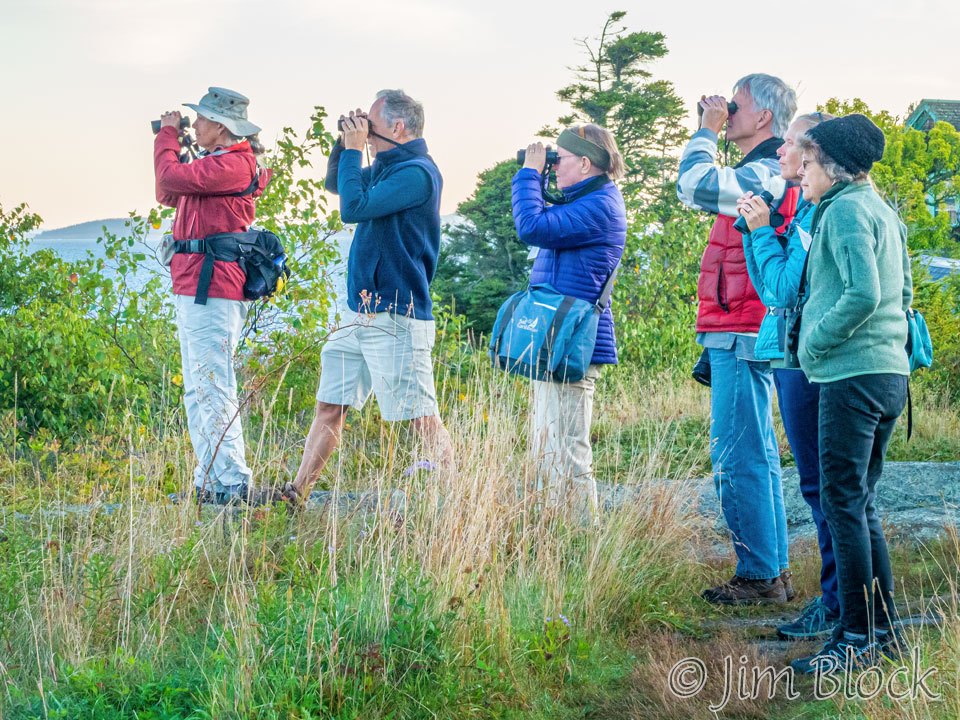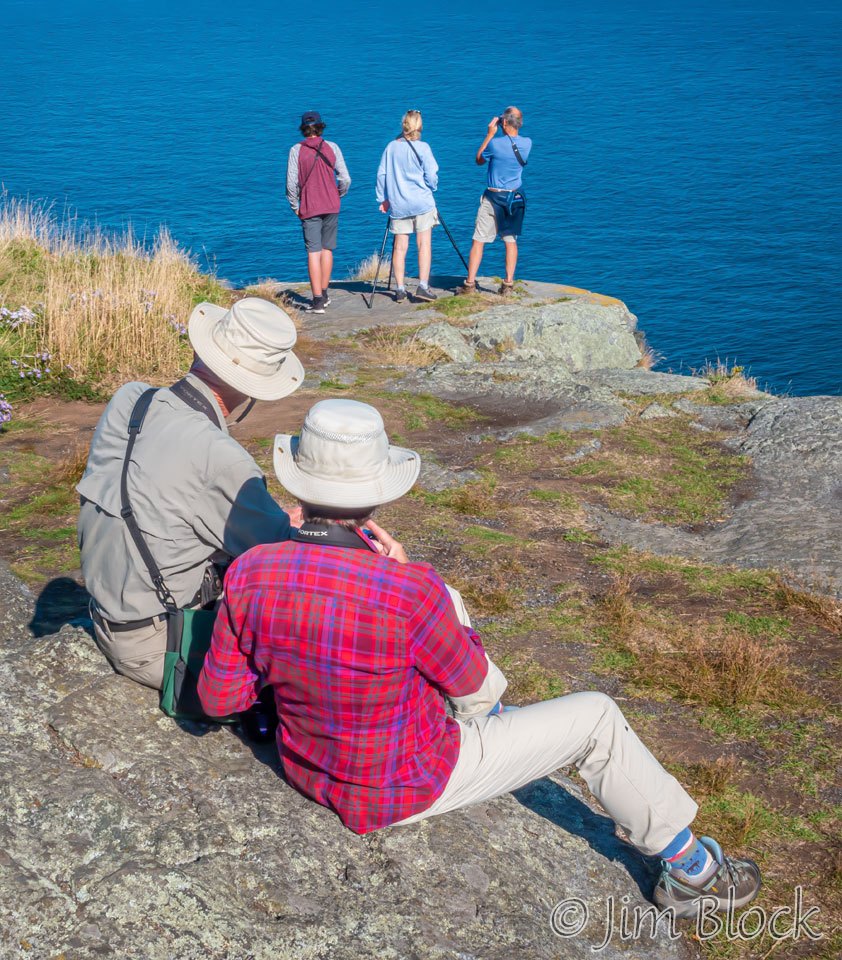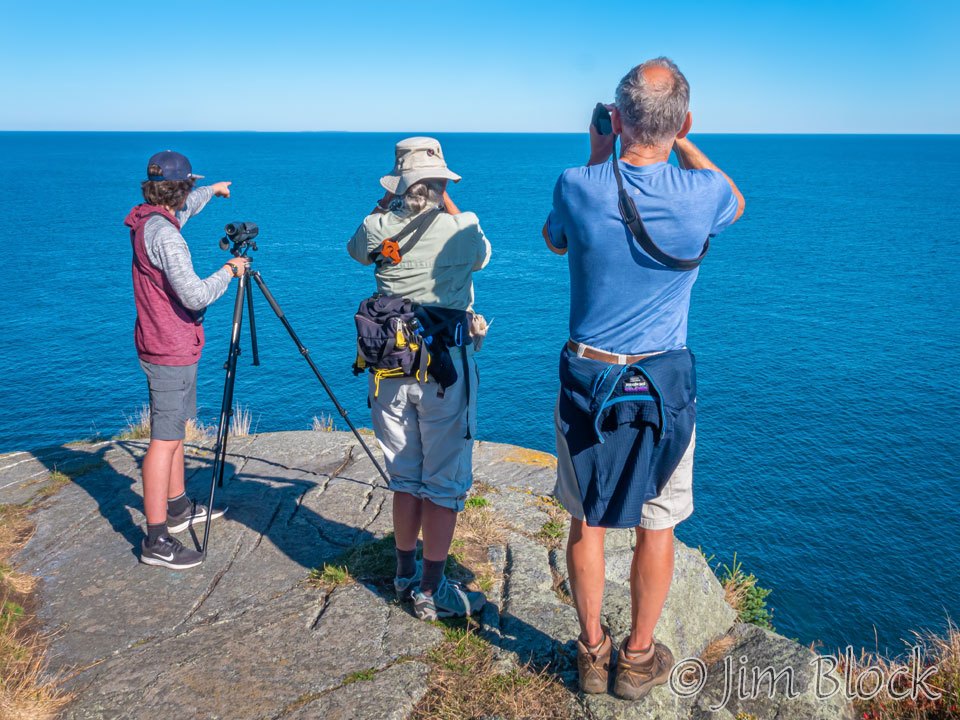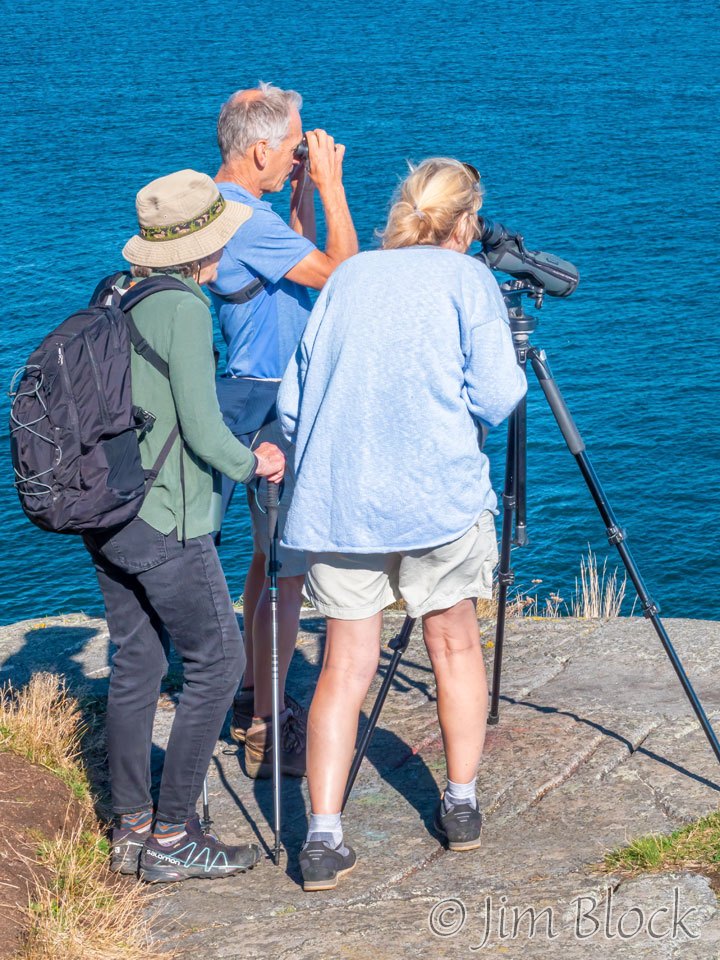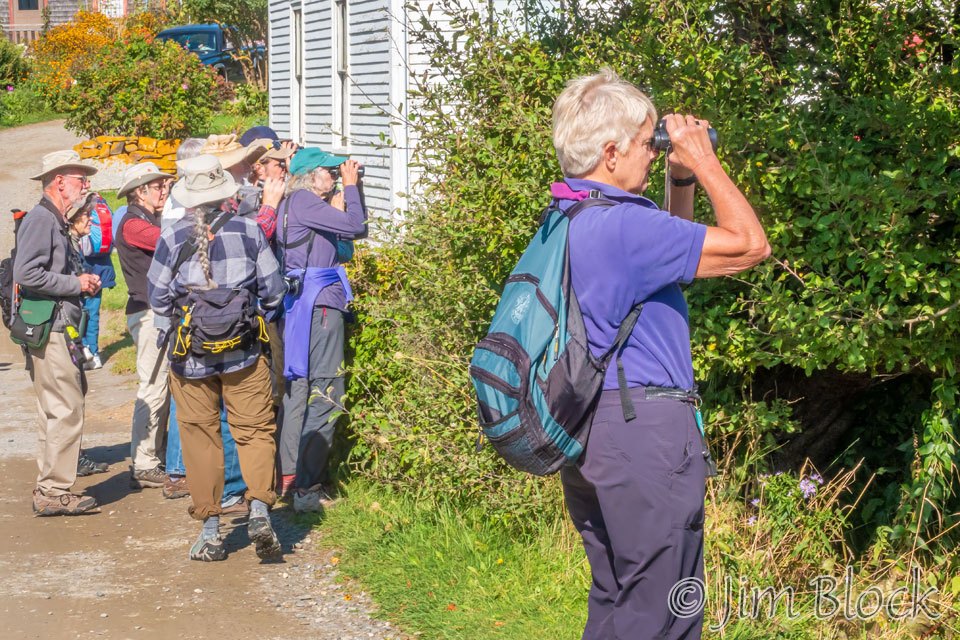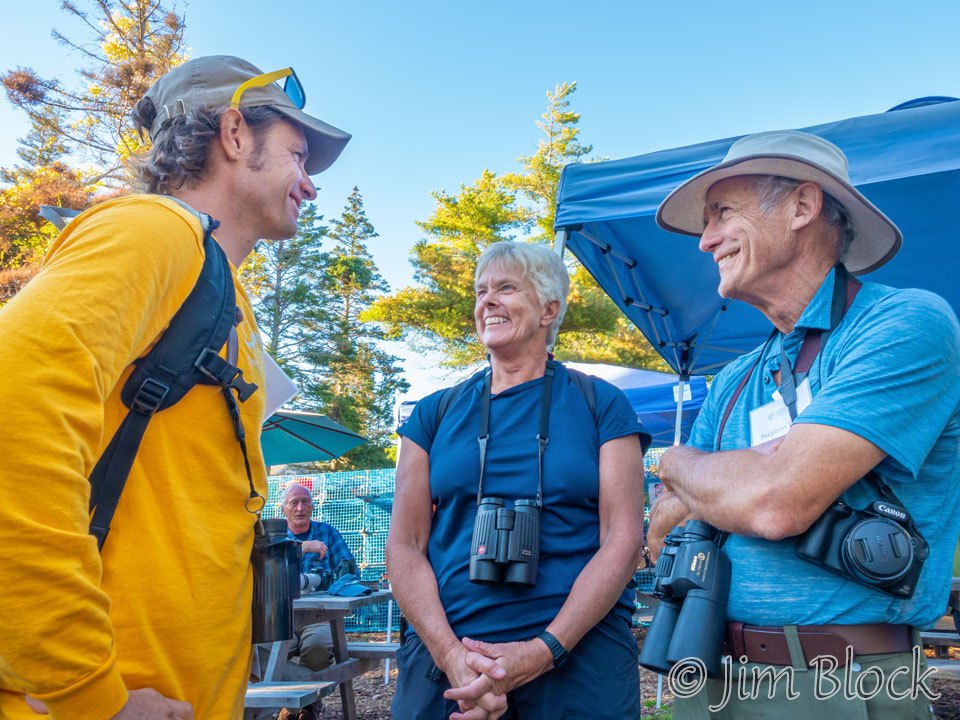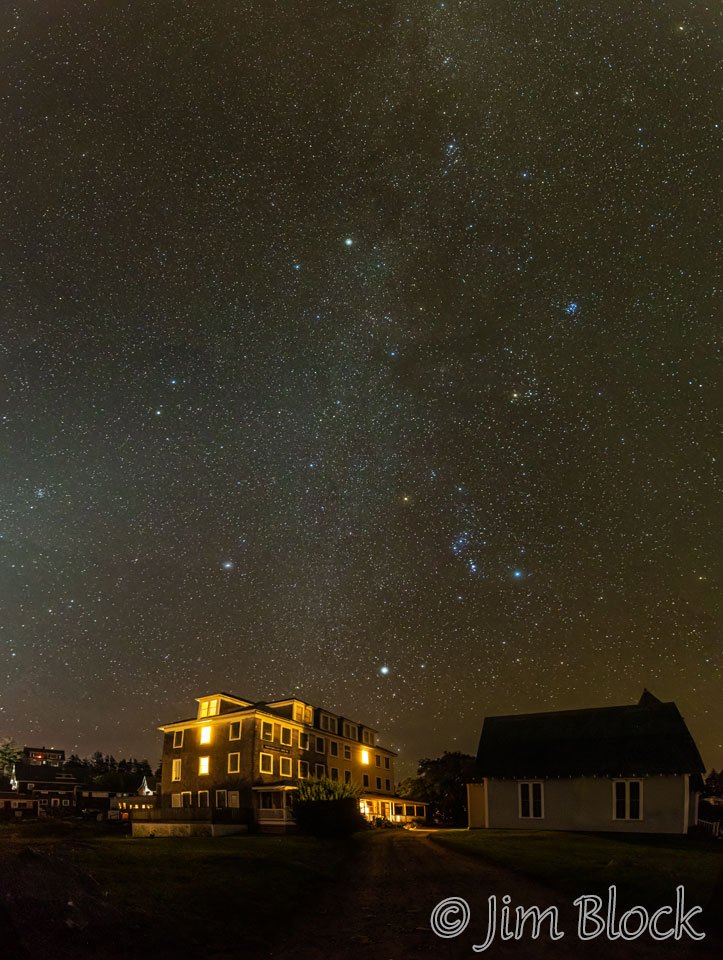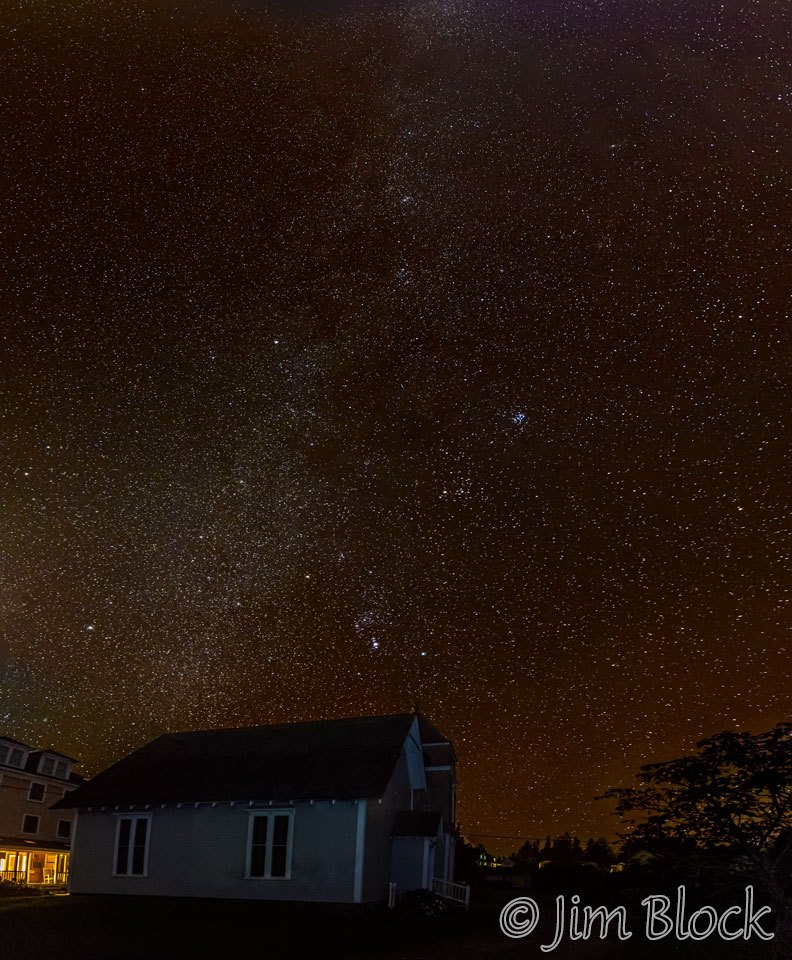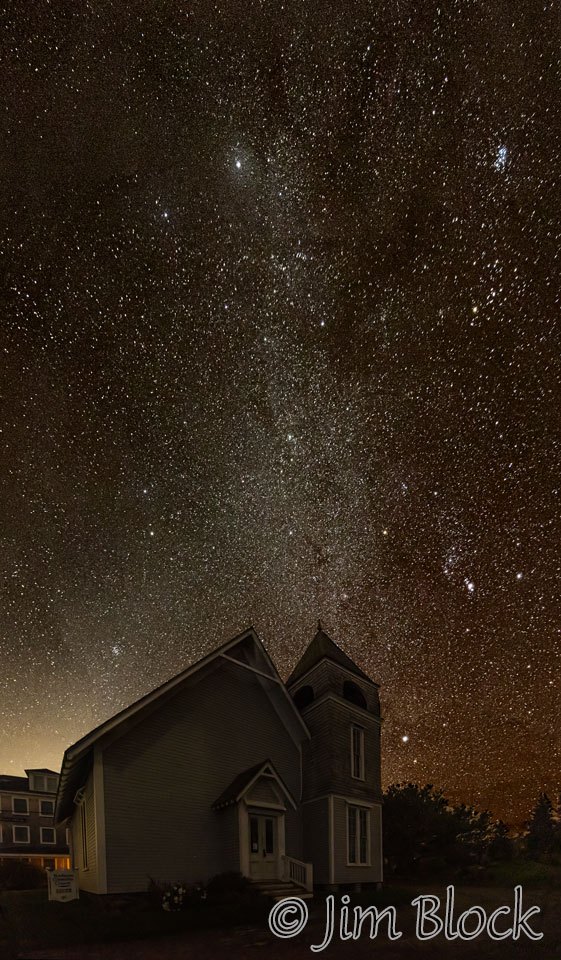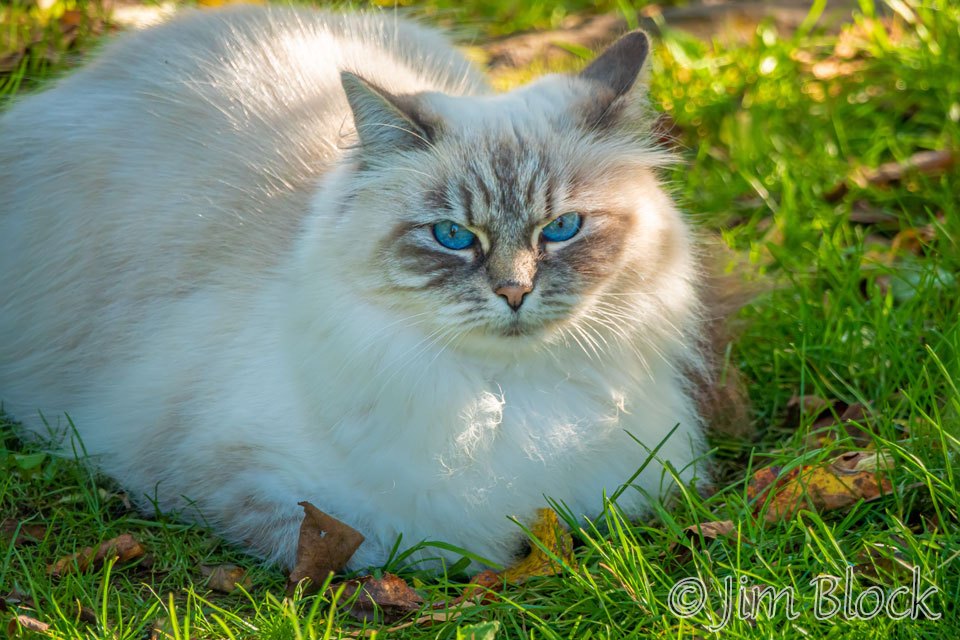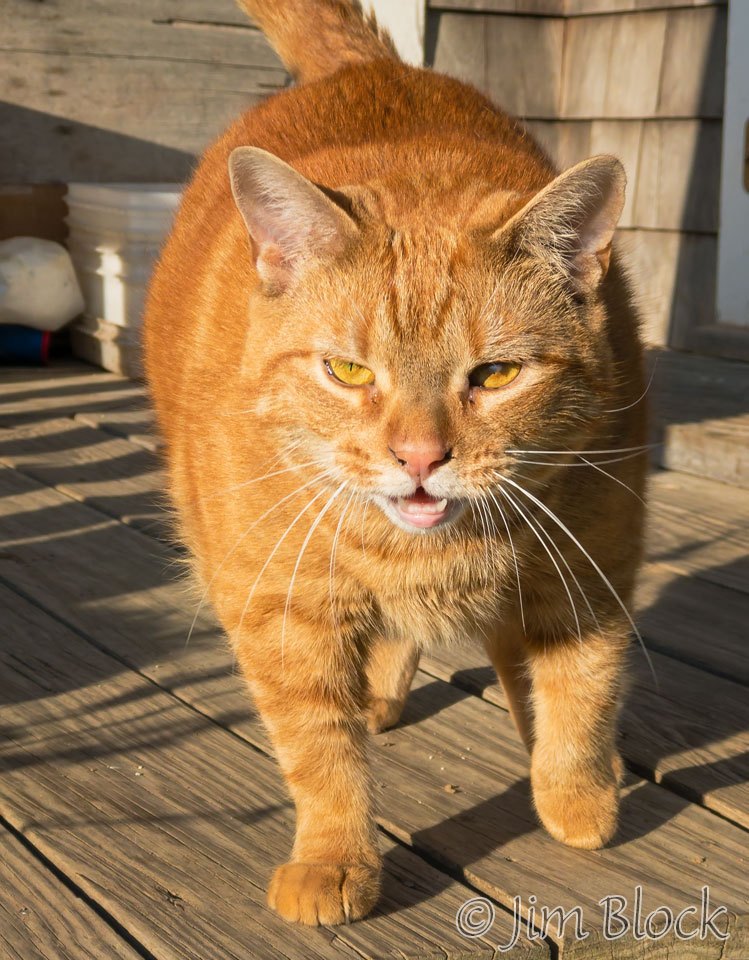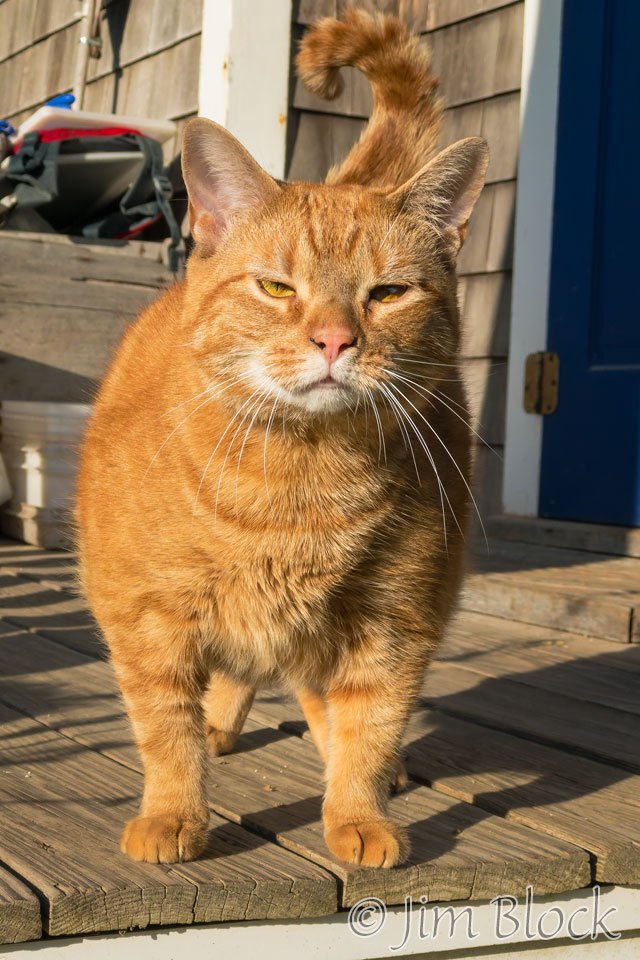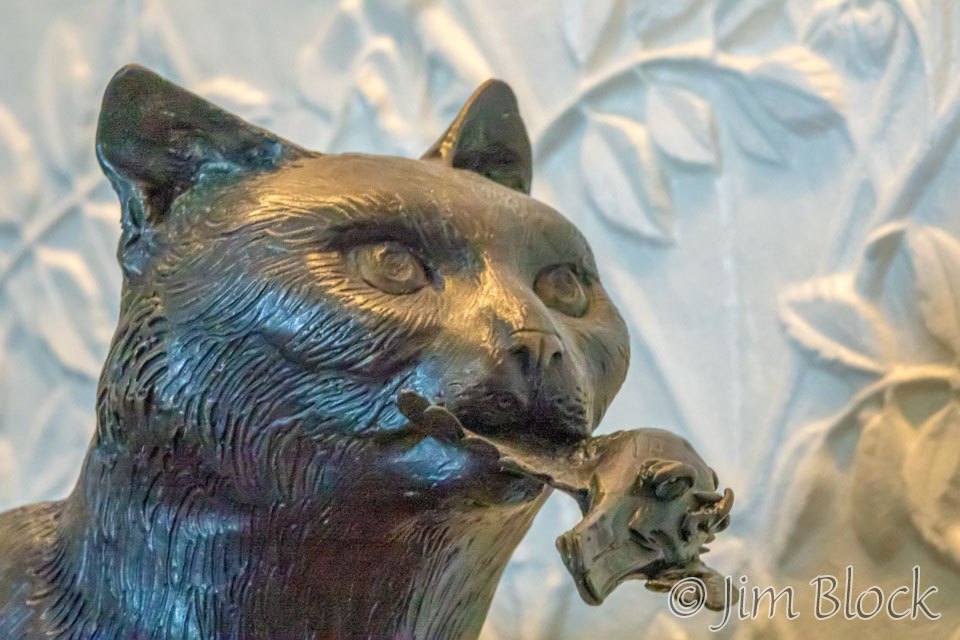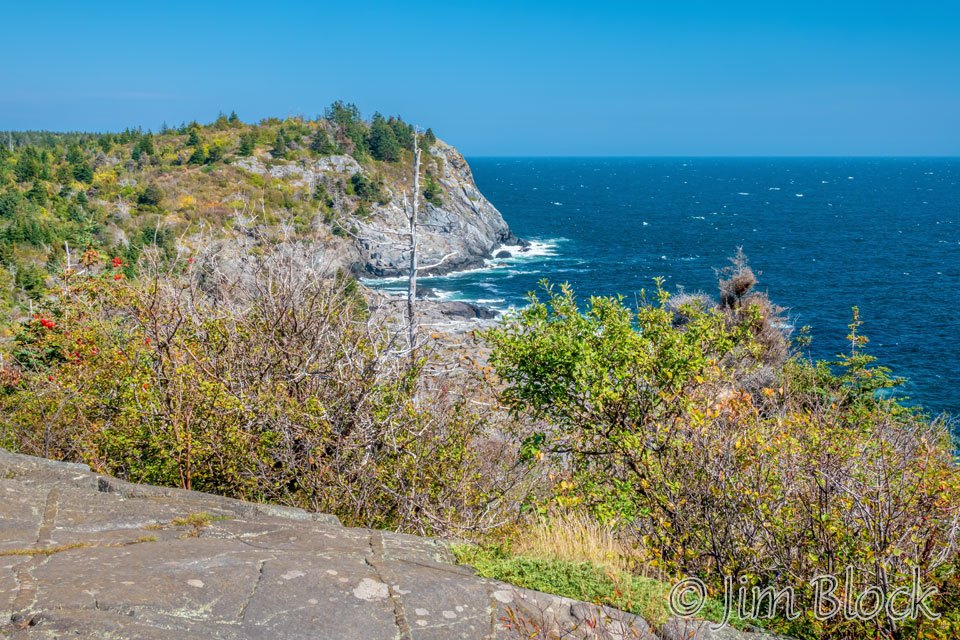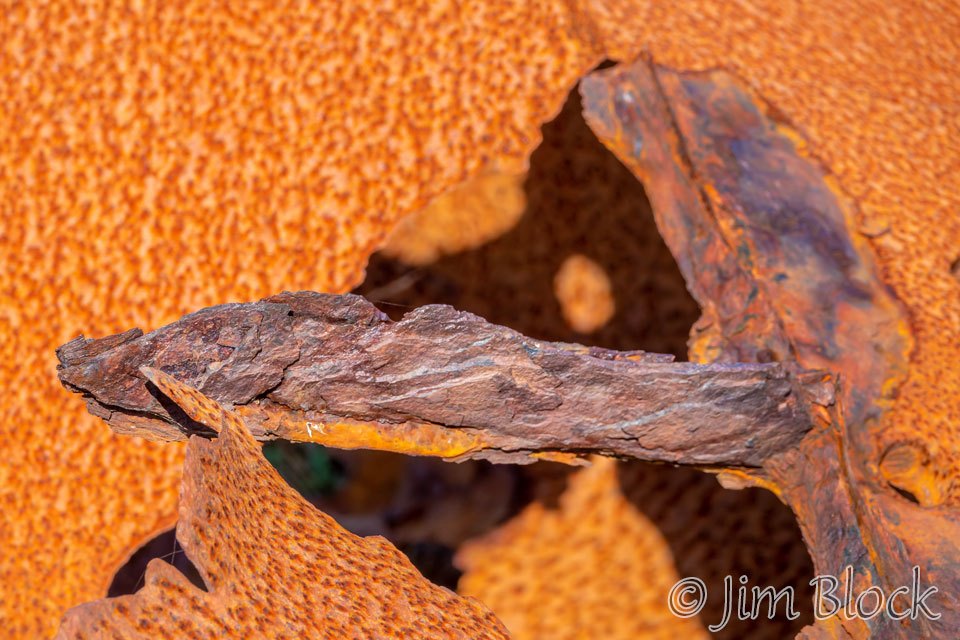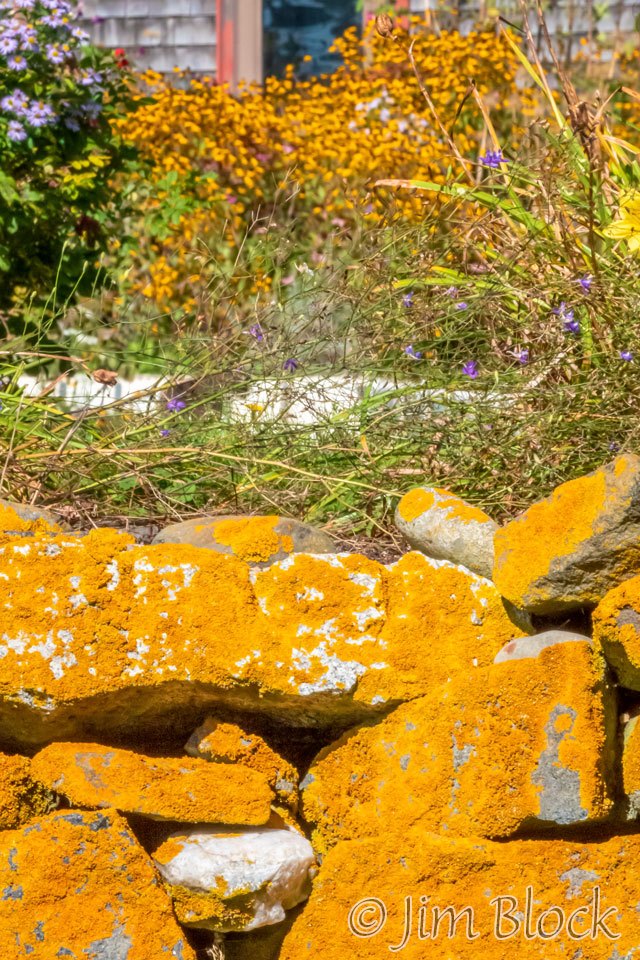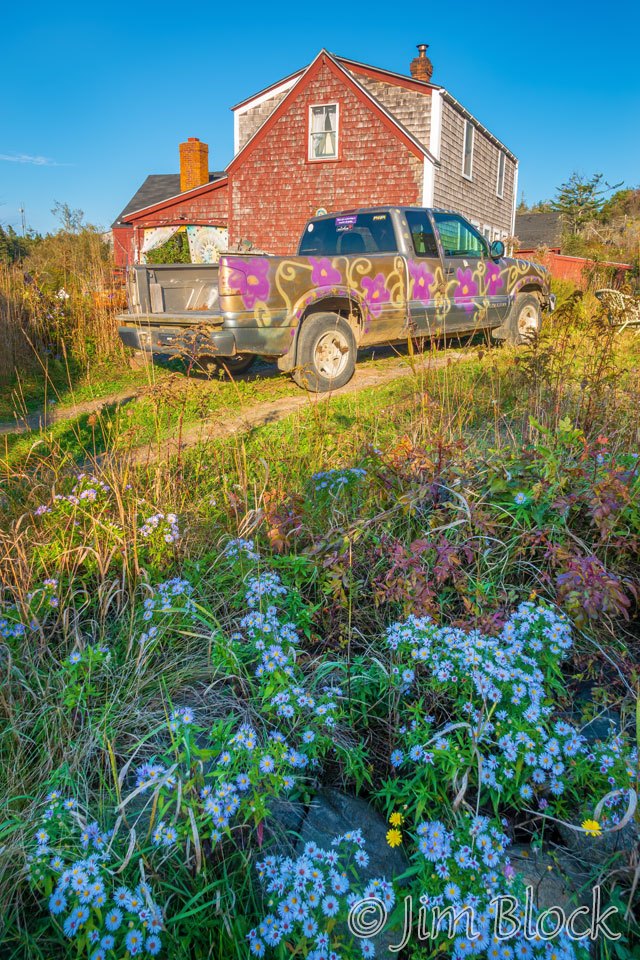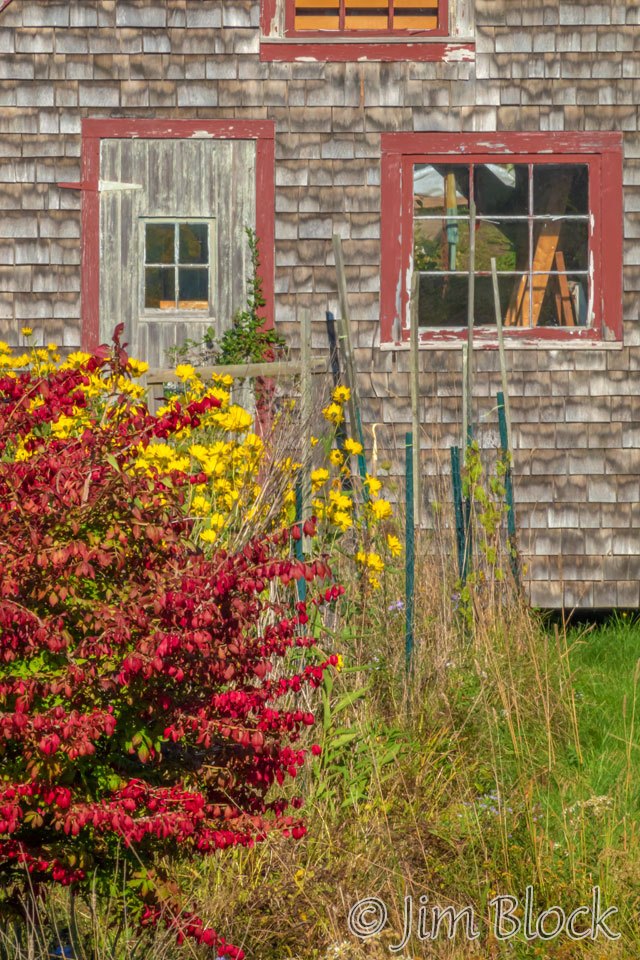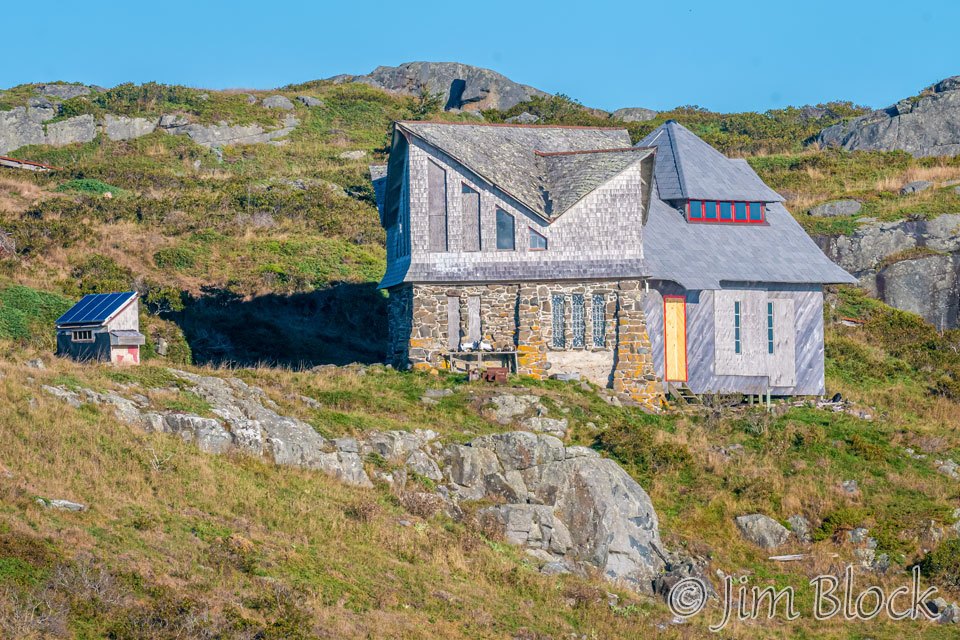For the second year in a row I visited Monhegan Island, Maine during fall migration with the Vermont Center for Ecostudies. If you would like to see photos from the 2018 trip you can CLICK HERE and that trip will open in a new tab.
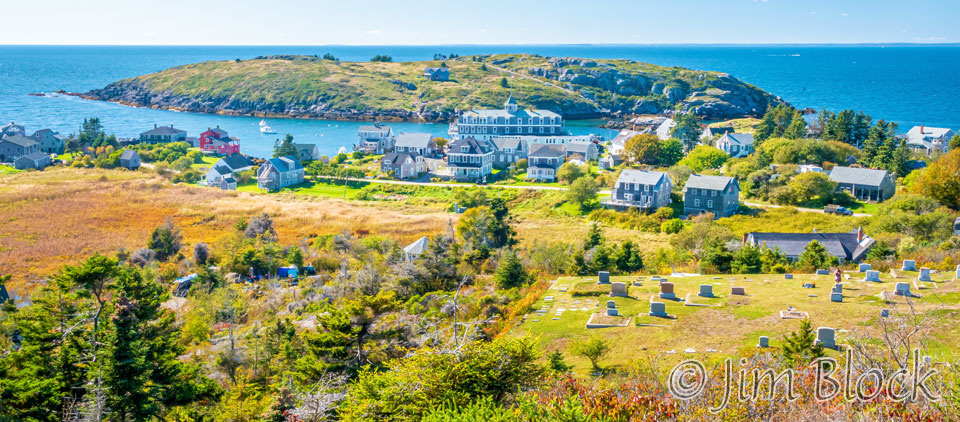
The trip this year featured birds, butterflies, and beautiful weather. There were hundreds of monarch butterflies on the island, as well as a number of other butterfly species. On Friday there were numerous warbler species, although most appeared to have left before Saturday and Sunday. Then it was all Yellow-rumps in the warbler department.
On Saturday, I managed to photograph seven species of warblers: Black-throated Green, Cape May, Northern Parula, Prairie, Wilson’s, Yellow, and Yellow-rumped. Here are photos of the warblers from the trip grouped by species.
The Black-throated Green Warblers seemed to be missing their black throats.
Cape May Warblers were present in good numbers this year as well as last year.
I found several Northern Parulas.
I was pleased to be able to photograph both a young and older Prairie Warbler.
There were some Yellow Warblers present Saturday.
I was not sure I got any decent photos of a Wilson’s Warbler until I view my photos on my large monitor at home. But I did get a few of a bird that did not linger.
By far the most prevalent warbler species all three days was the “chickadee of the warbler family”, the Yellow-rumped Warbler.
There were some Blue Grosbeaks present, mostly near the gardens in town, but they were anything but blue. Here is one with a Yellow-rumped Warbler.
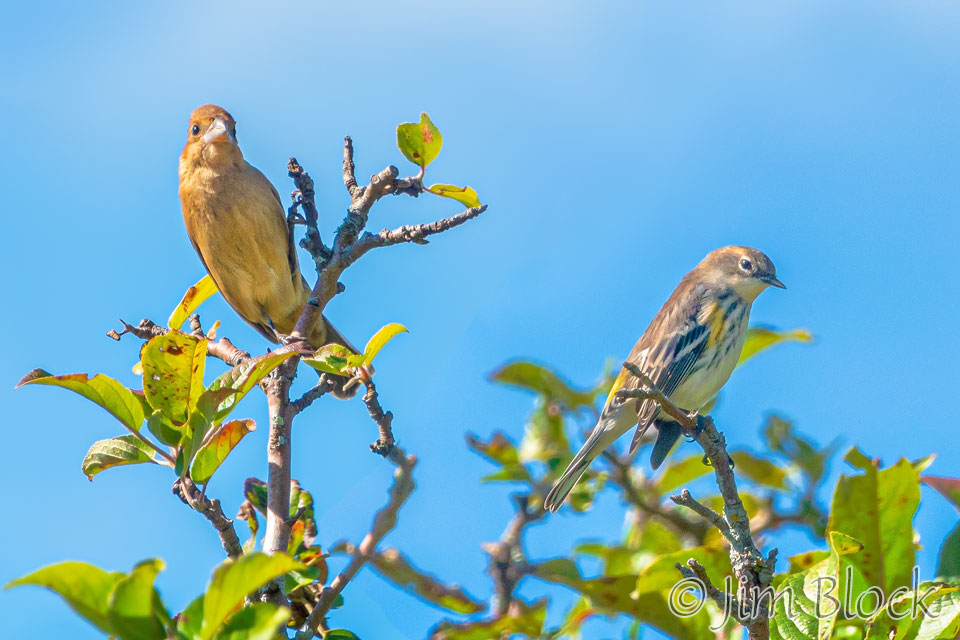
And here are more Blue Grosbeaks.
I mostly ignored the Black-capped Chickadees, but I put in one photo so as to not leave them out completely.
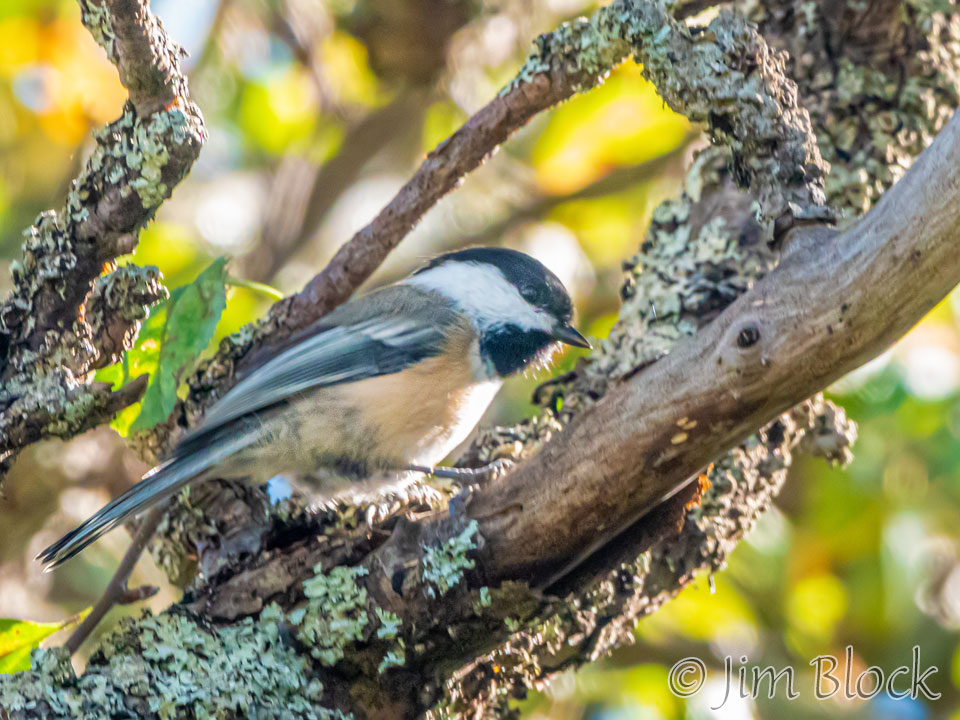
There were many Cedar Waxwings present, mostly young birds with their striped chests.
I photographed a Common Grackle…
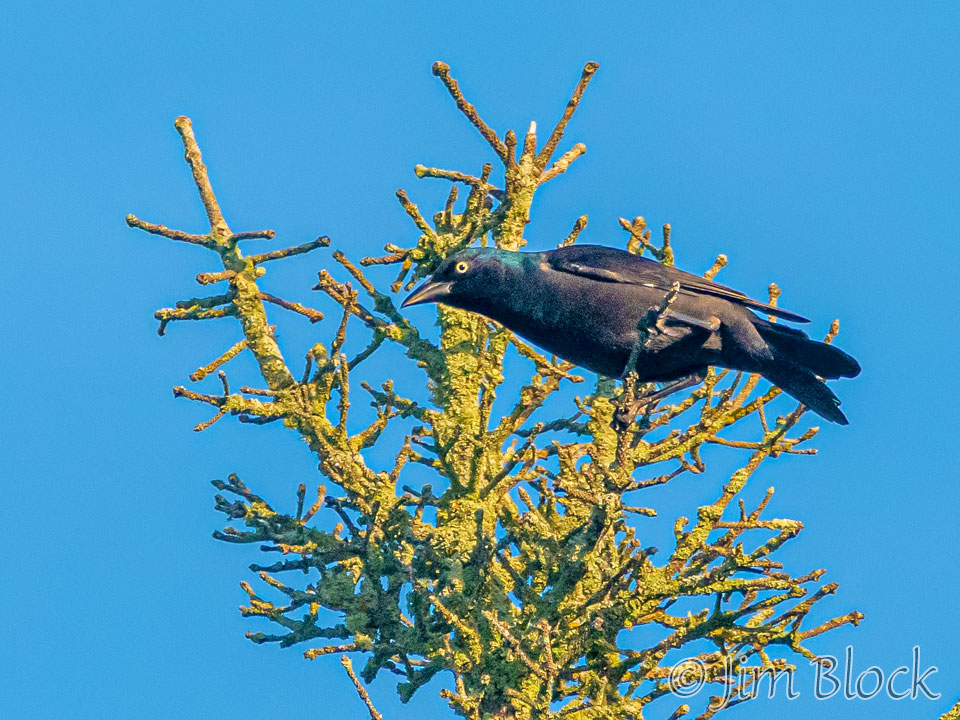
… and a European Starling.
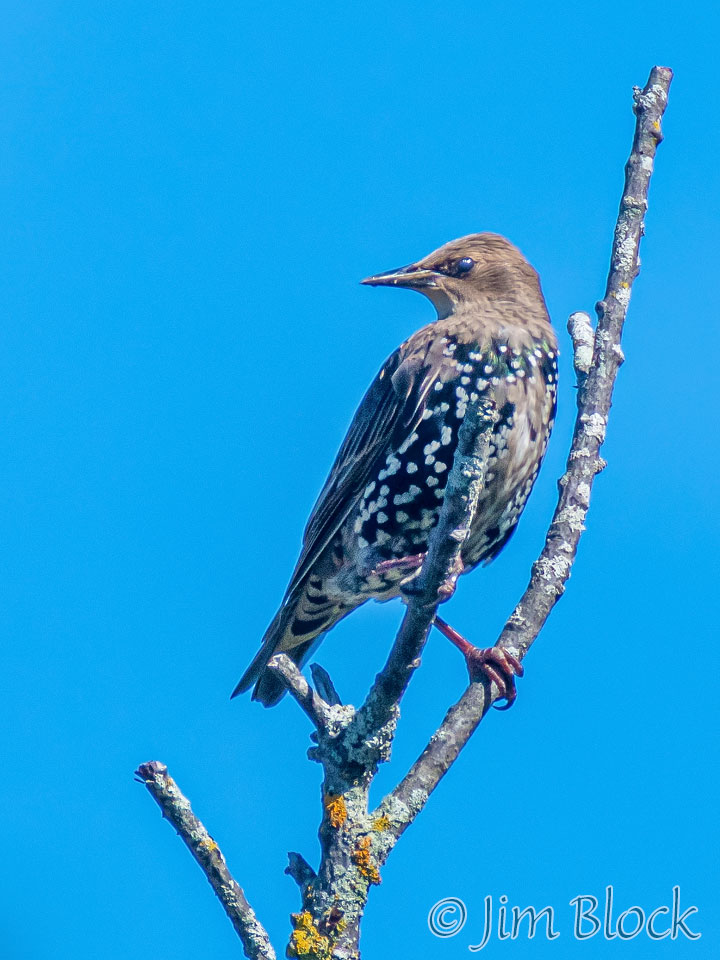
There were some rare Dickcissels present, but they were not nearly as close as the previous year.
From Whitehead we saw some Great Cormorants.
Also at Whitehead were many Double Crested Cormorants, including three active nests. Here is one nest with a large juvenile cormorant getting fed. Also a cormorant I photographed in the harbor while waiting for the boat back to Port Clyde.
At Ice Pond on Friday I photographed a gull taking off. I believe this is a Herring Gull.
I spent much of Sunday morning looking unsuccessfully for a Chat that had been seen. While looking I photographing more Yellow-rumped Warblers. At Ice Pond I got a Herring Gull (I believe) bathing and launching.
I also witnessed a gull squabble.
And there were the ever-present Mallards in Ice Pond.
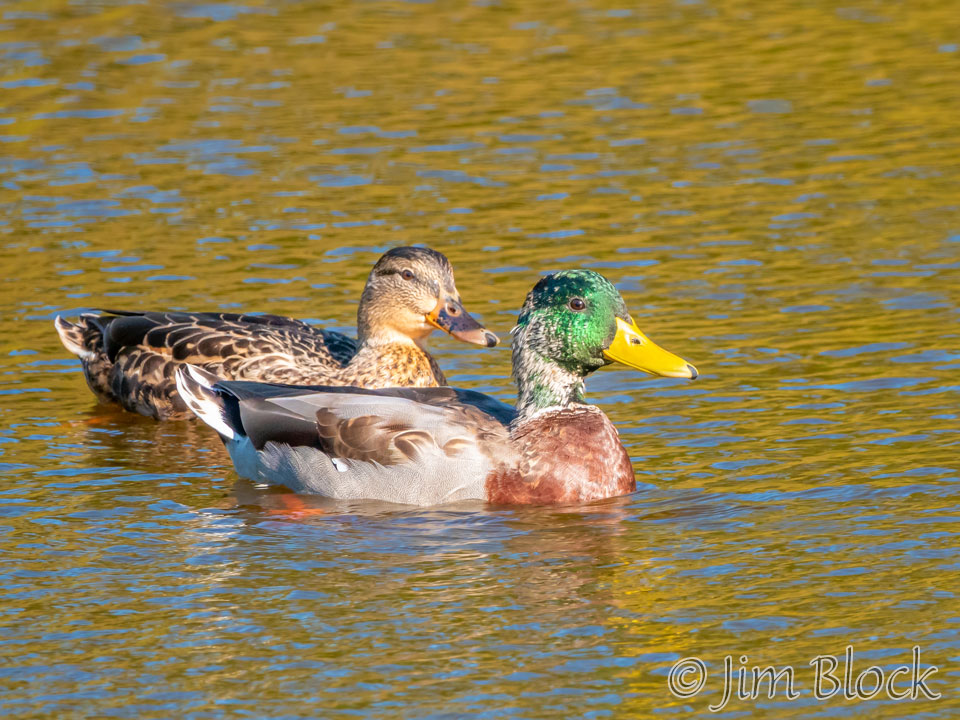
There were Indigo Buntings on Monhegan. Like the Blue Grosbeaks, they did not show their namesake color.
There was a Lessor Yellowlegs at Ice Pond.
High in the trees at the far end of Ice Pond was a Peregrine Falcon. It looked great through a scope, but pretty small through my lens. Here is a highly cropped photo.
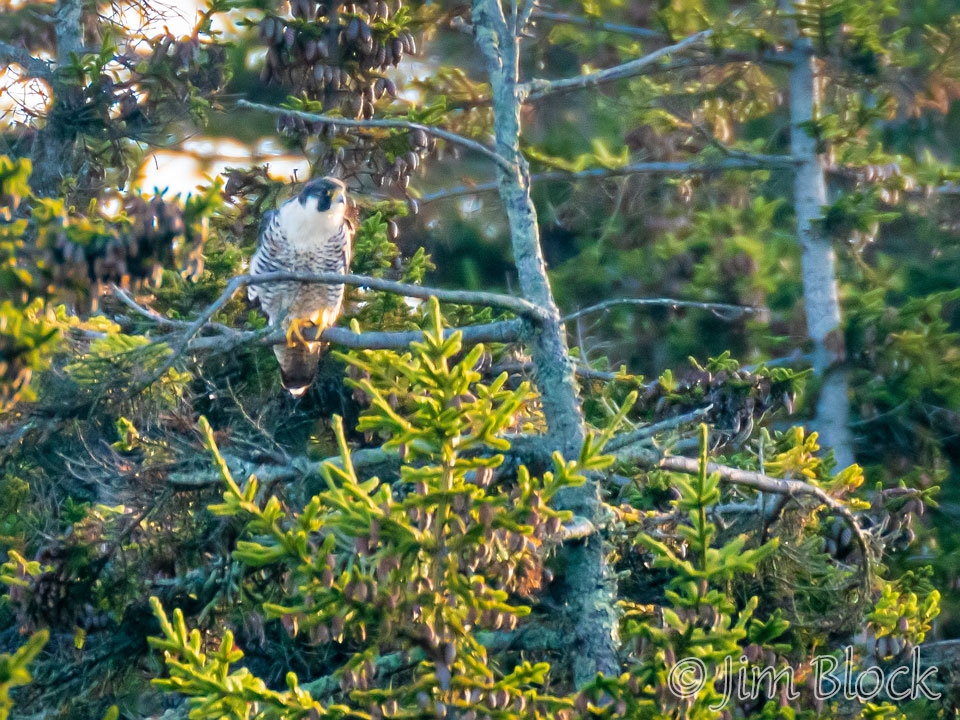
Also near Ice Pond, one of the better spots this trip for birds, were Red-eyed Vireos.
In town a Savannah Sparrow posed nicely for us.
I also found a juvenile Chipping Sparrow.
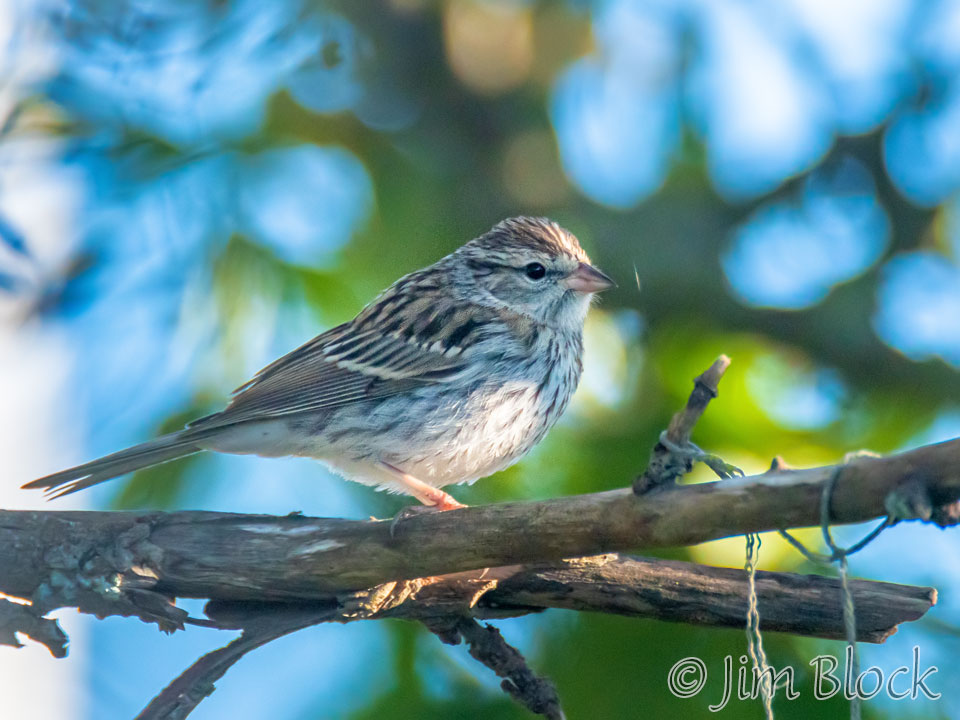
Between the brewery and Lobster Cove was a Yellow-bellied Sapsucker.
I photographed five species of Butterflies. Here are American Lady Butterflies. You can distinguish them from Painted Ladies by the tiny white dot in the postmedian area of the forewing and the fewer and larger eyespots (2 vs. 4) in the postmedian area of the hindwings.
For comparison, here are three Painted Lady Butterflies.
I got a quick photo of a Question Mark Butterfly before a person walked by and scared it away.
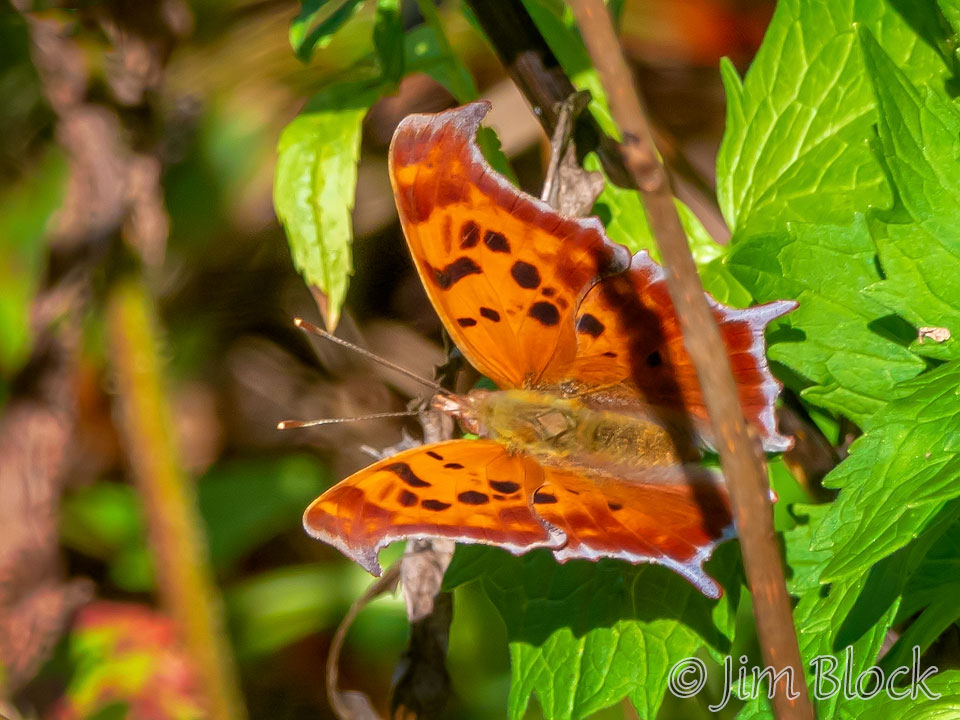
On Saturday I found and photographed a Red Admiral Butterfly.
Here is a Common Buckeye Butterfly.
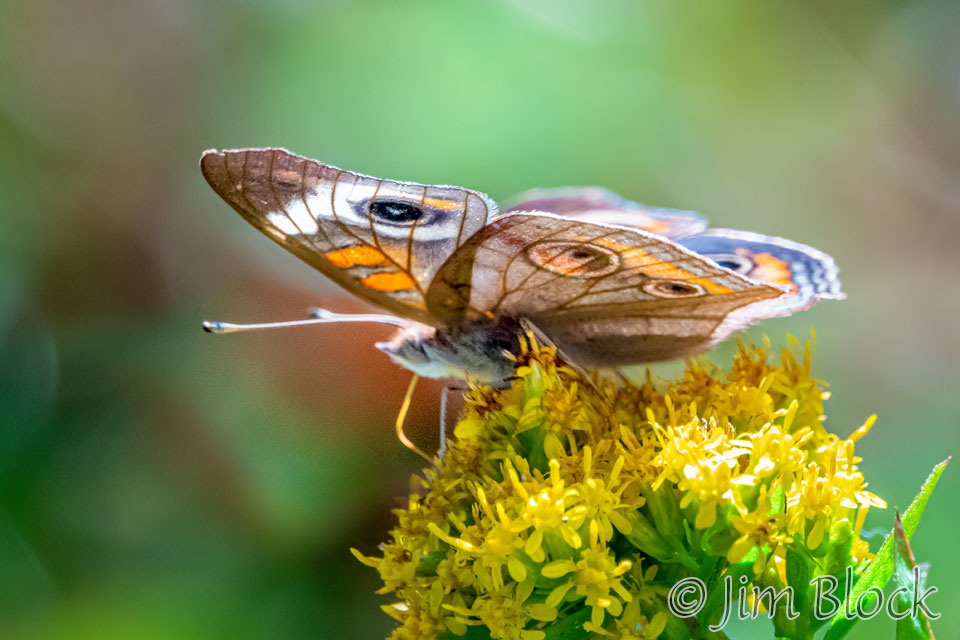
There were hundreds (thousands?) of Monarch Butterflies on Monhegan this year. They are definitely back. I found it hard to get good photos of large groups of them, but here they are roosting for the night. I got to the roost tree near the brewery a bit late in the morning and many had already left for the day.
A single Monarch provided a nice orange/blue complementary color image.
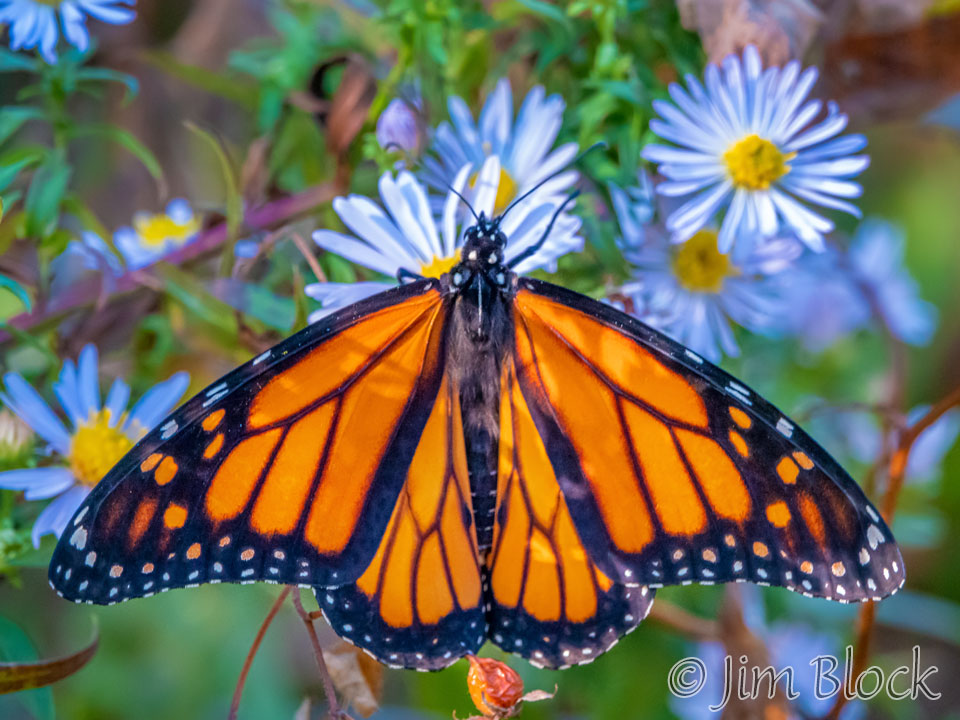
The VCE folks were catching and tagging the Monarchs. Hopefully a few with the tags will be found and reported to the Monarch Watch Tagging Program web site (mwtag.org) on the tag.
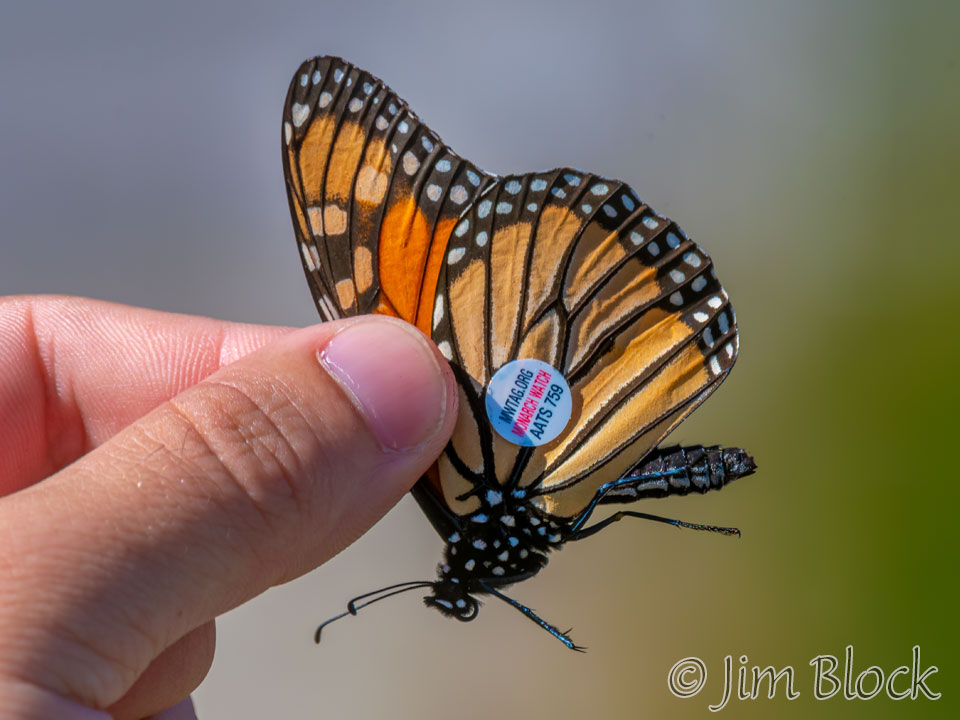
I found a moth of the Helicoverpa species.
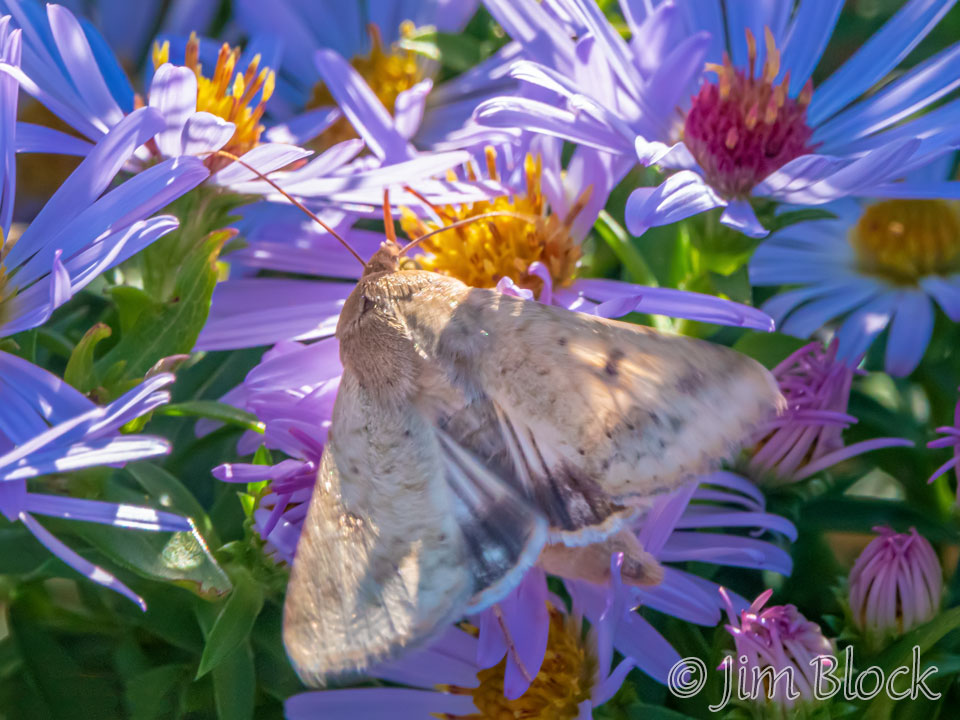
At several locations, I found Virginia Tiger Moth Caterpillars.
I photographed a white and black Hickory Tussock Moth Caterpillar, a yellow and black Spotted Tussock Moth Caterpillar, and an orange and black Isabella Tiger Moth Caterpillar, commonly known as the woolly bear.
Jason caught a Common Green Darner Dragonfly.
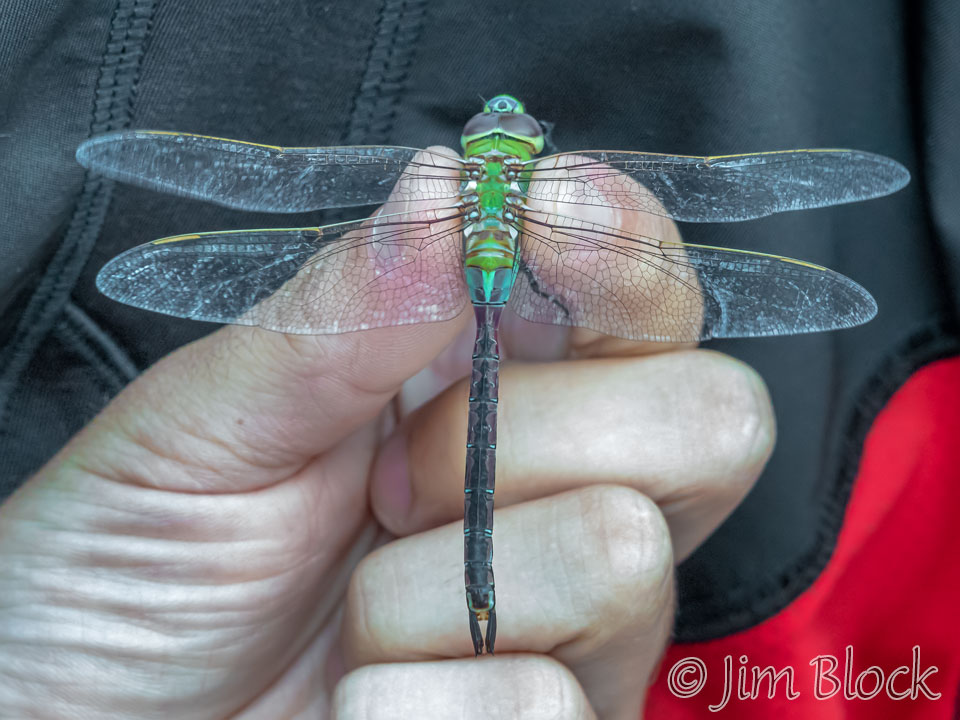
And I found a Twelve-spotted Skimmer Dragonfly.
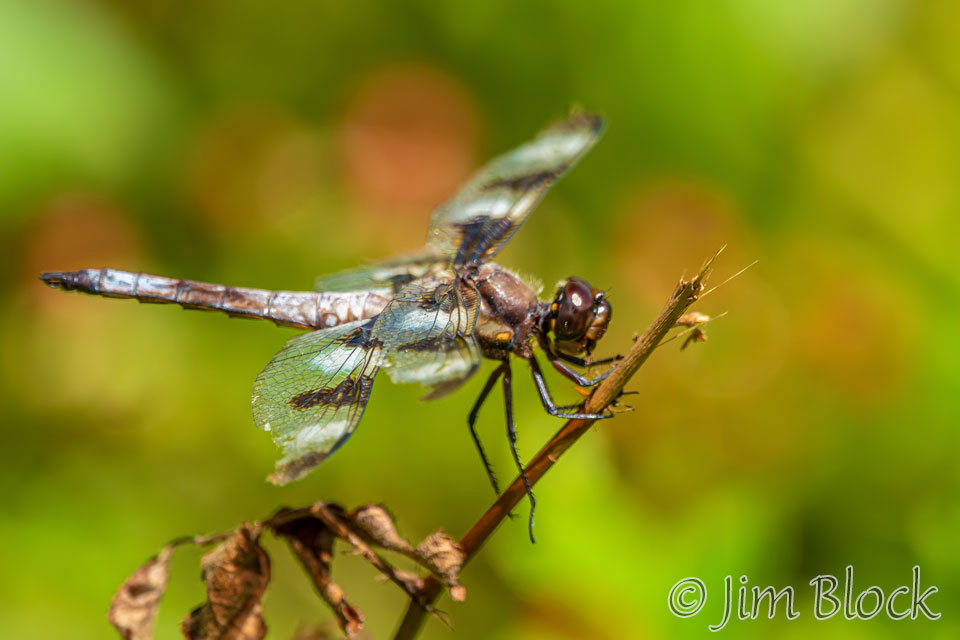
Completing the collection of small colorful creatures photographed on Monhegan is a Goldenrod Crab Spider.
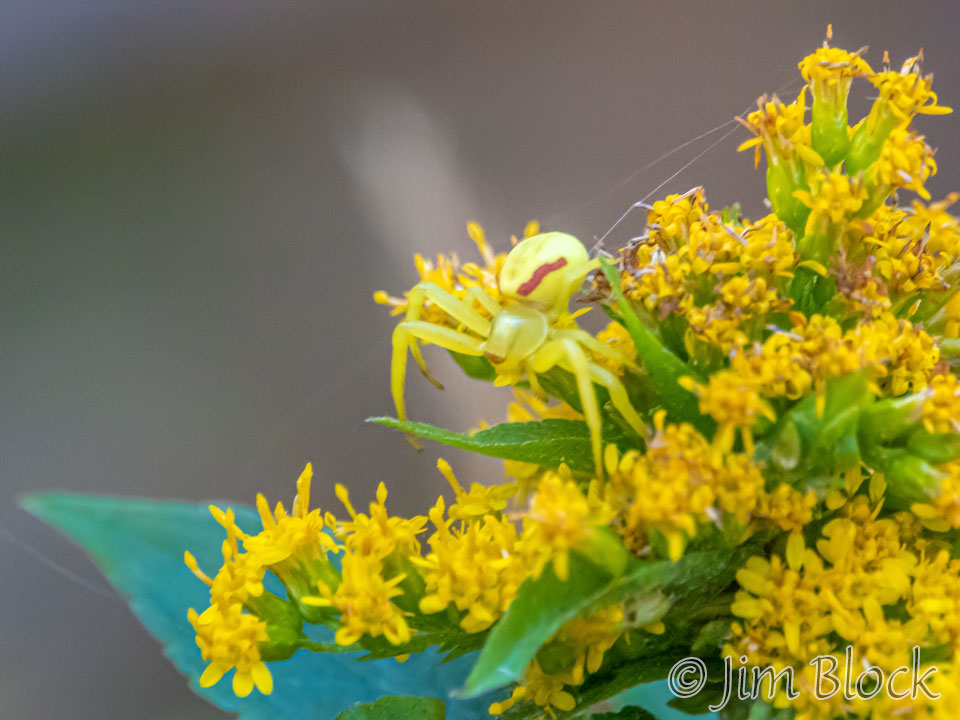
I saw a smooth green snake, but it slithered into the weeks before I could get a photo. Here is a Garter Snake in hand.
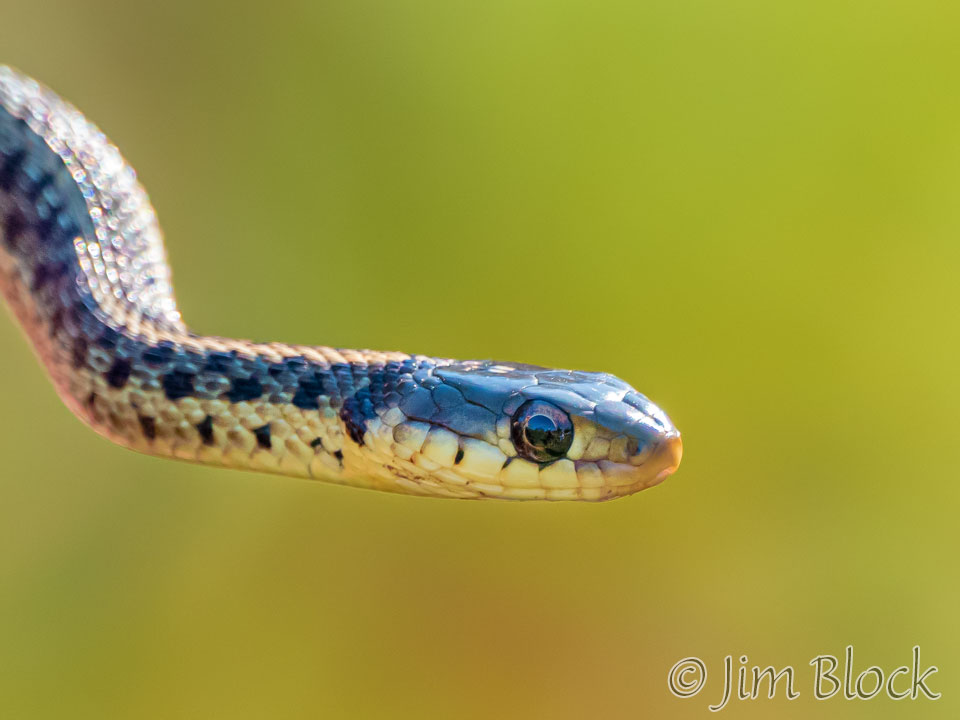
Our group consisted of many enthusiastic and interesting people. Here we are looking for birds and enjoying the spectacular weather we had this trip. If you wish, you can click to pause this slide show and step through it at your our pace.
Mike reminded me that this was a good place to photograph the stars. So I went out Friday and Saturday nights to get the Milky Way. These photos were taken between 4:44 and 5:04 AM those two nights. I’m generally an early-to-bed and early-to-rise person.
We had only one colorful sunrise, and it of course occurred during our early pre-breakfast. I had left my camera in my room this one morning, so I ran out and got a few photos with my iPhone.
There were some cats on the island, and a sculpture that might not be appreciated by birders.
Saturday afternoon, I hiked to Burnthead then walked to Lobster Cove. Along the way I intentionally got off the main path to scramble over boulders closer to shore. I found myself in some poison ivy and then had to scale a cliff to get back to a decent path. I took a few photos of pieces of the D.T. Sheridan Shipwreck, then hustled back to town.
I wasn’t planning to shower while on Monhegan, hoping to help conserve water, but I wanted to scrub off any potentially irritating urushiol as soon as possible. I find cold water and vigorous rubbing does as well as commercial poison ivy liquid soap.
Here are a few of the other photos I took on Monhegan.
Here is a view of Post Clyde as we concluded a great trip. Thank you to the folks at VCE for making it so enjoyable and showing us some good birds, insects, and nature in general.

Stephen drove all the way home, in spite of my offering to share the driving. That was good because it gave me some time to rest from an exciting but tiring four days. As we passed through Grantham, NH, I got this photo with my phone from our moving car.
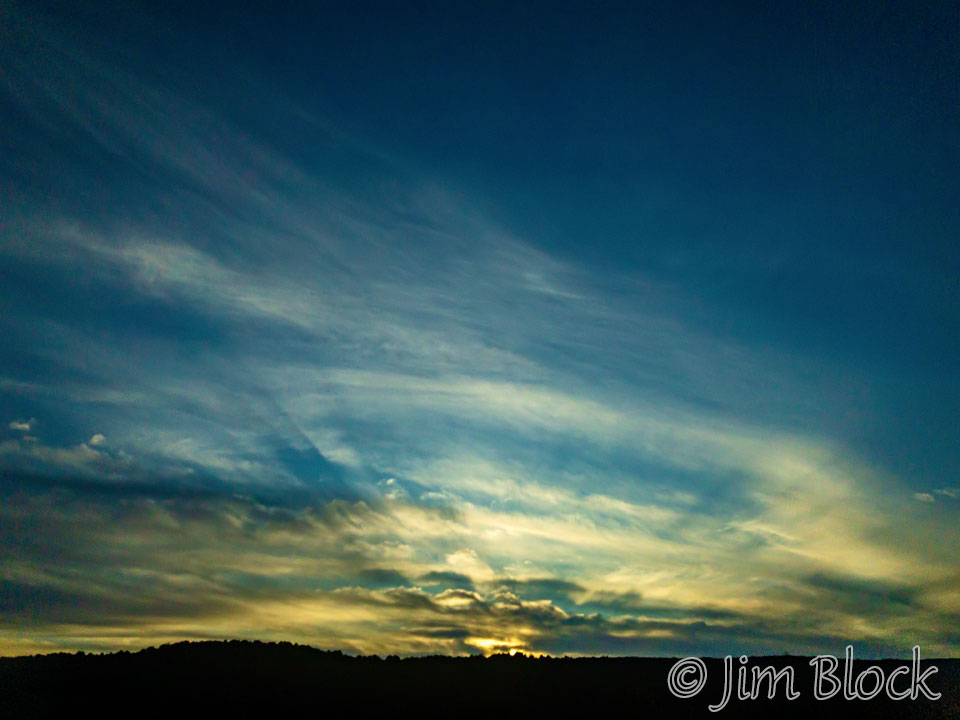
If you would like to see photos from the 2018 trip you can CLICK HERE and that trip will open in a new tab.


